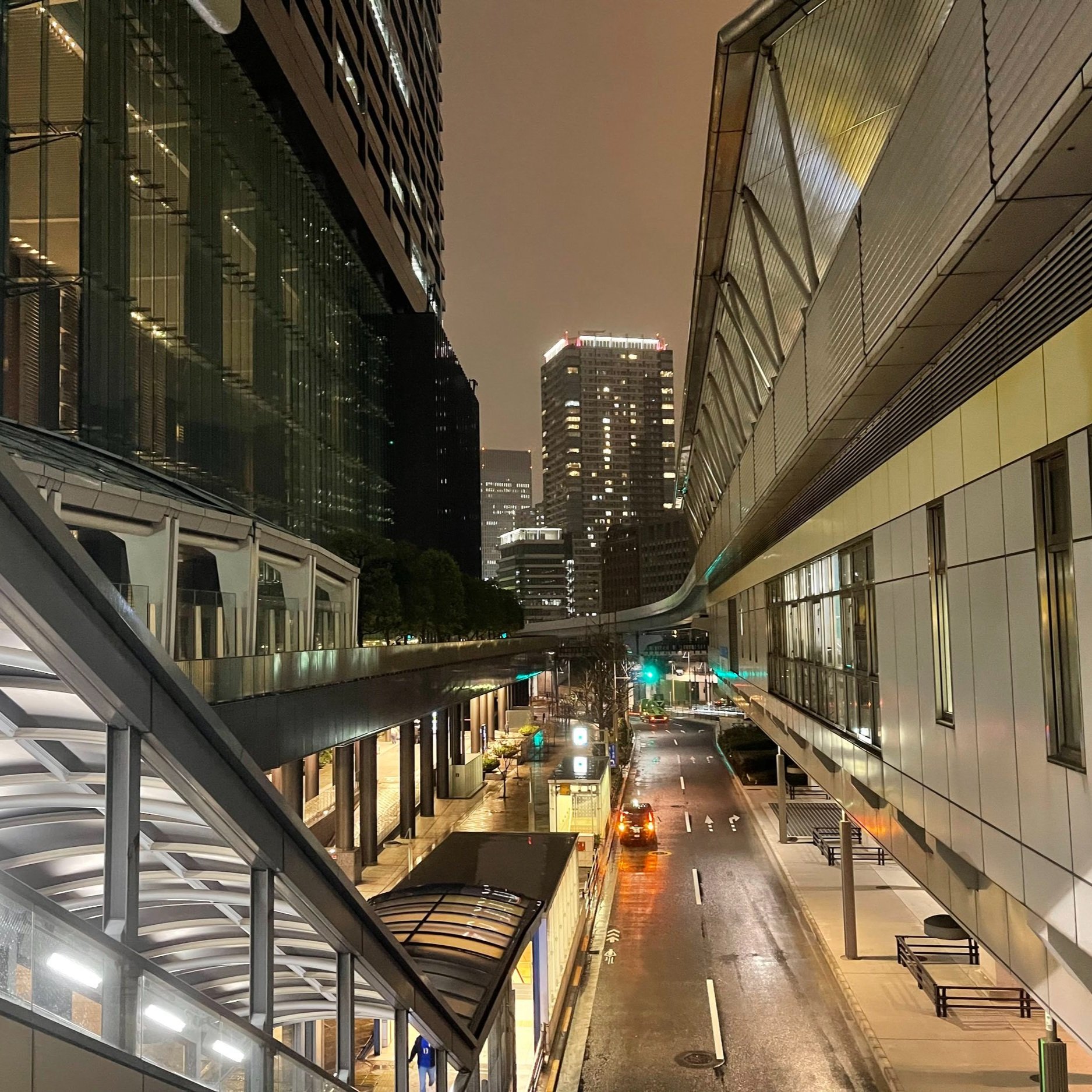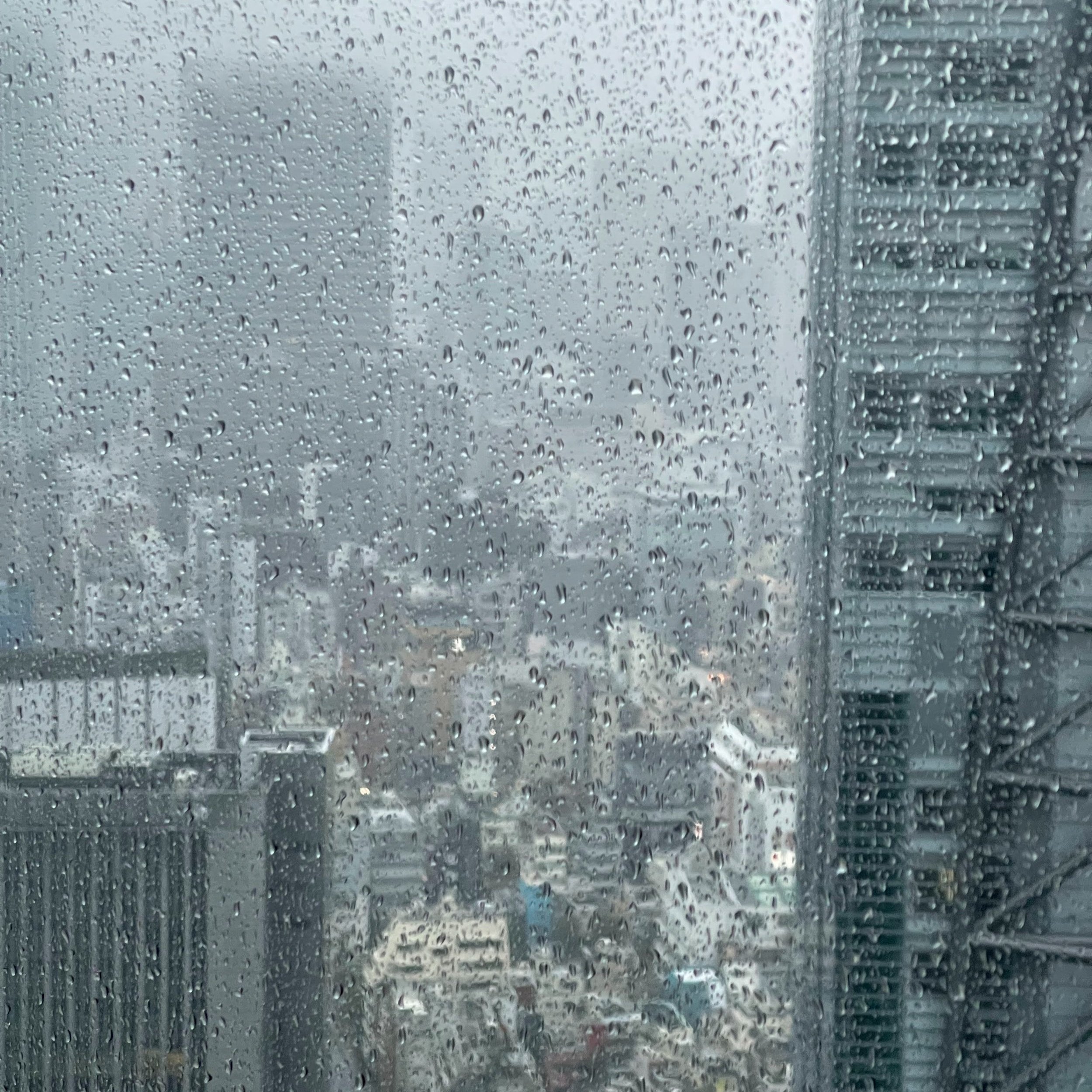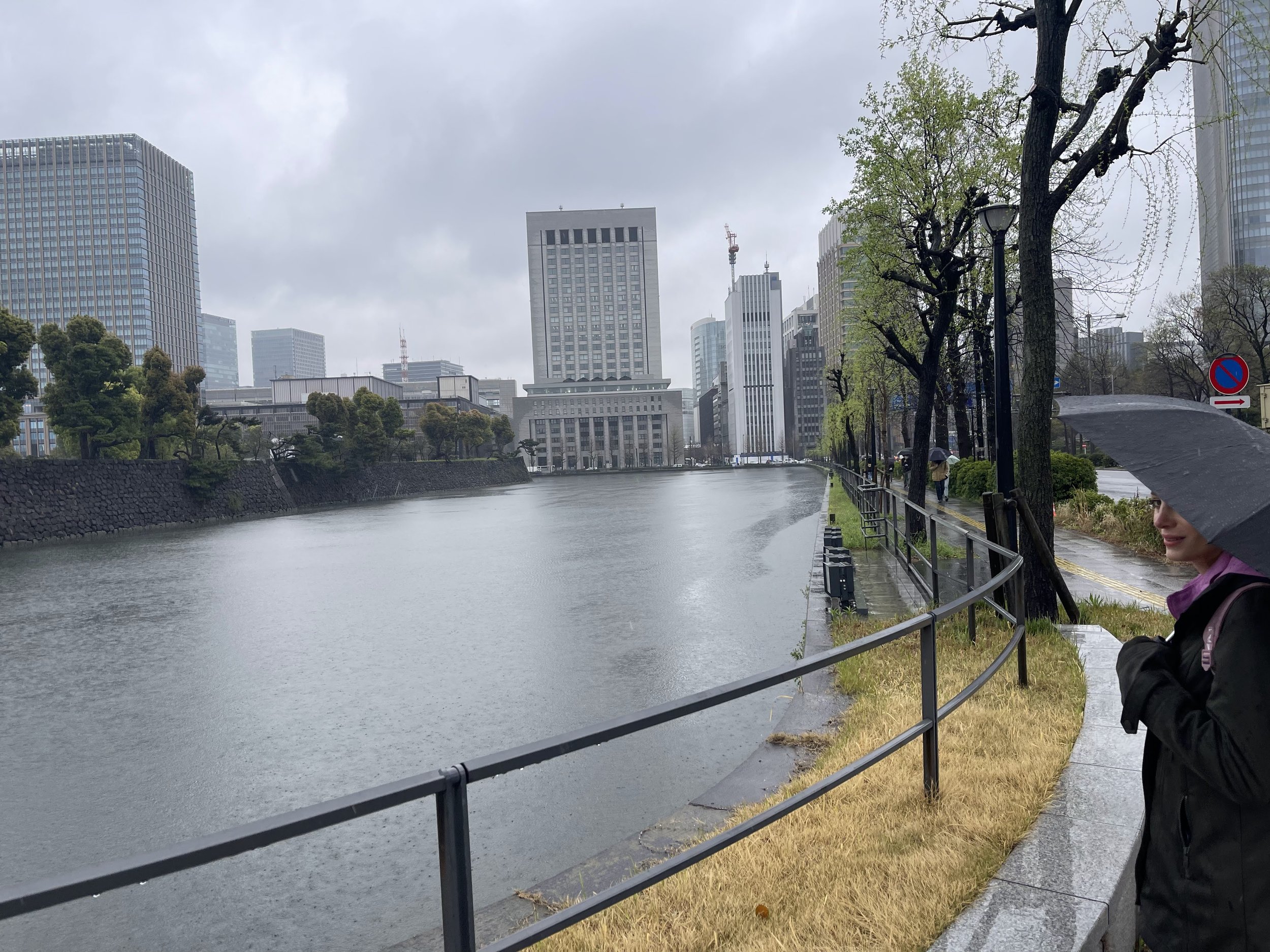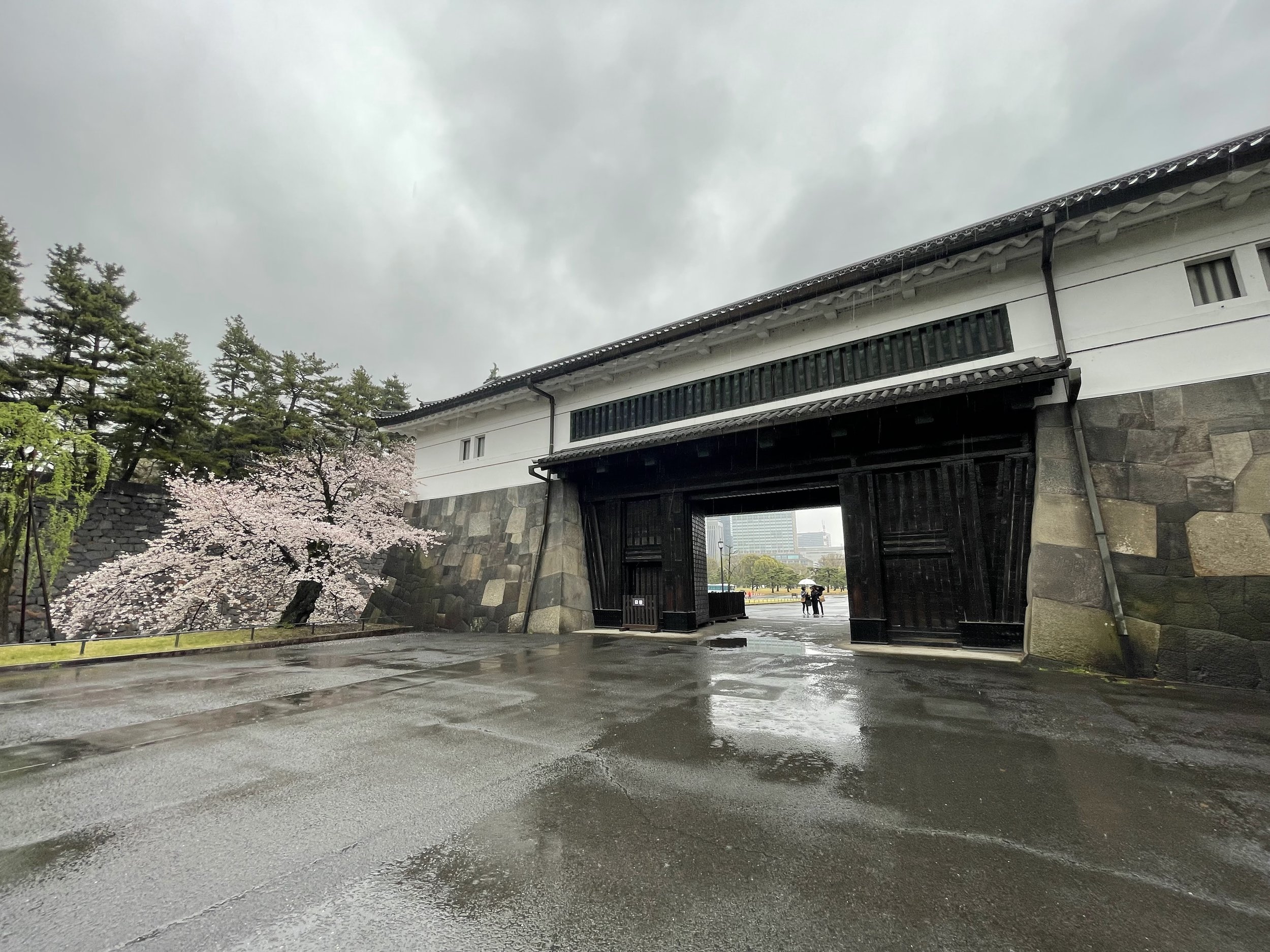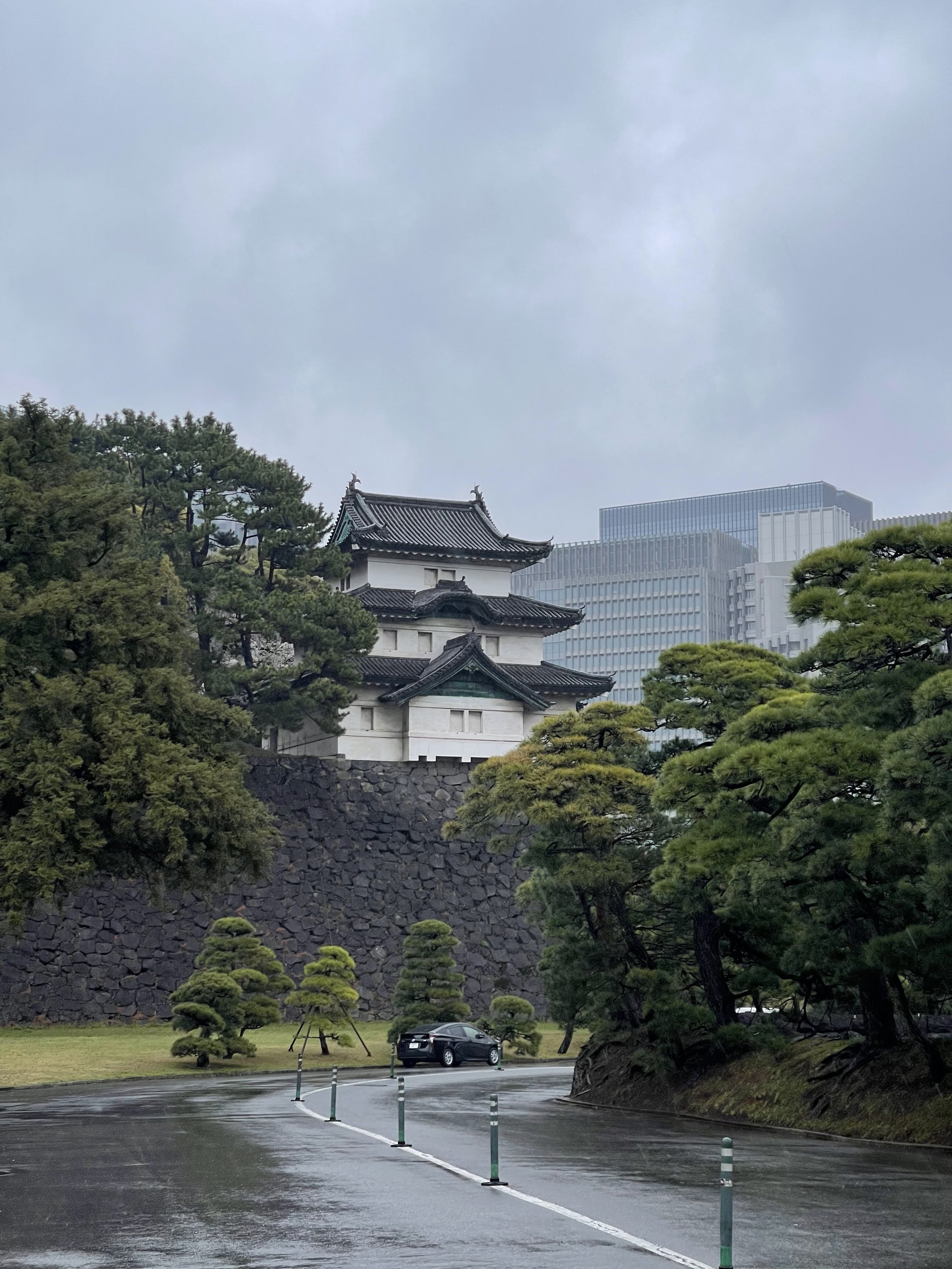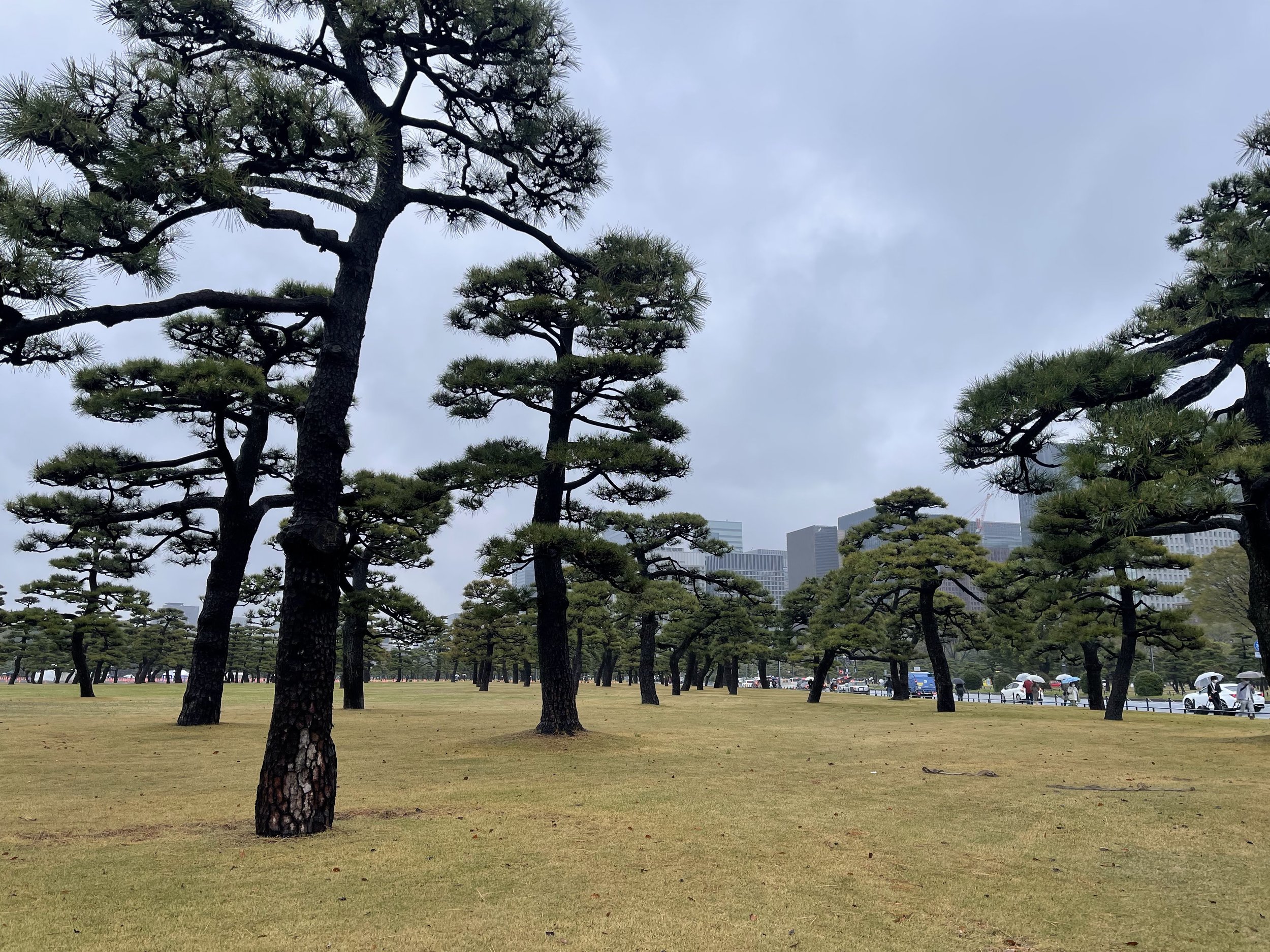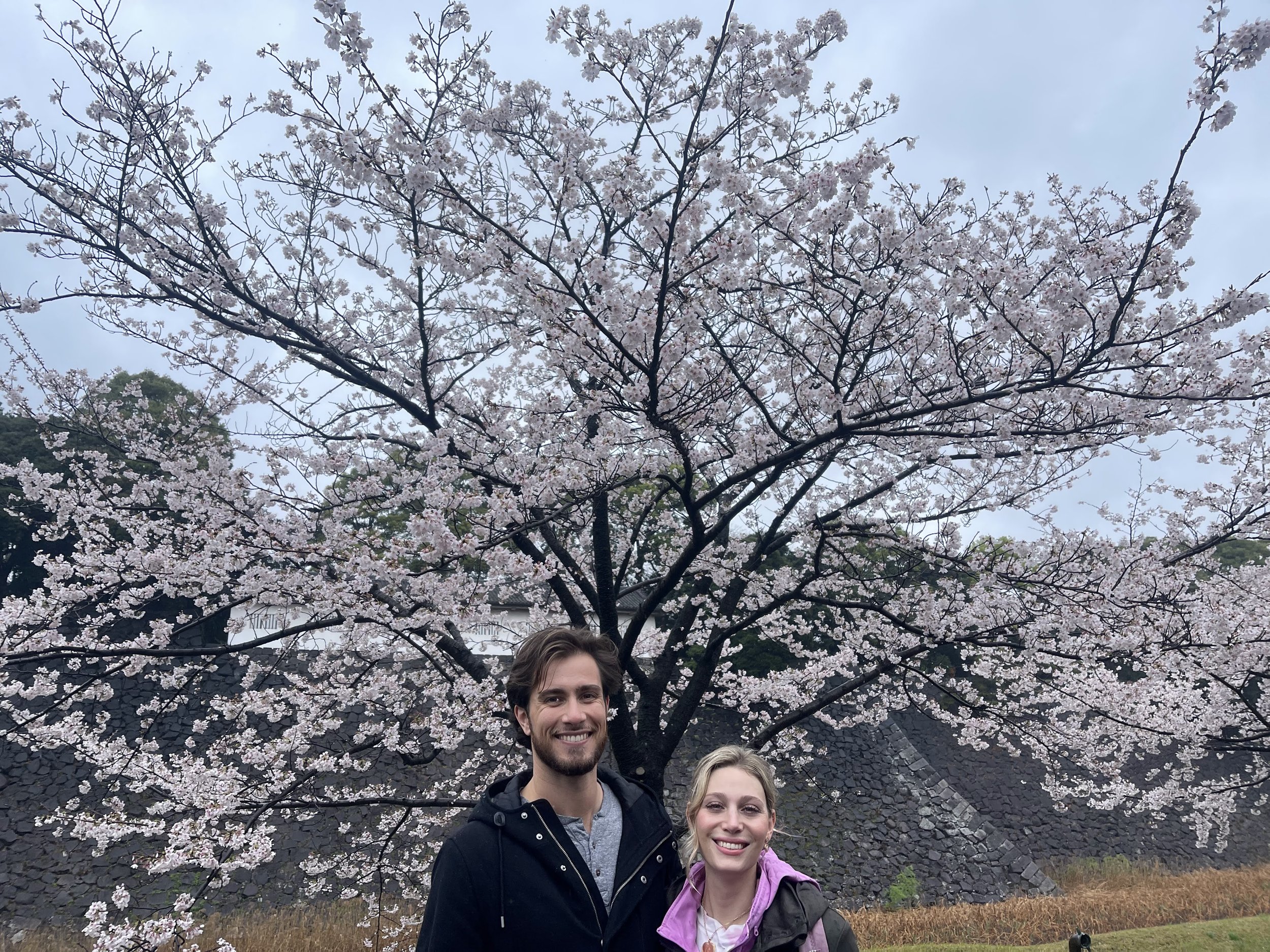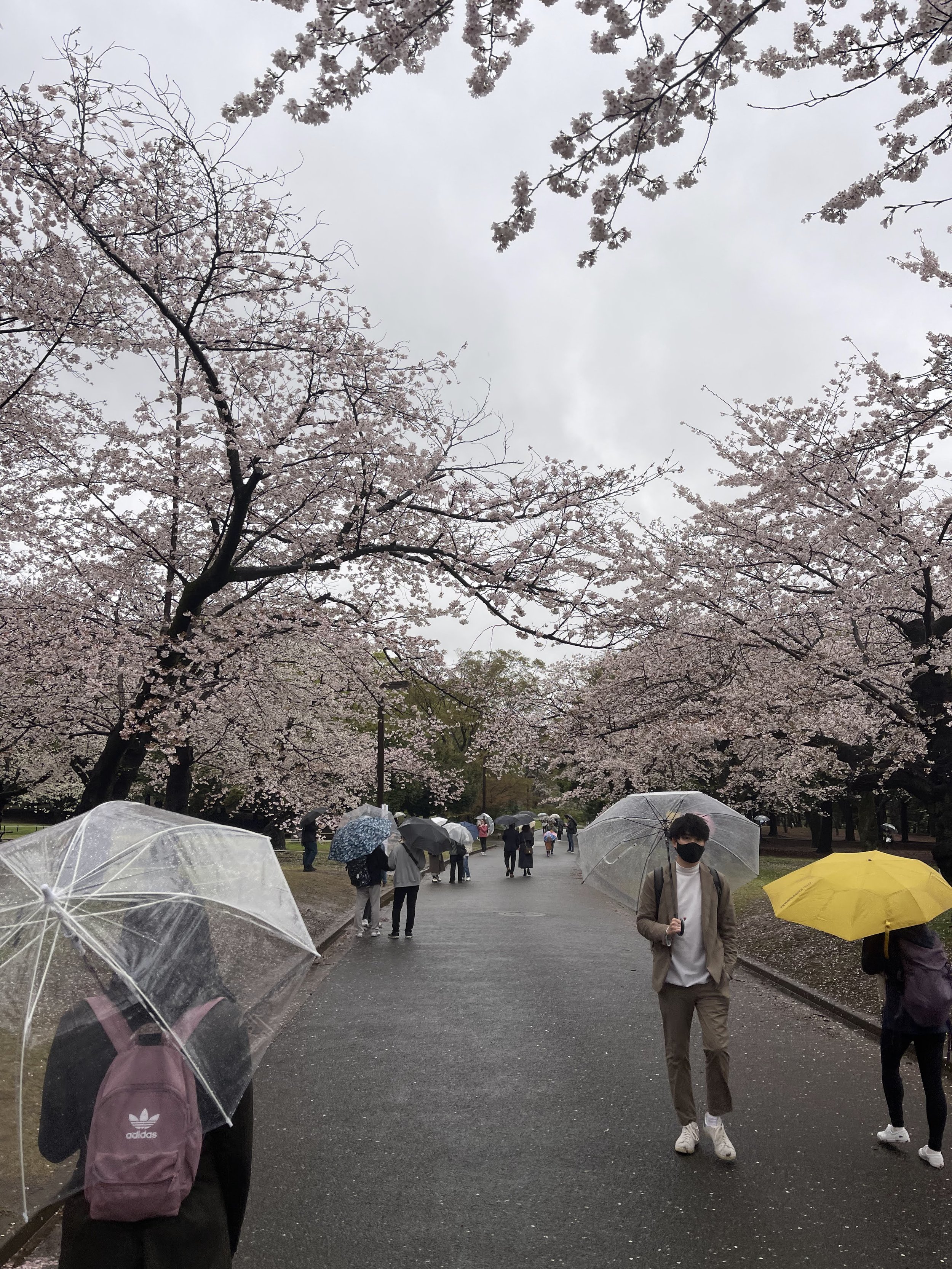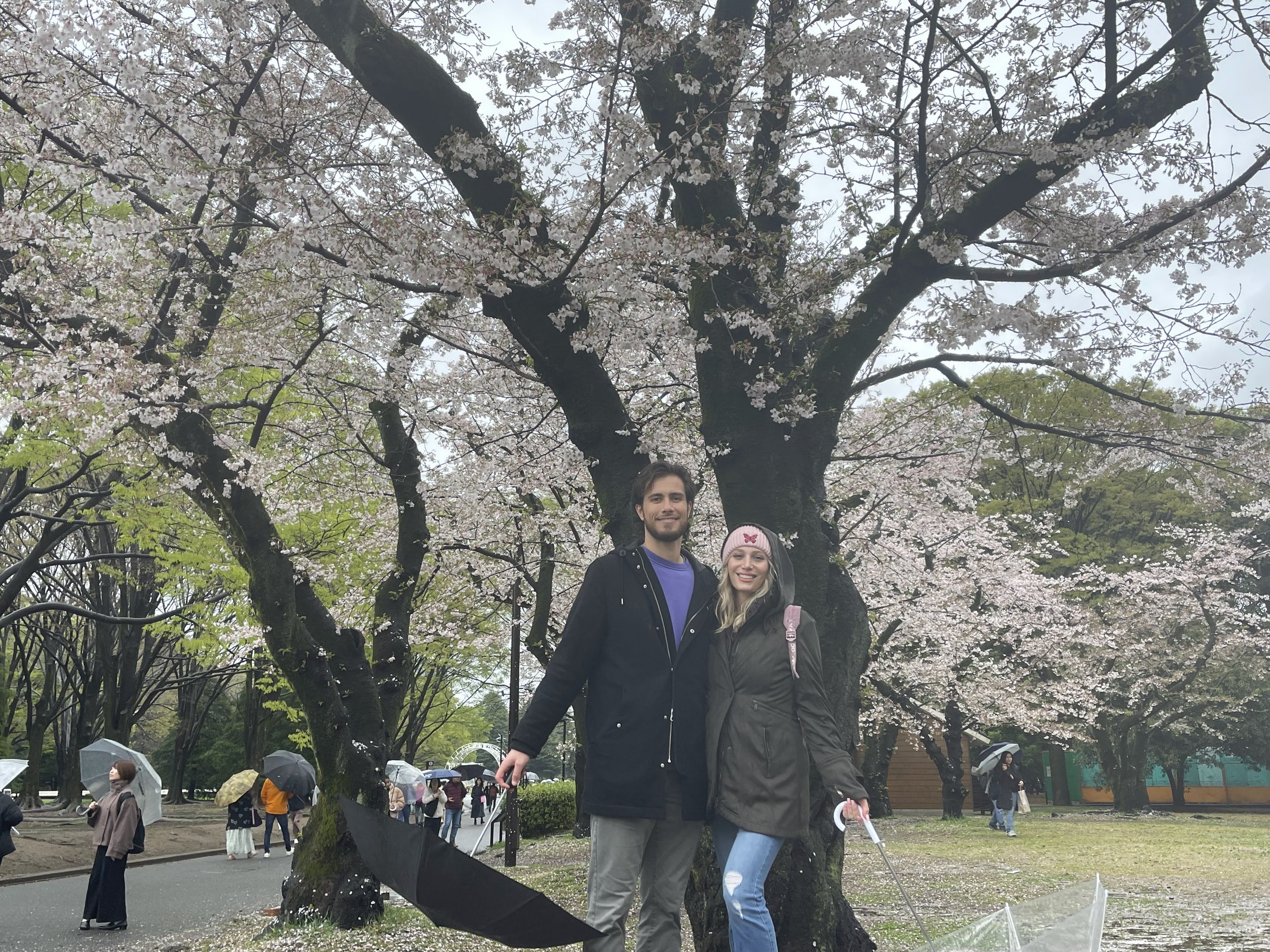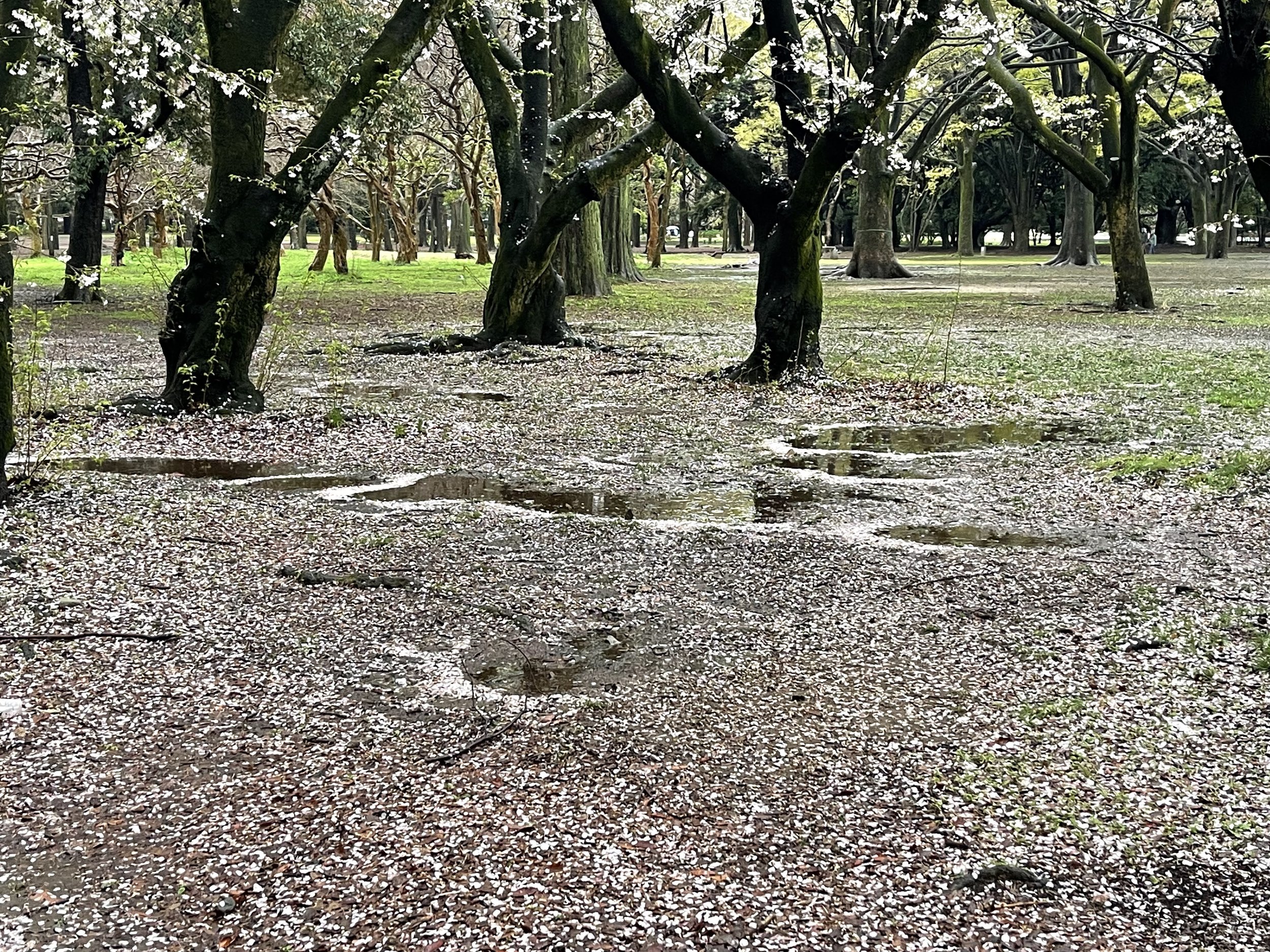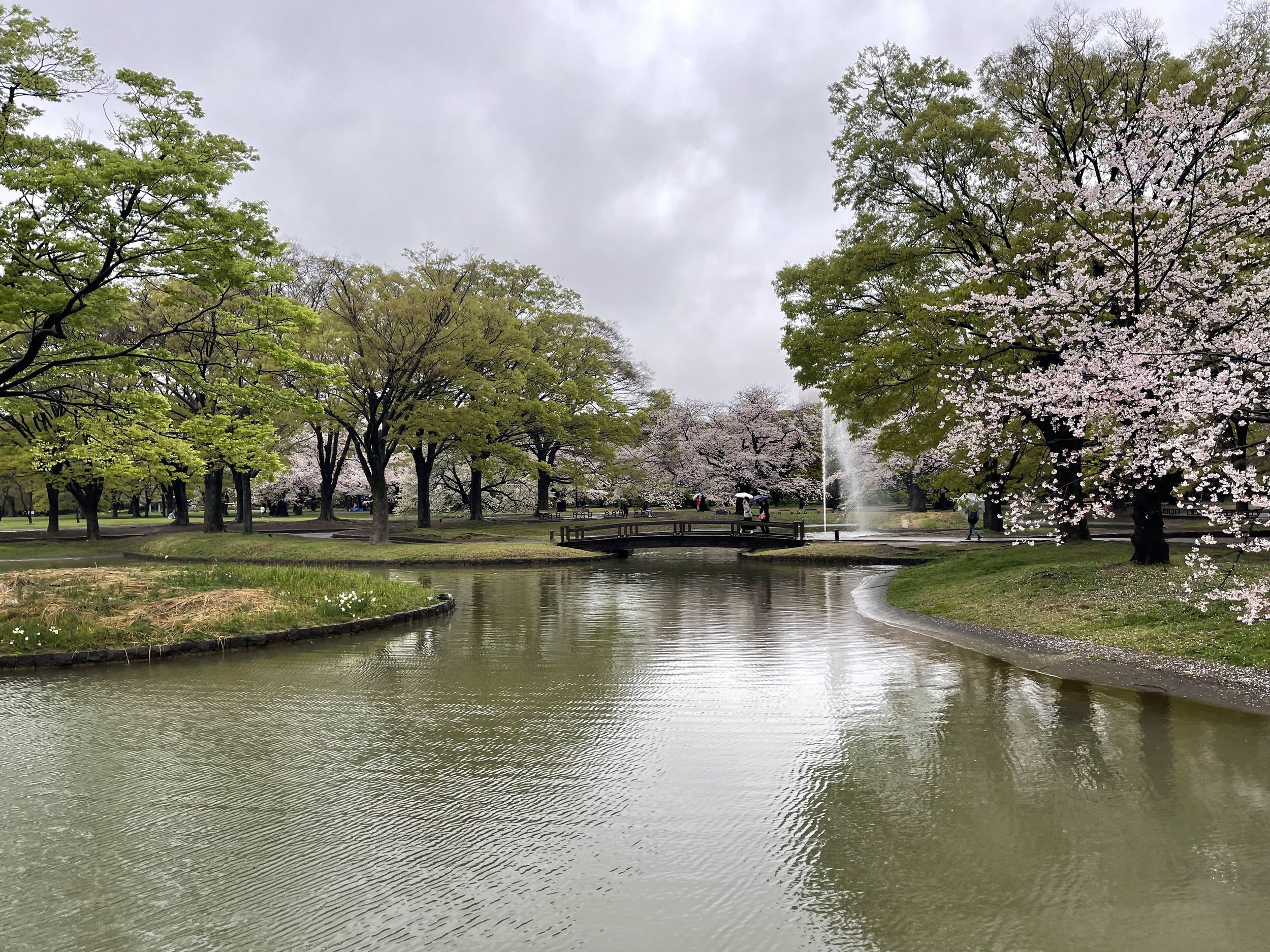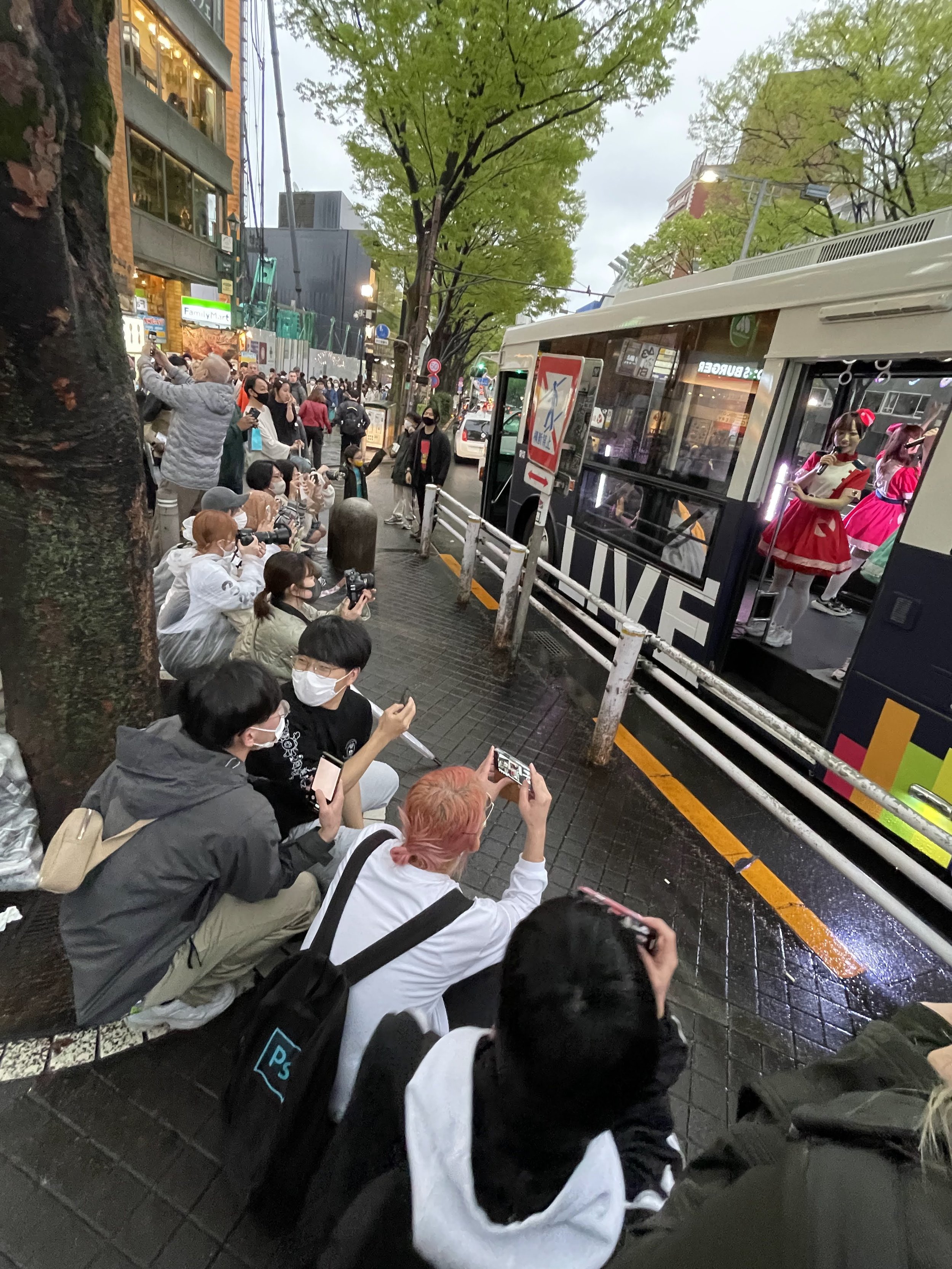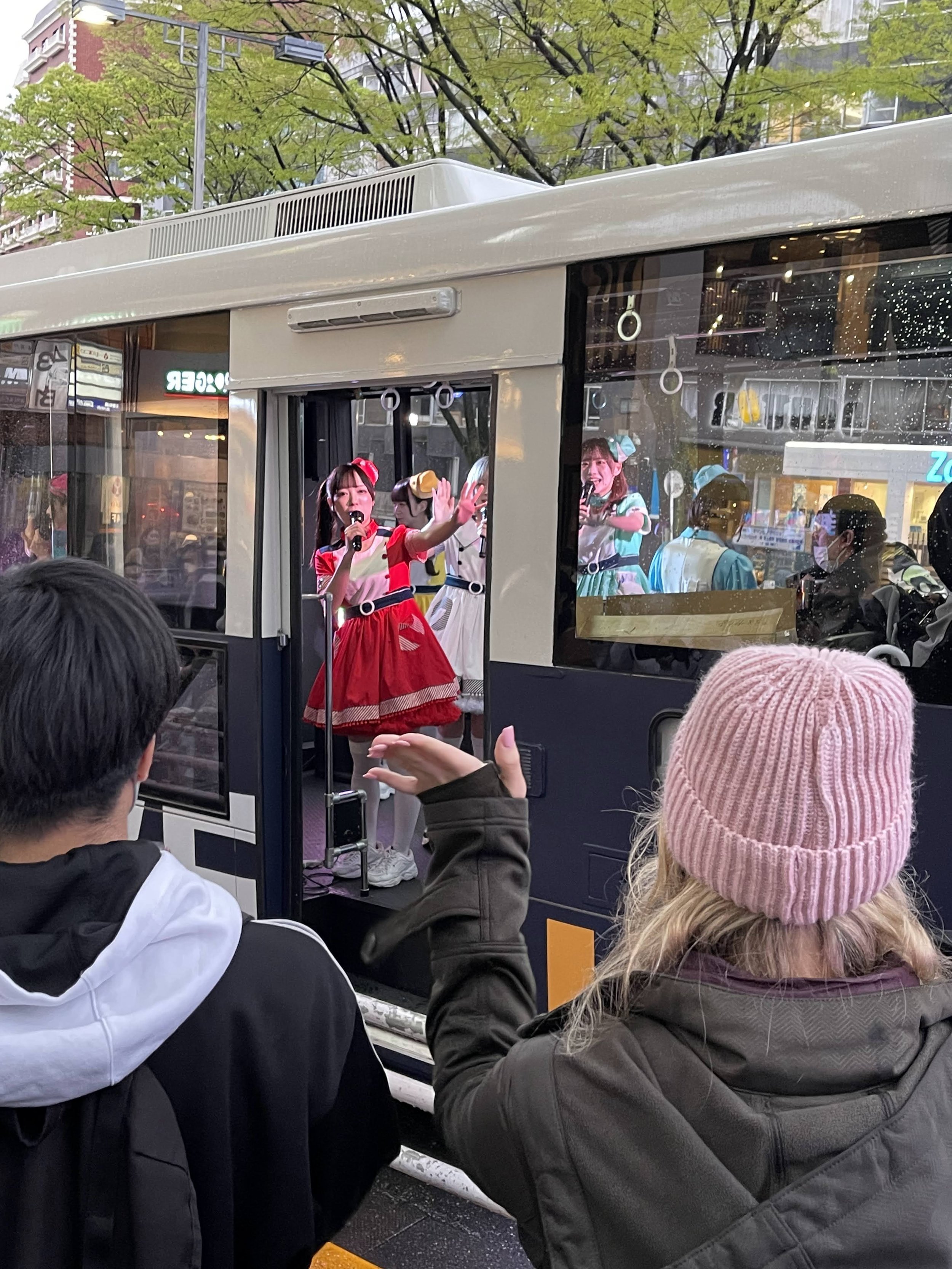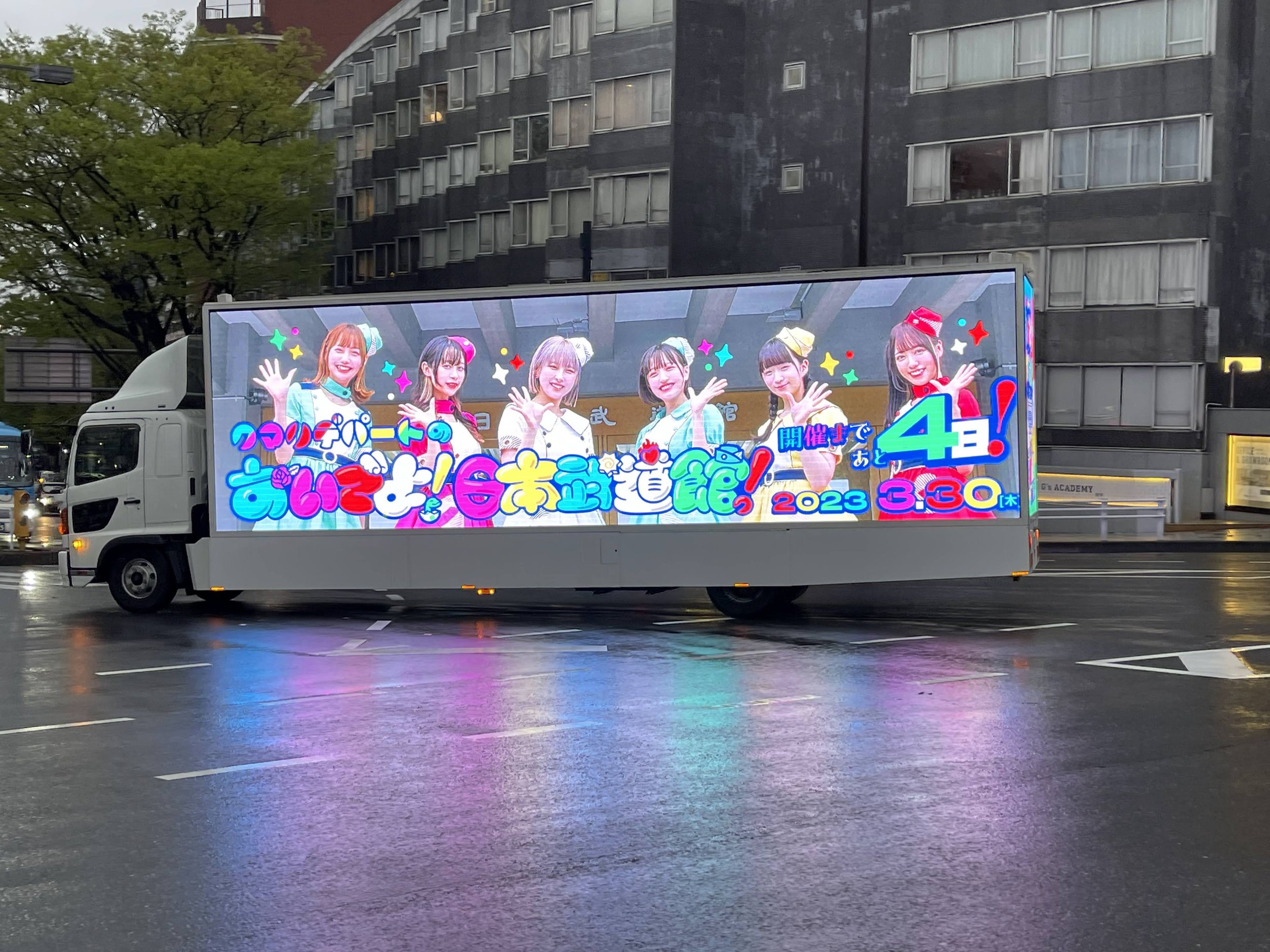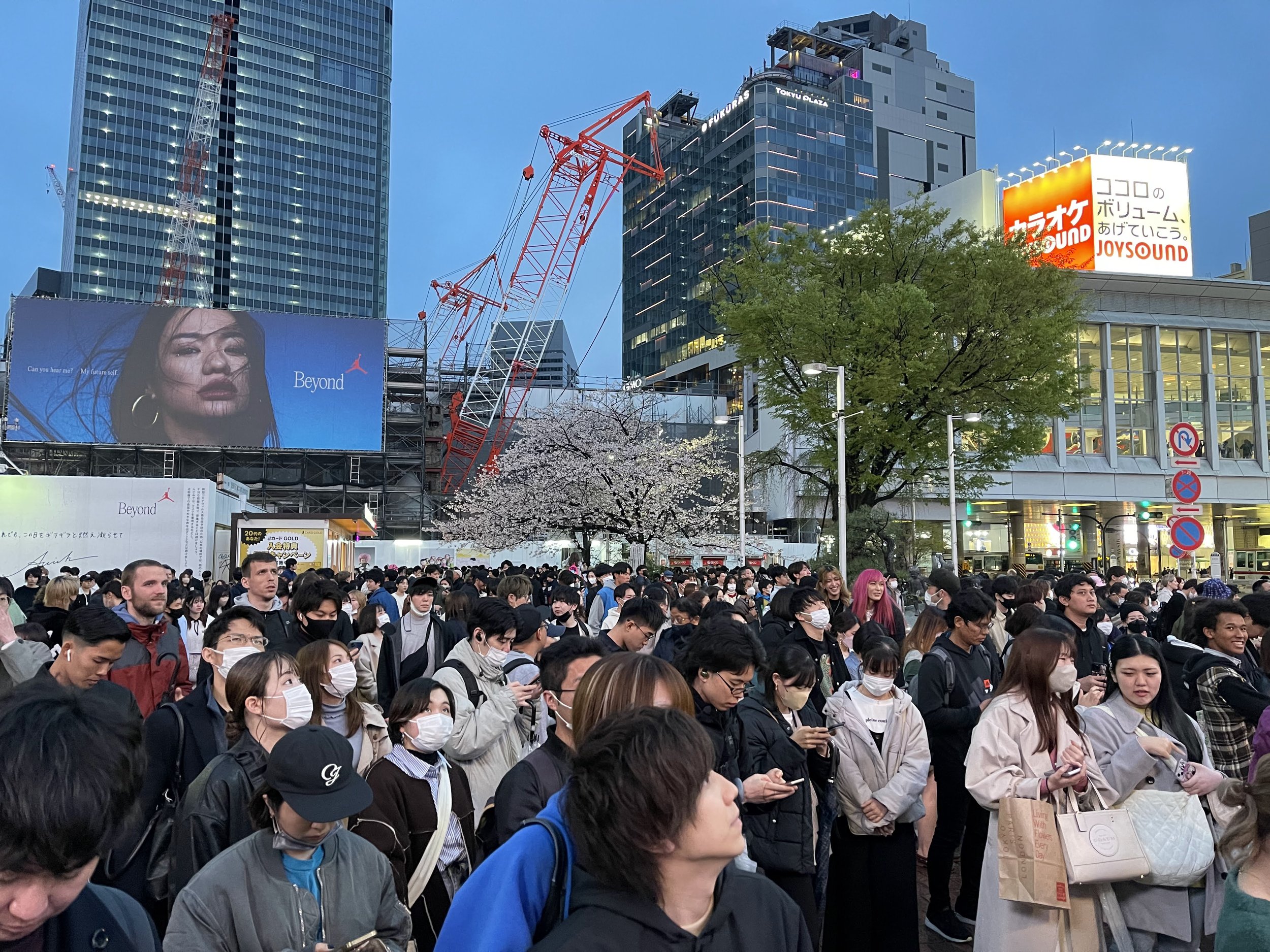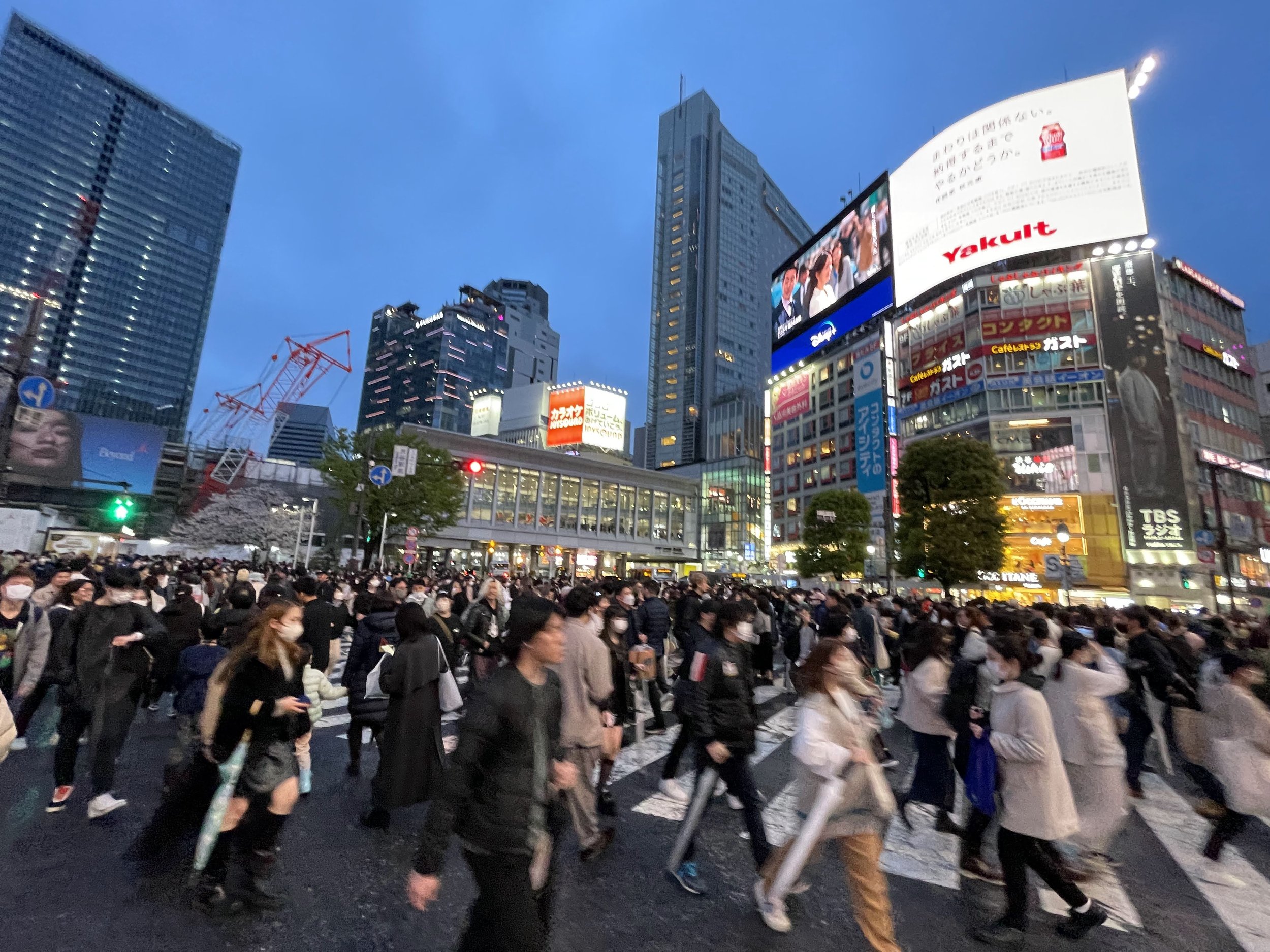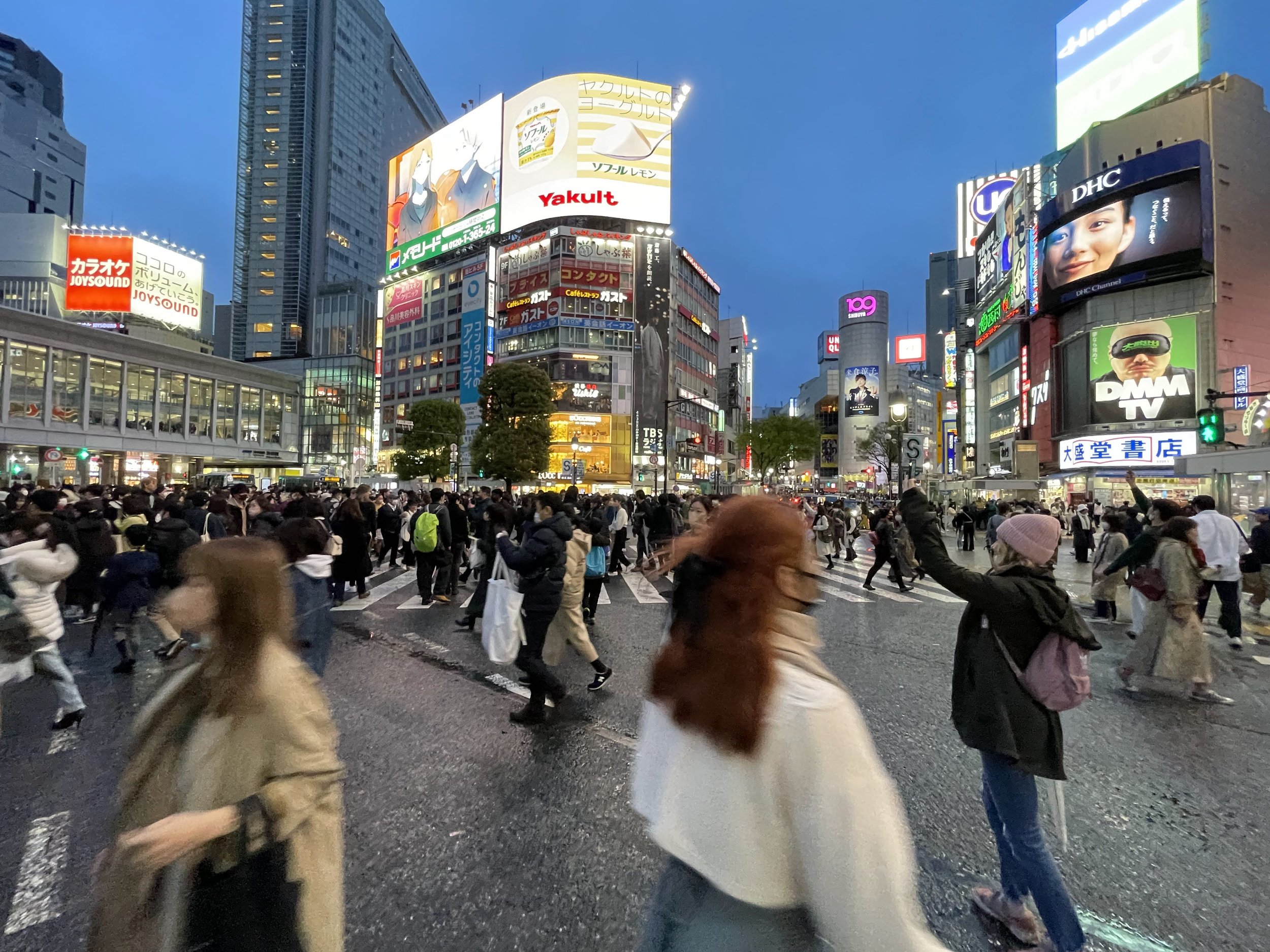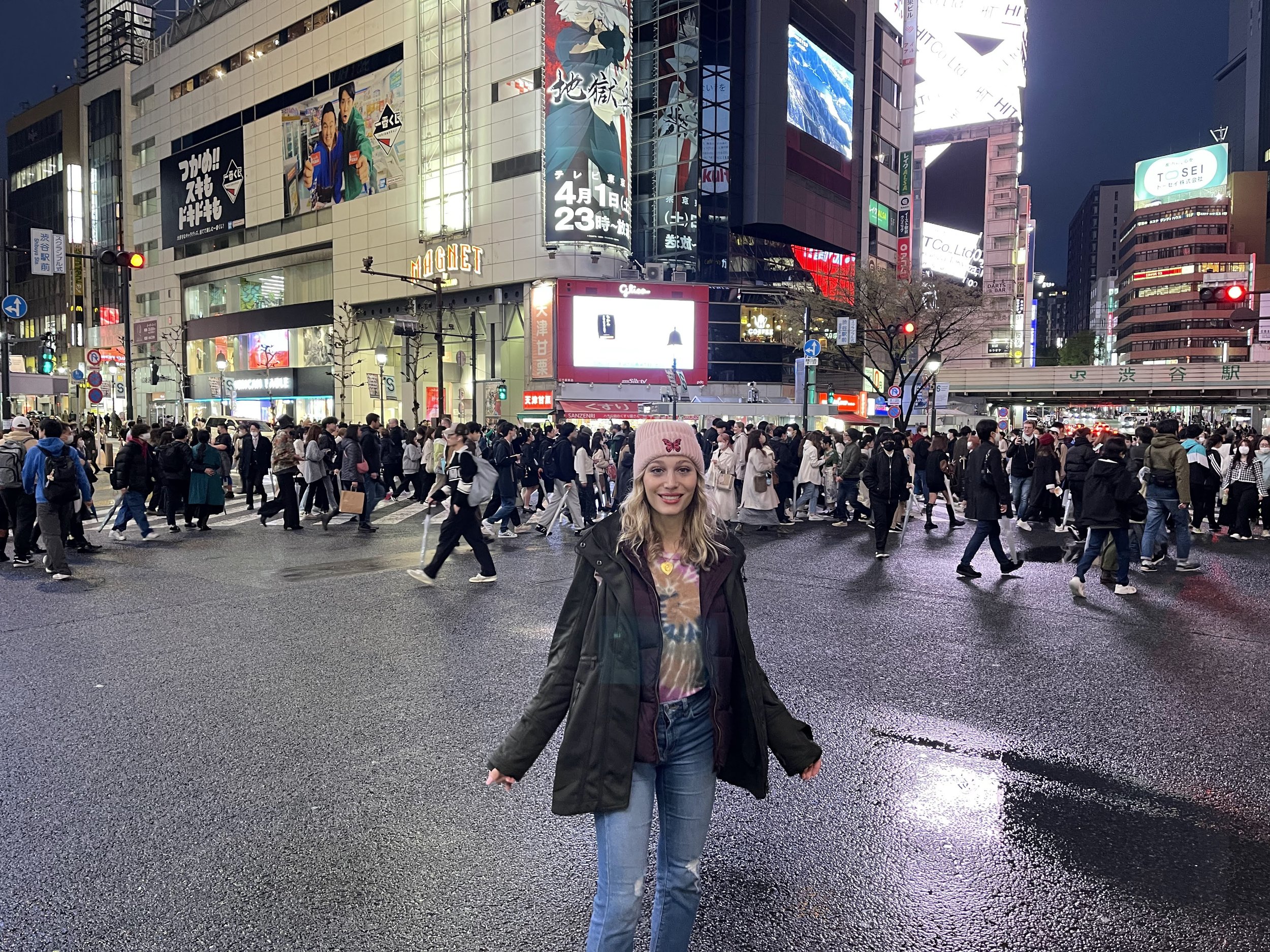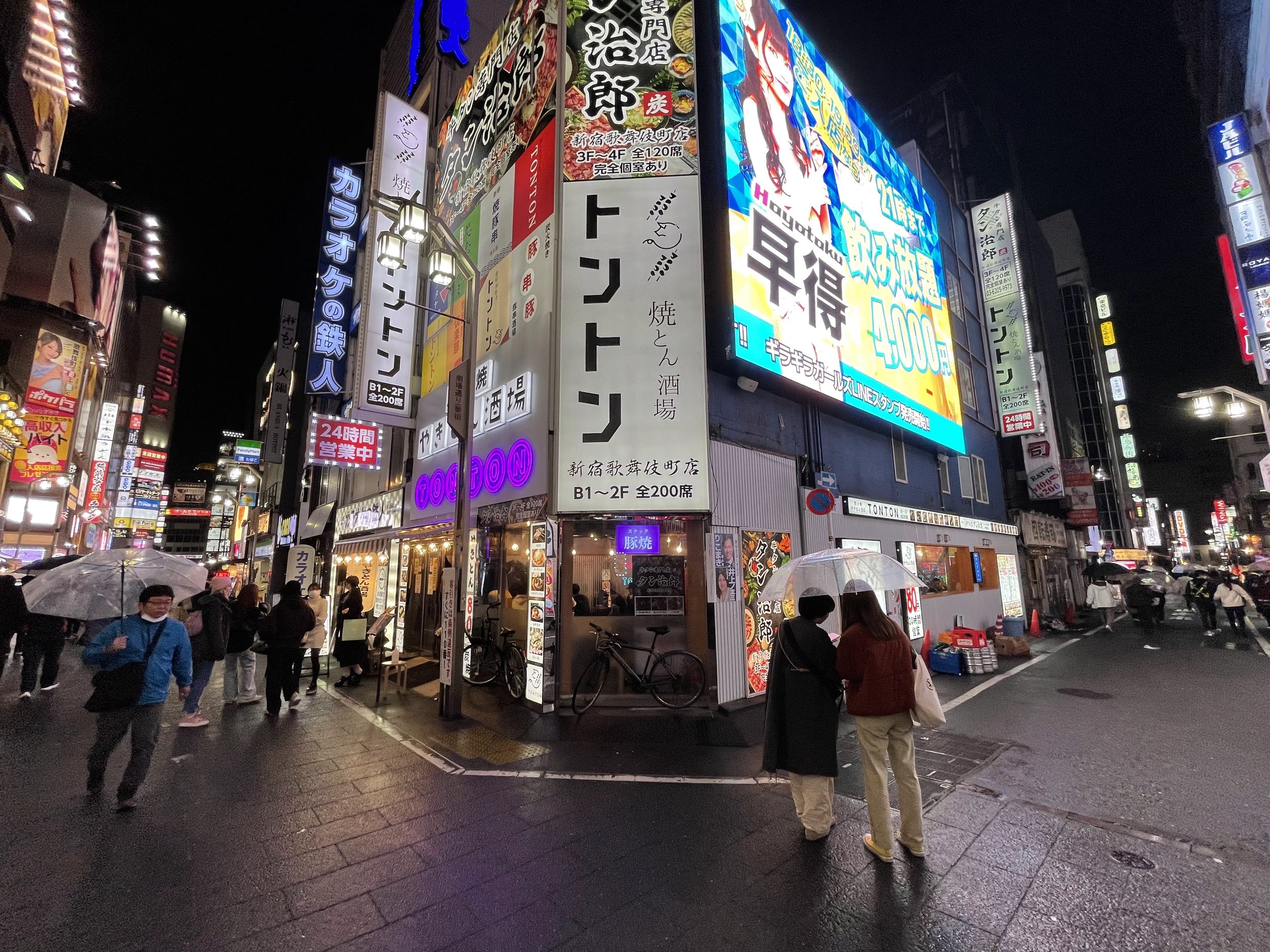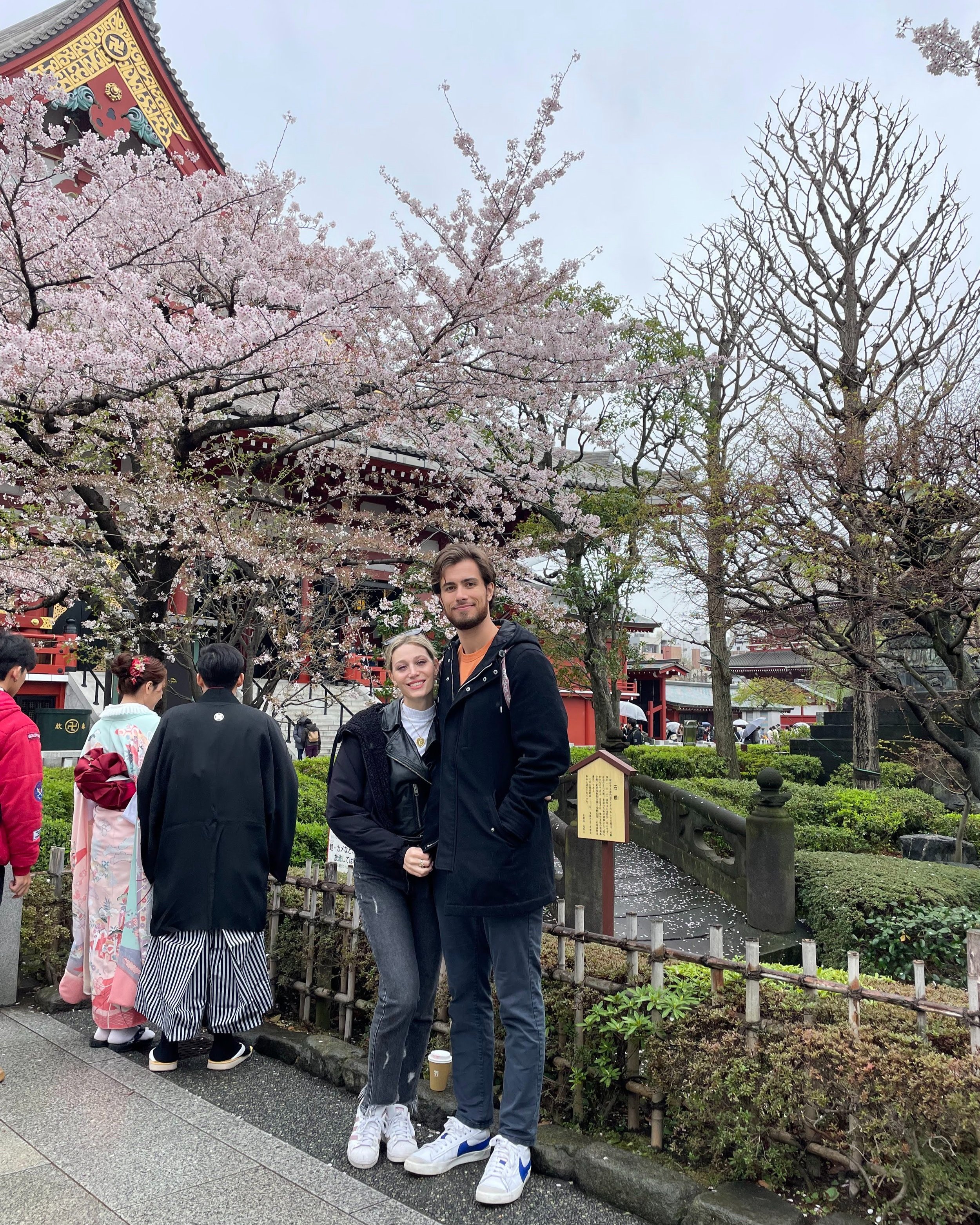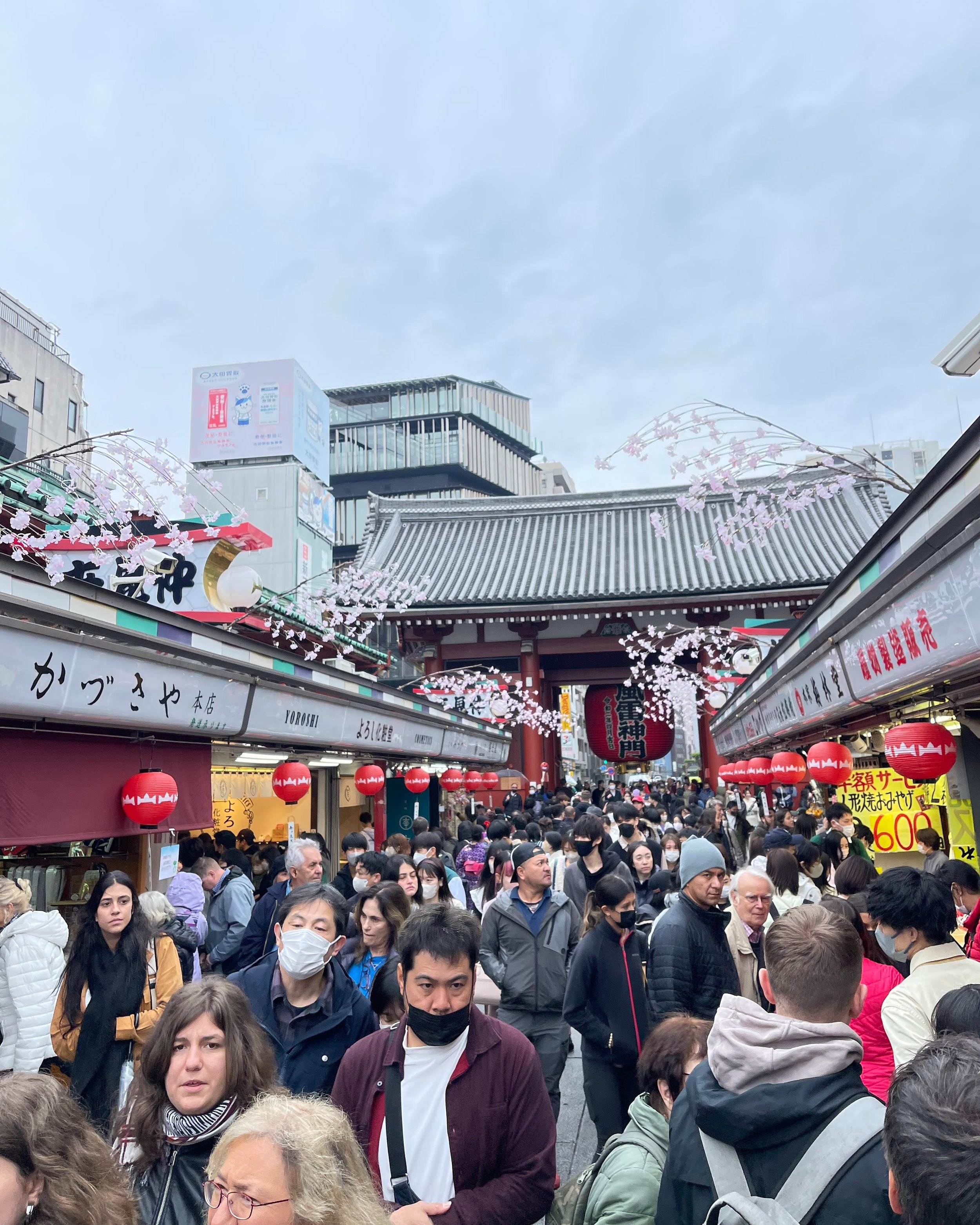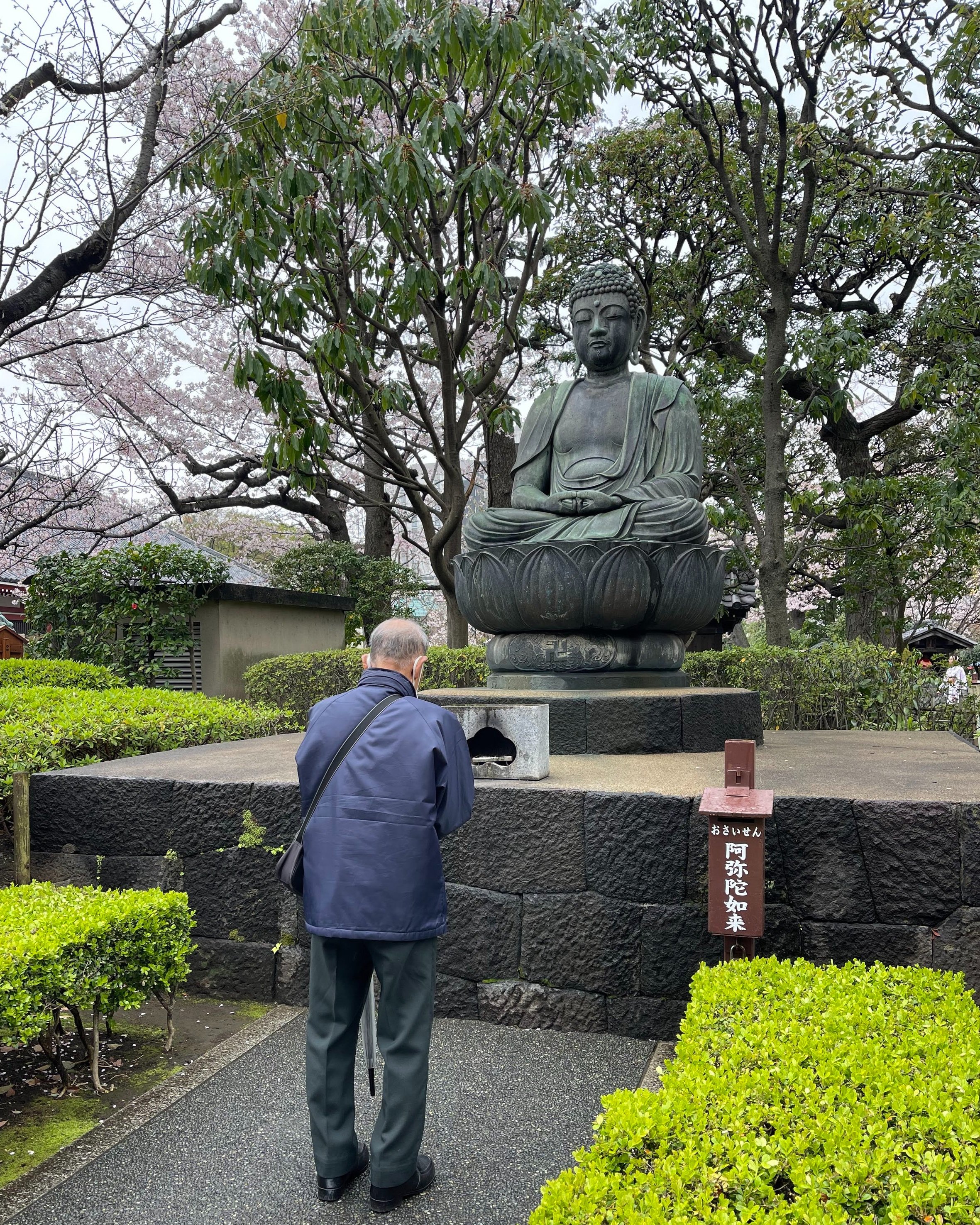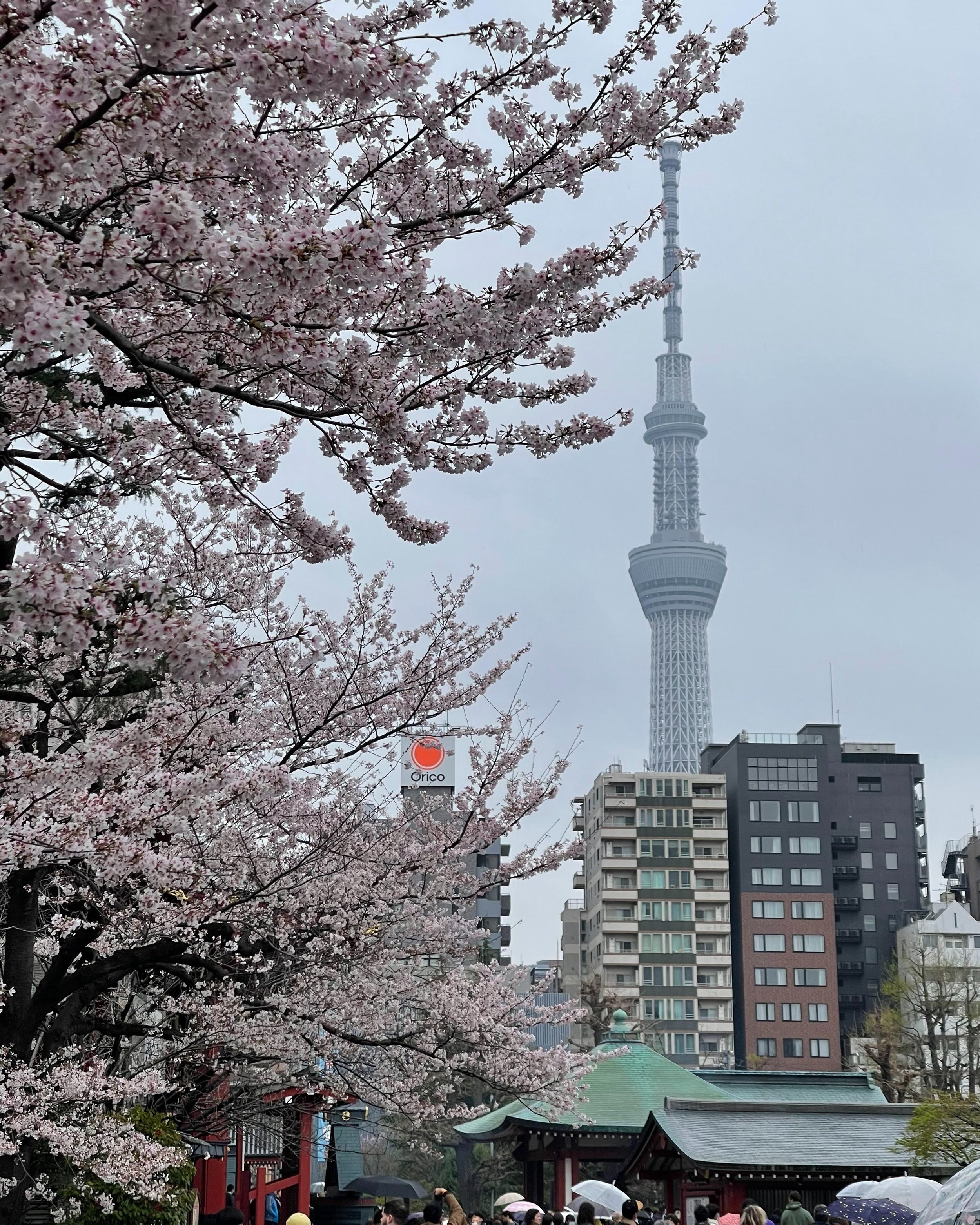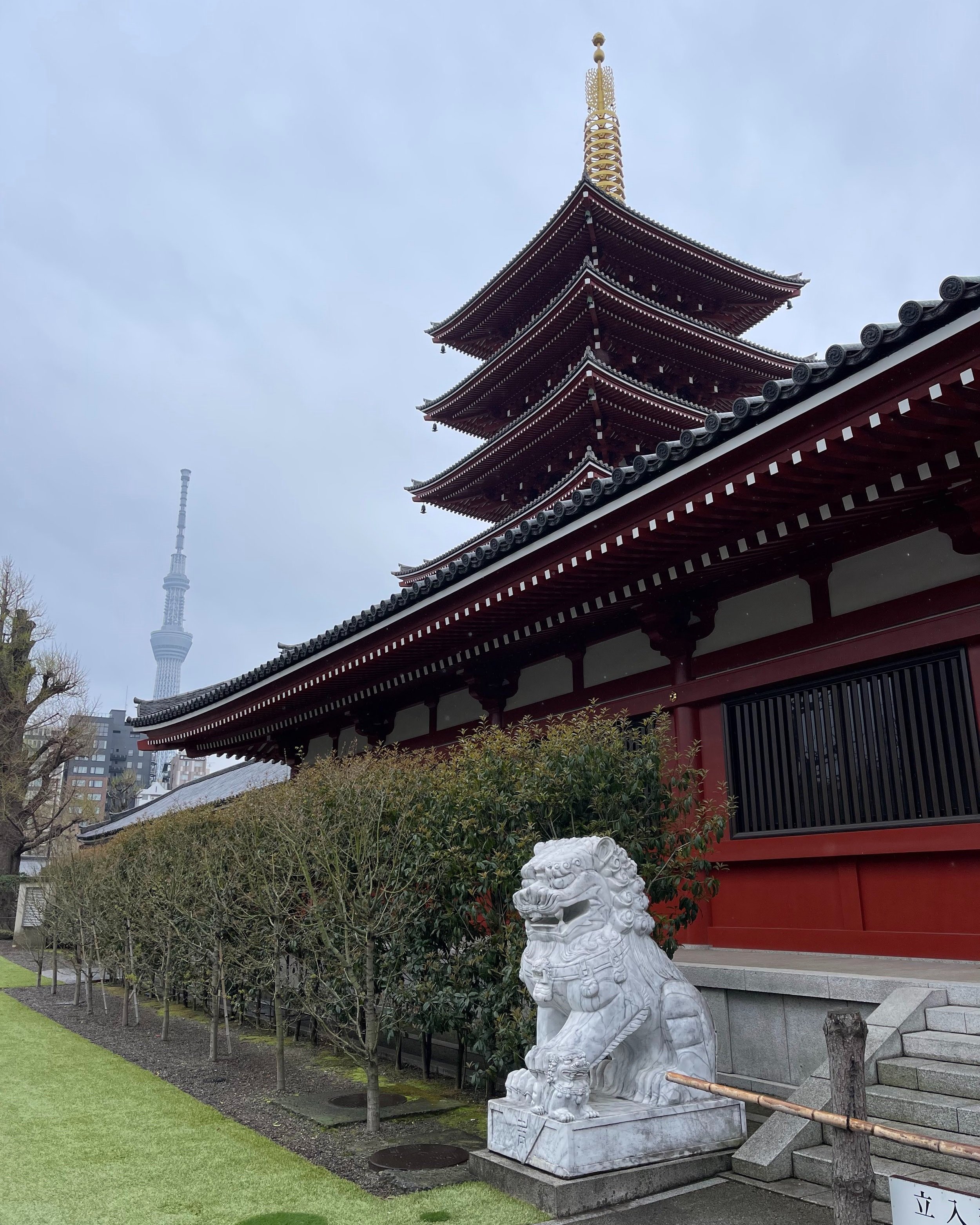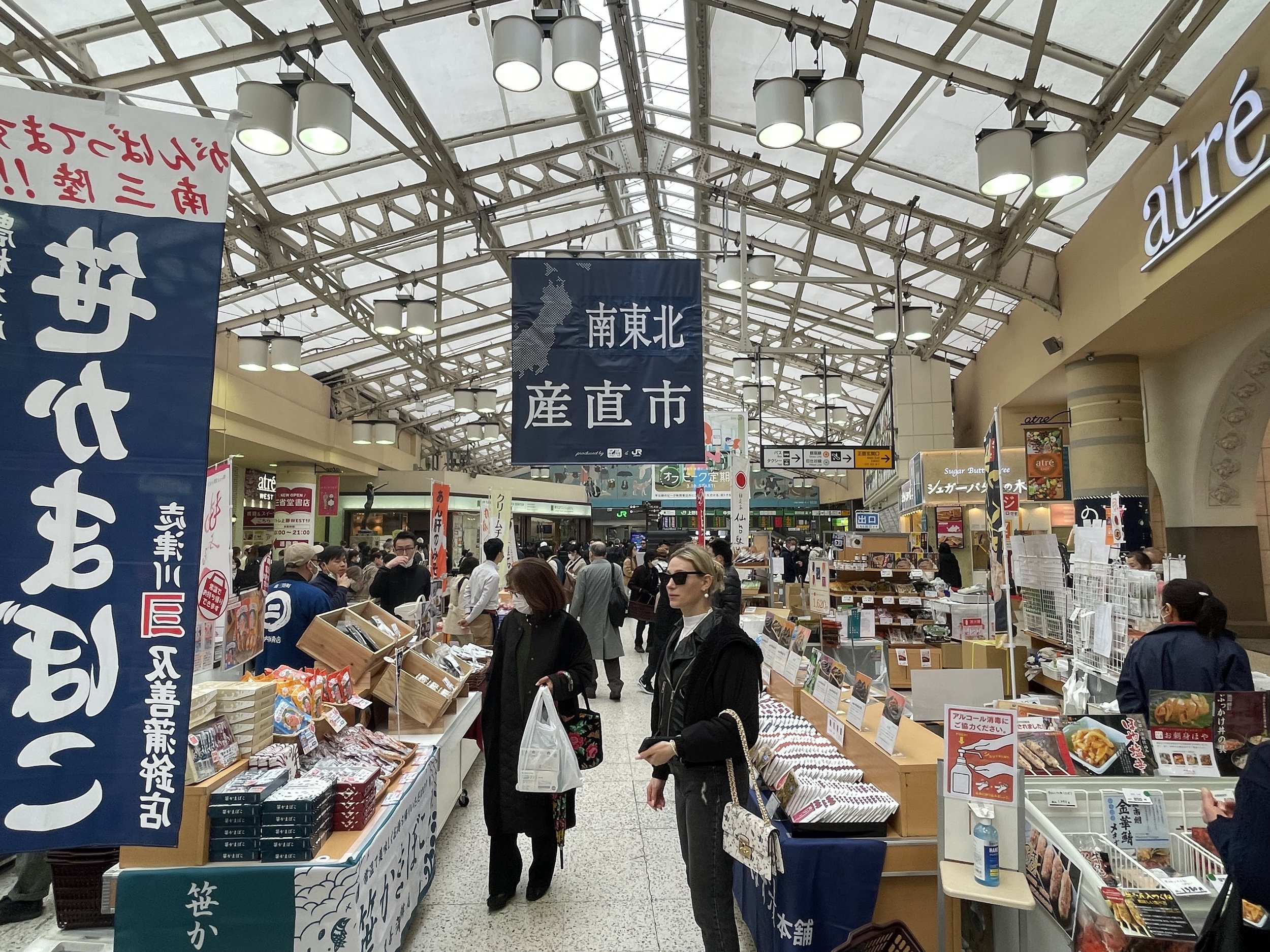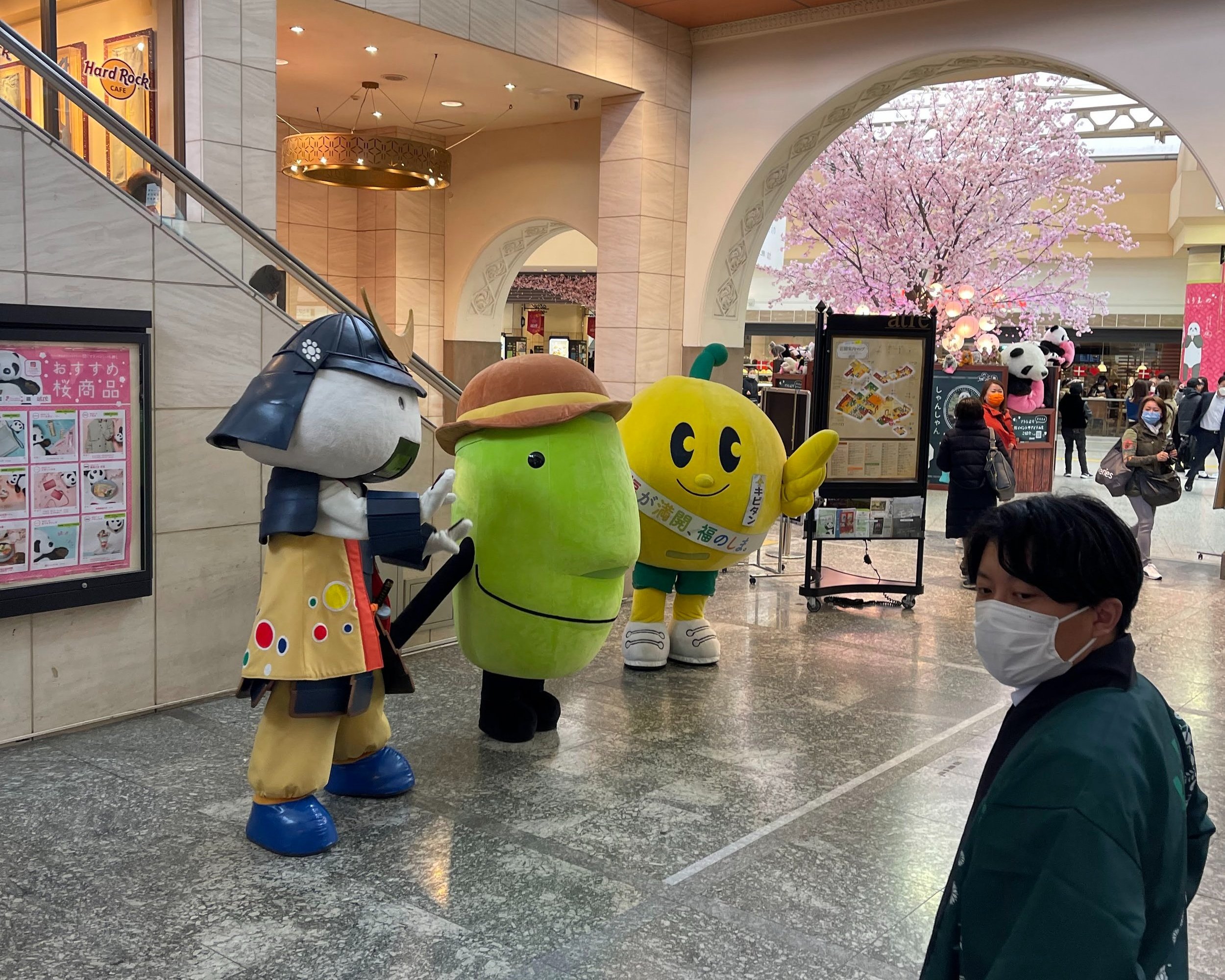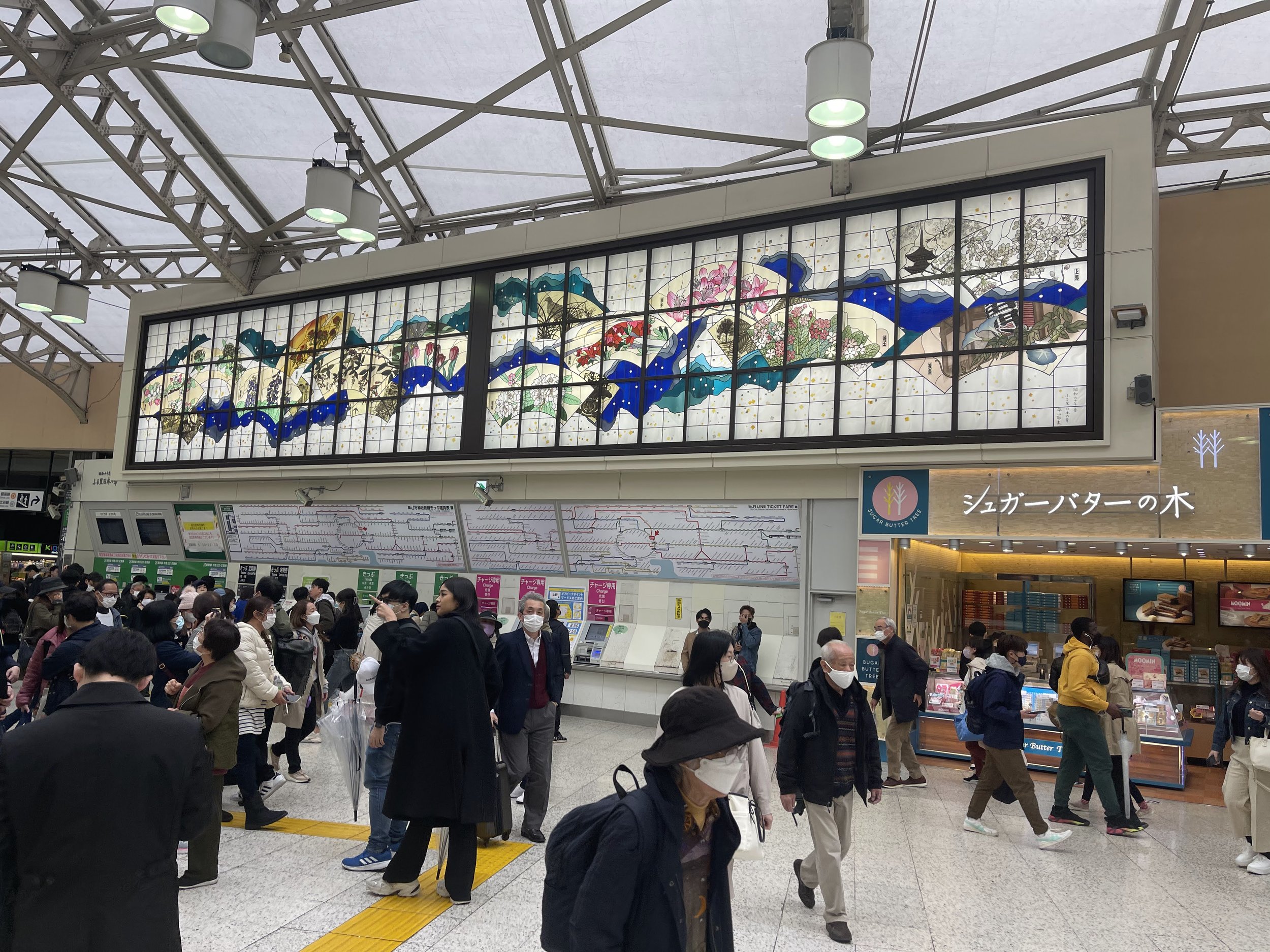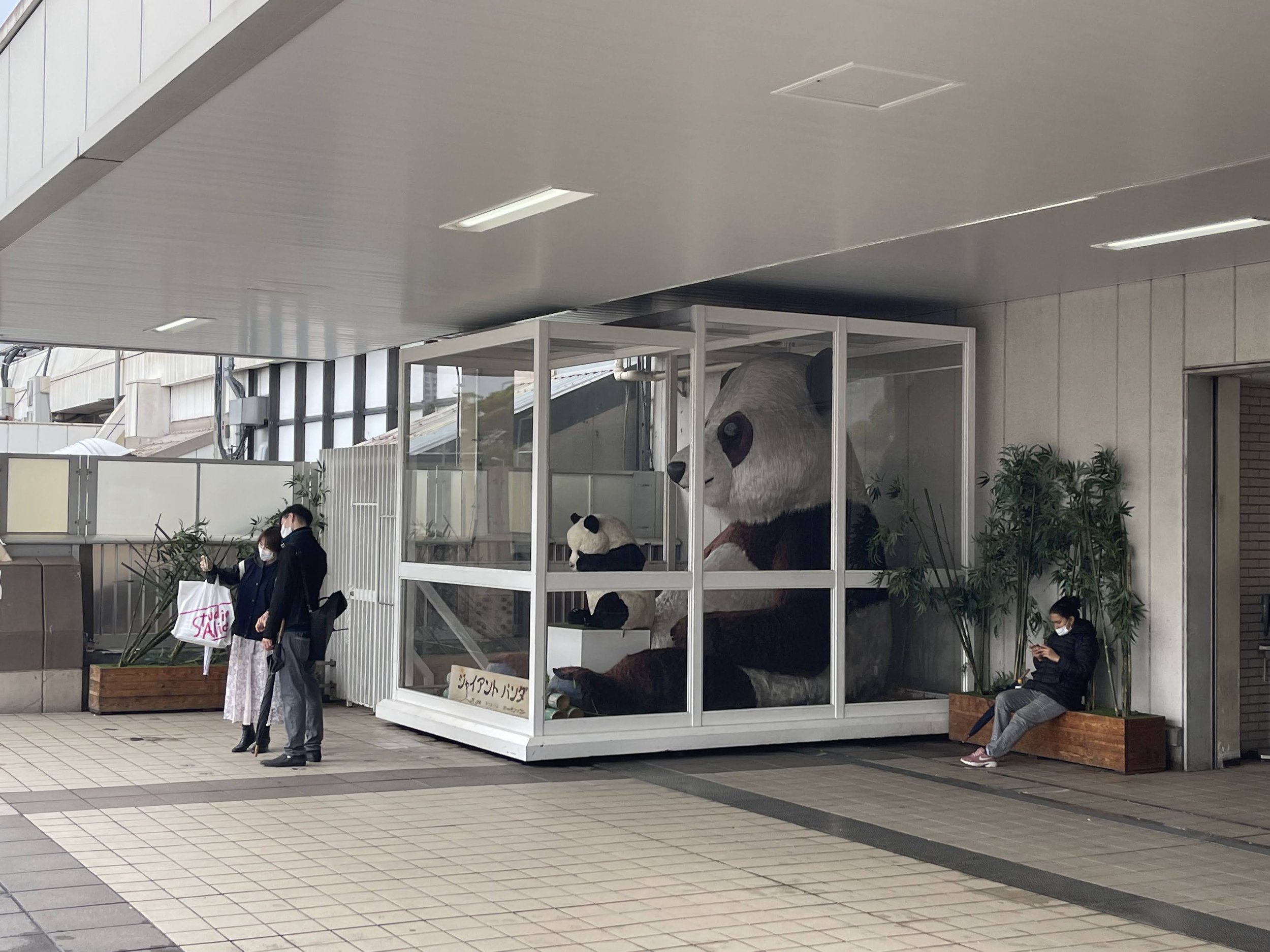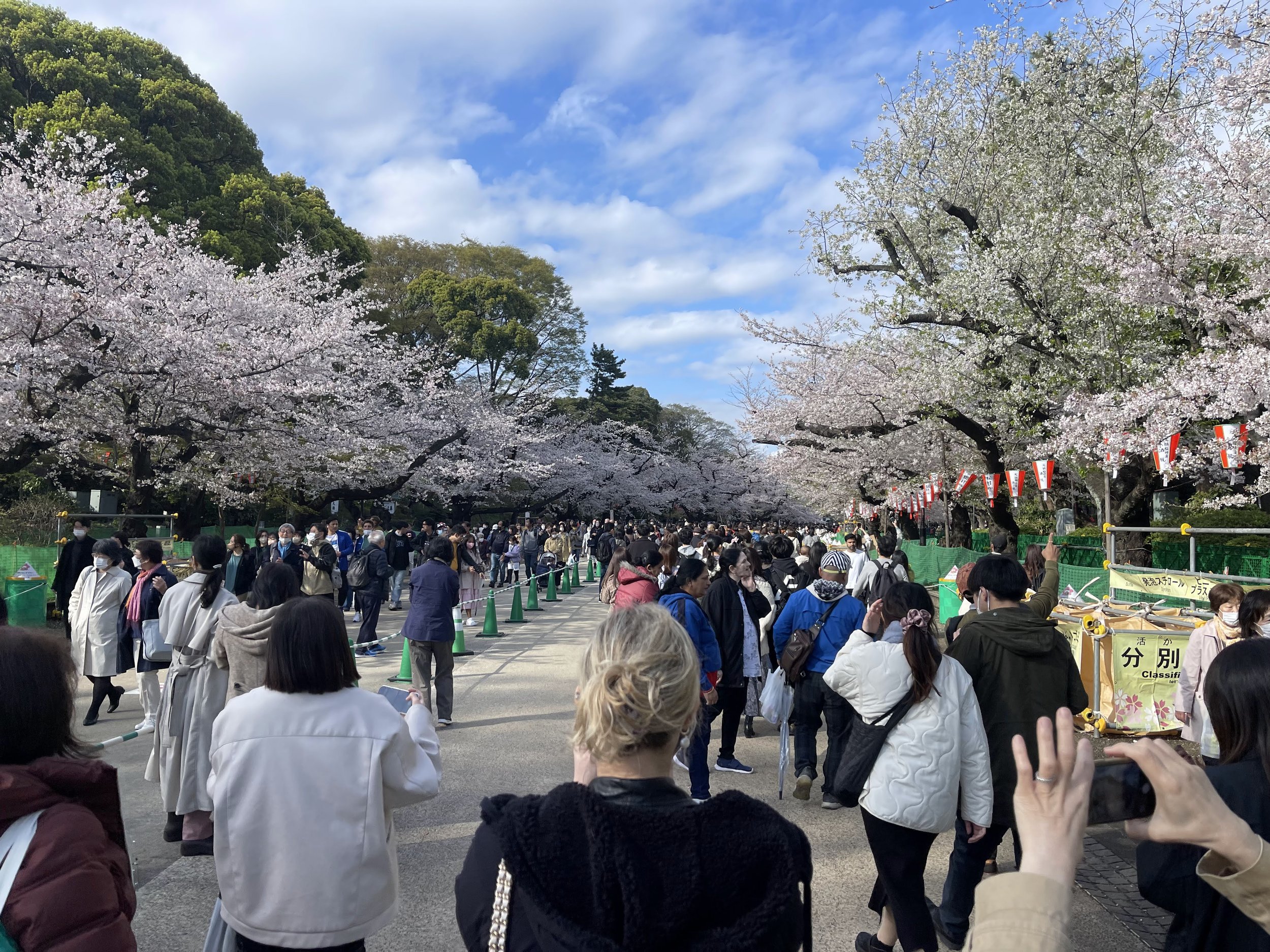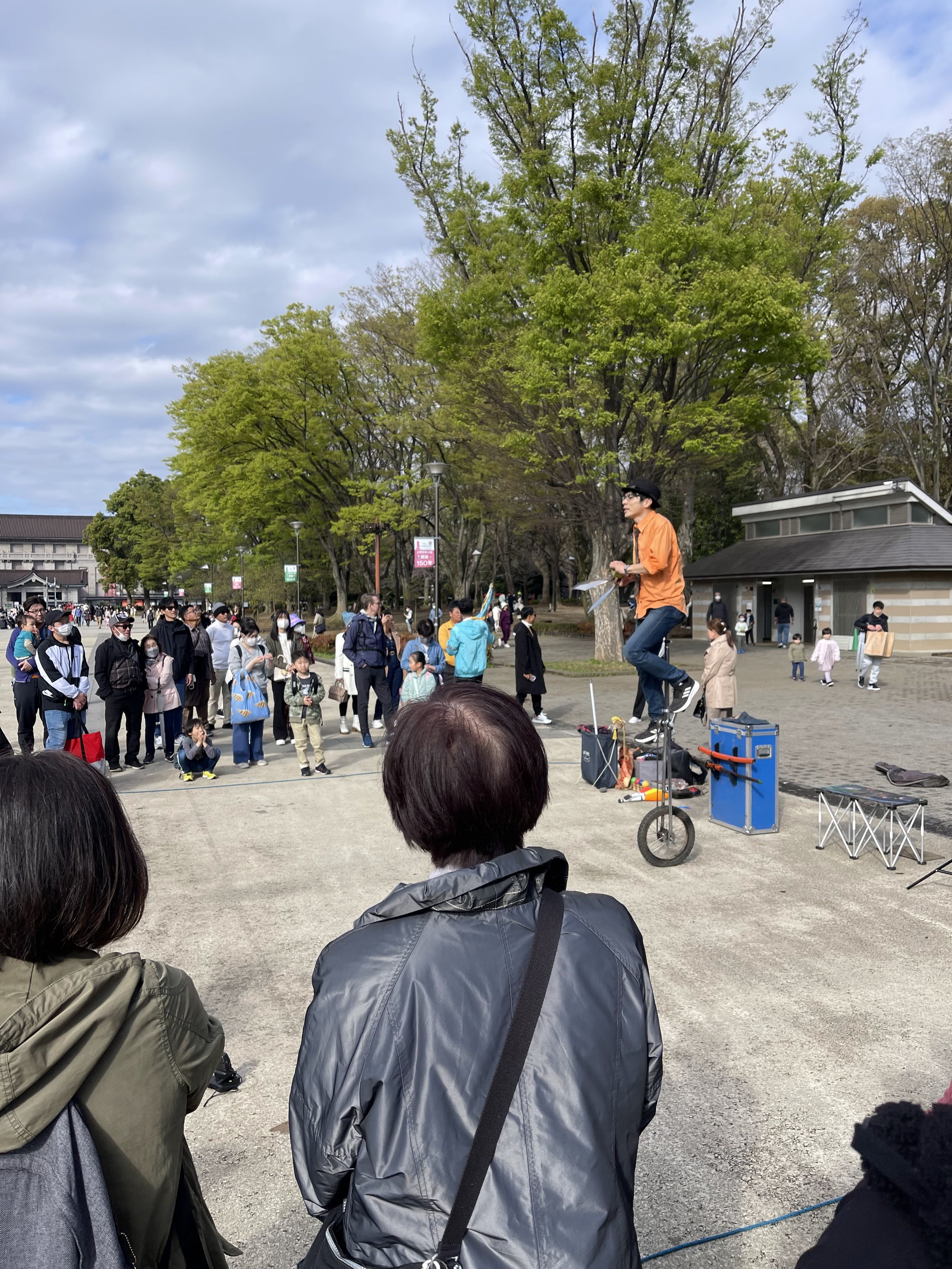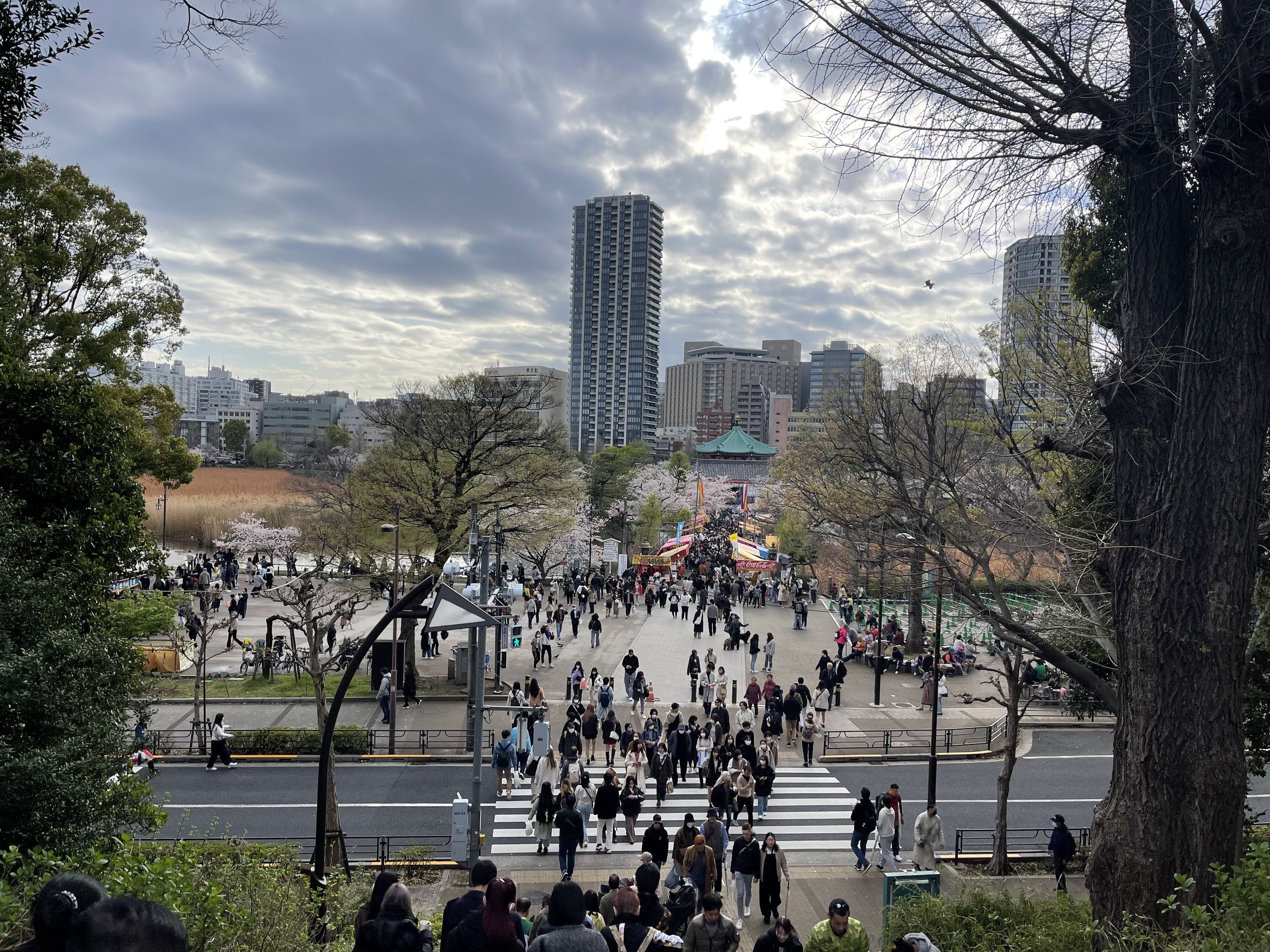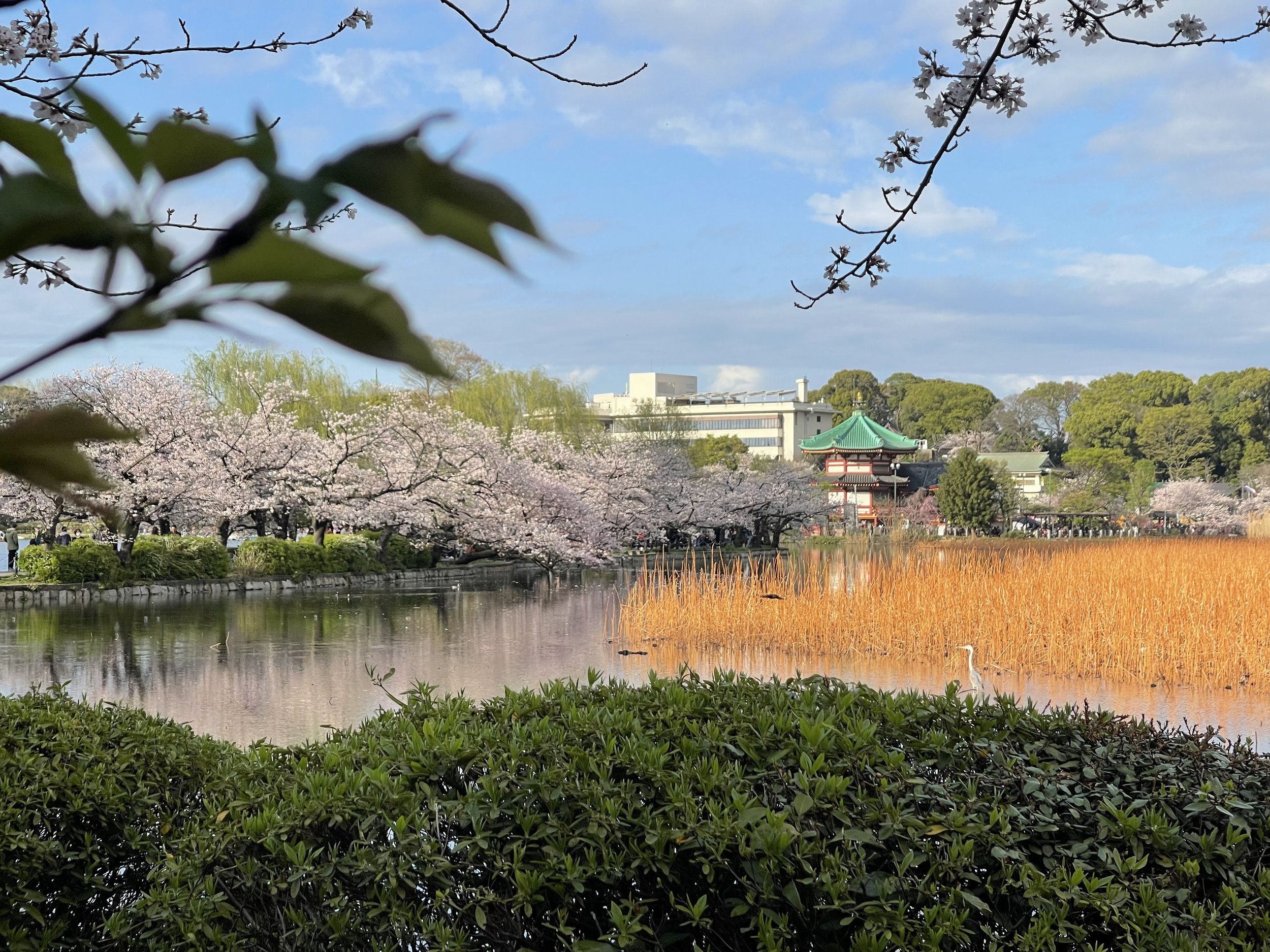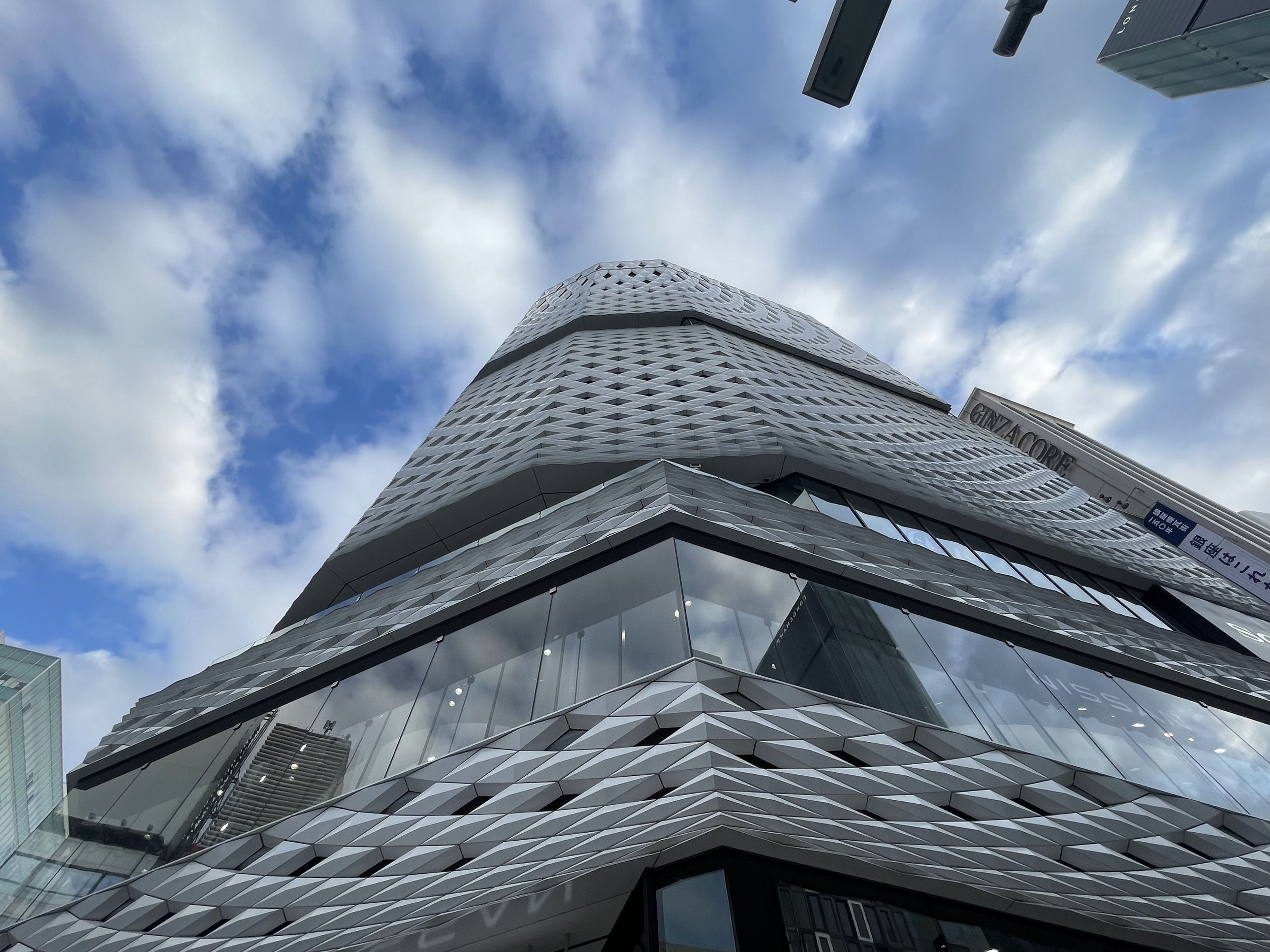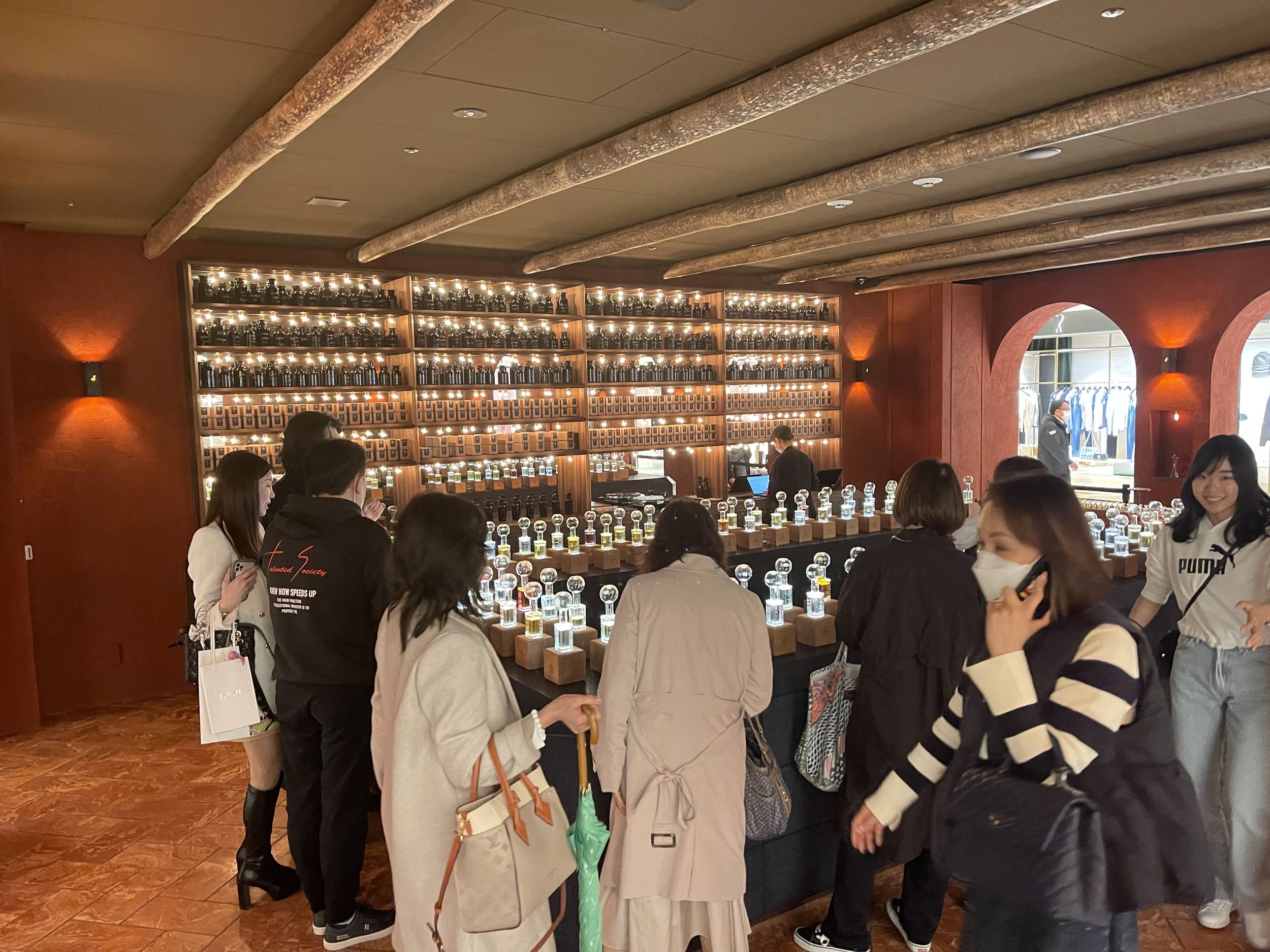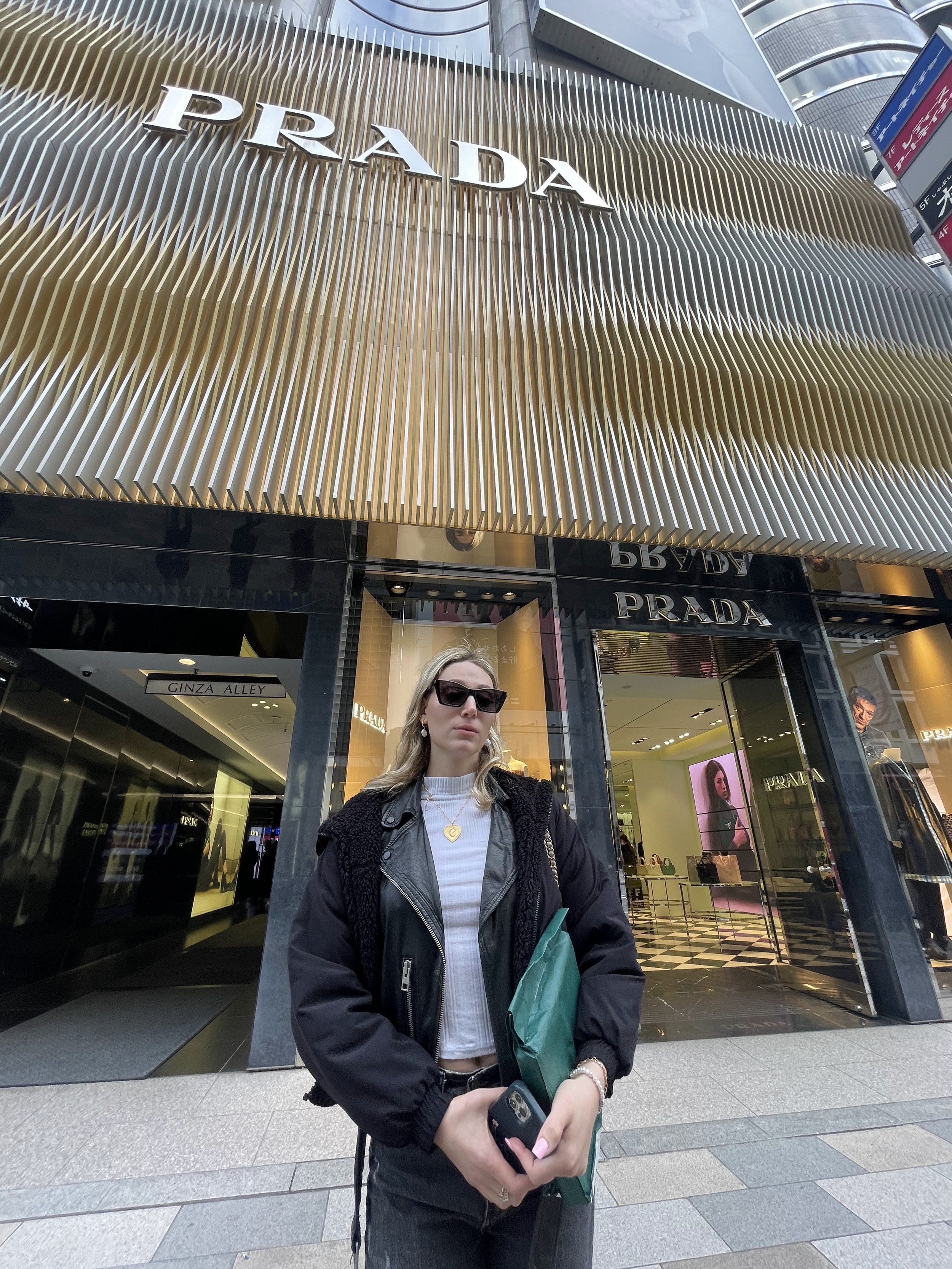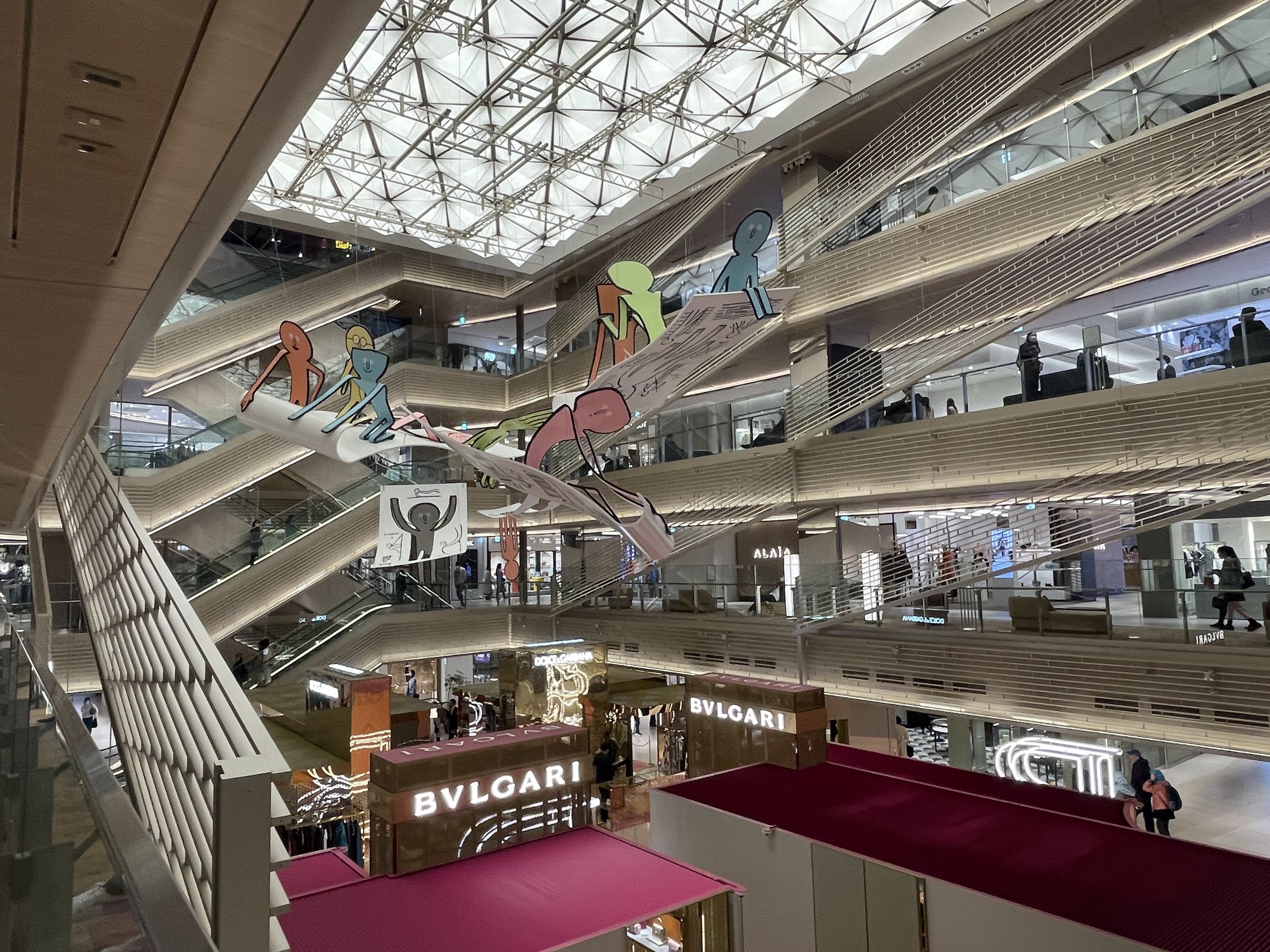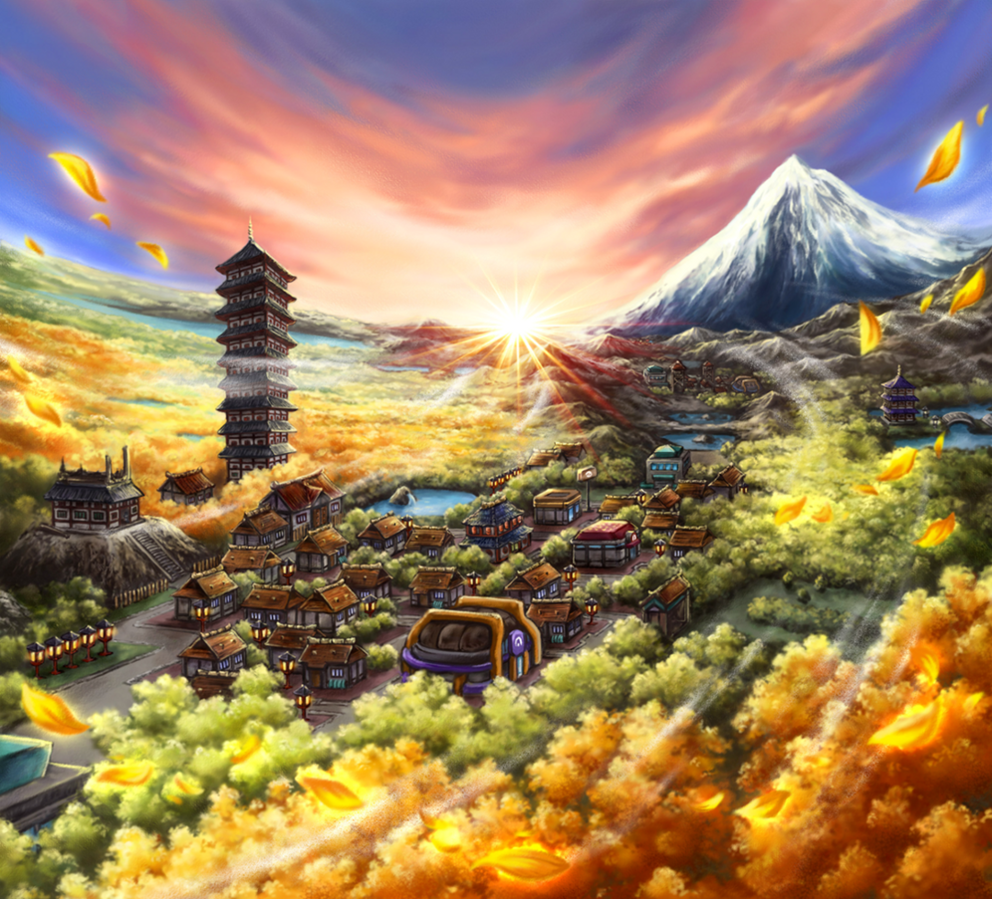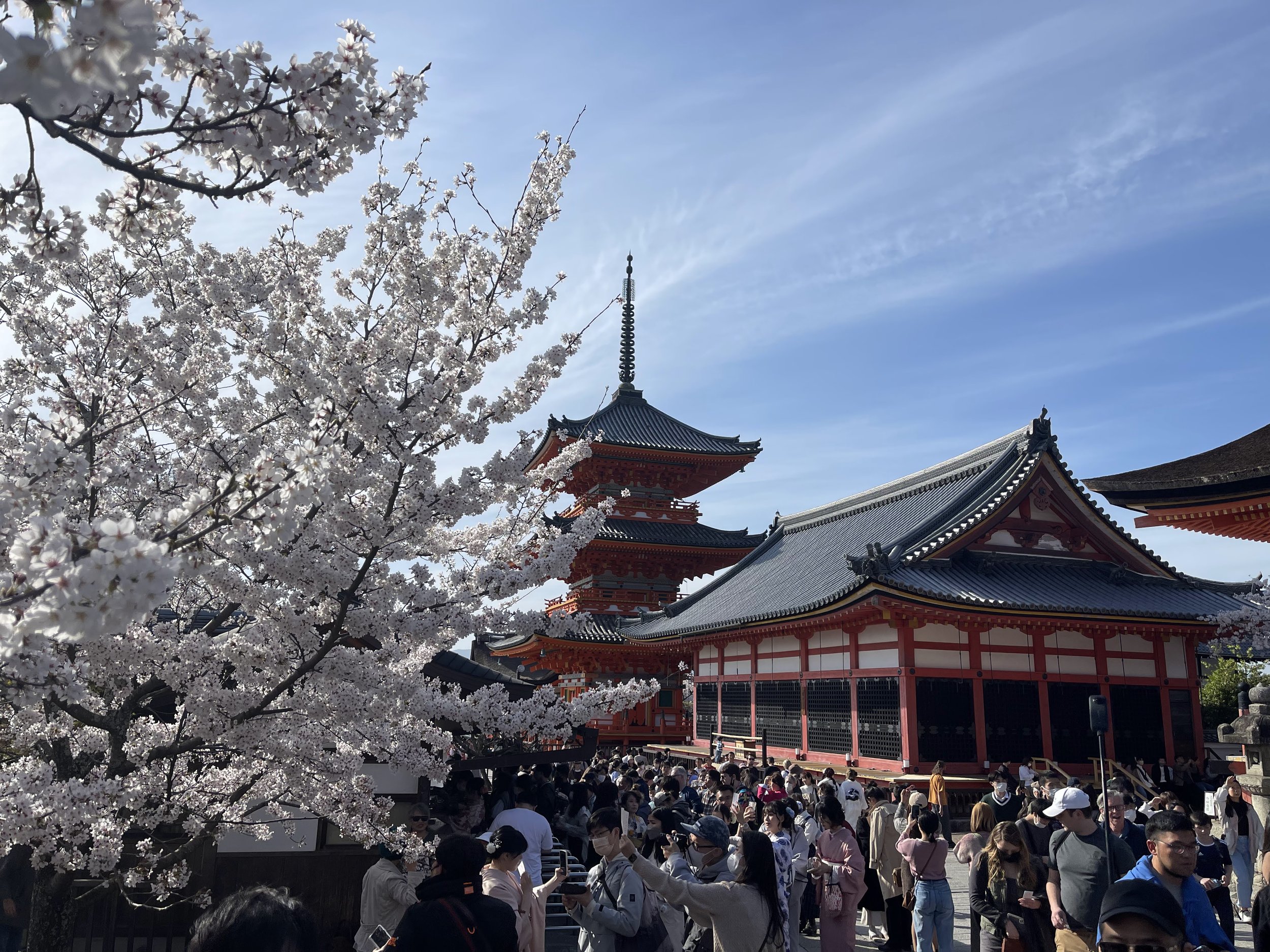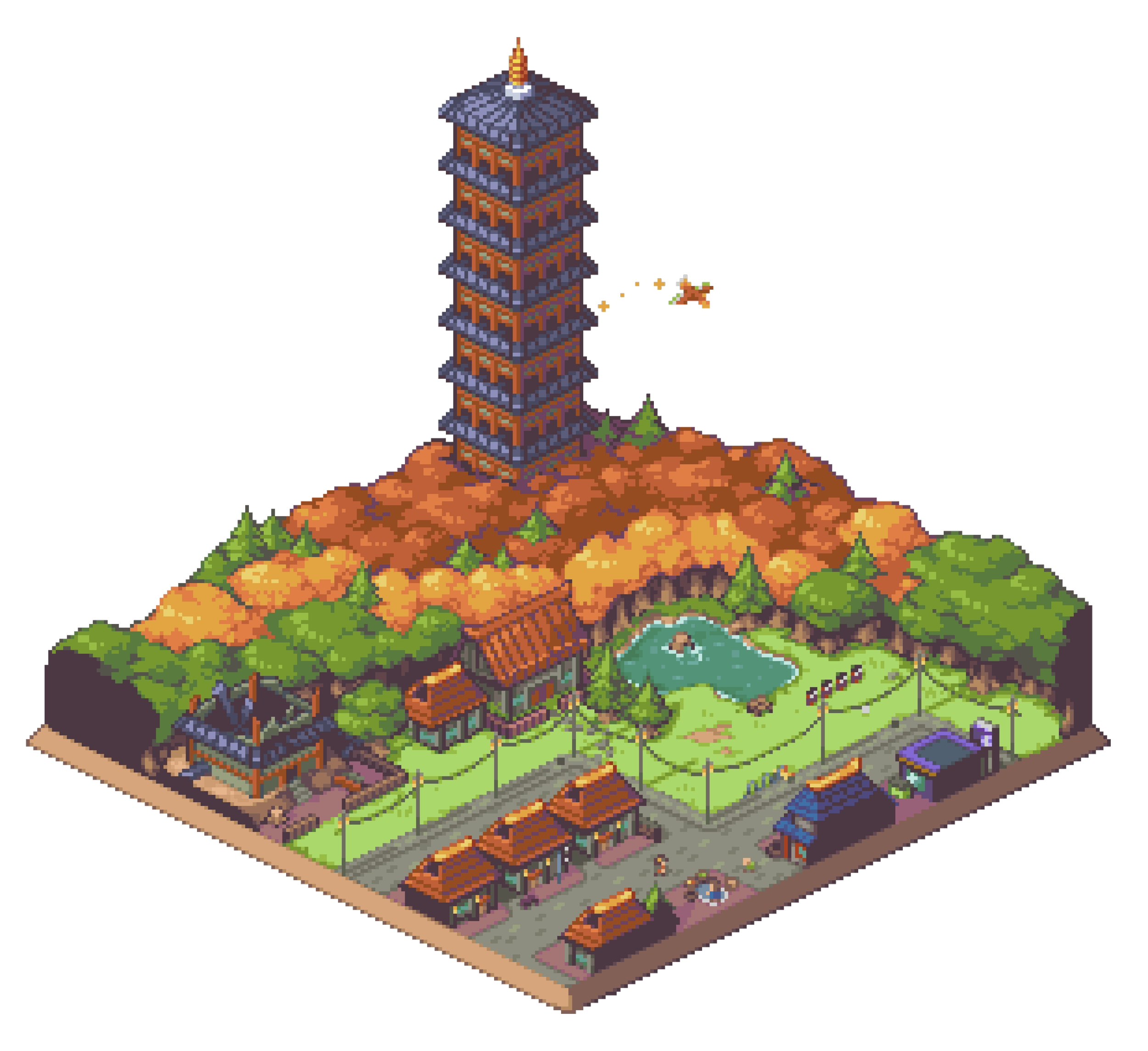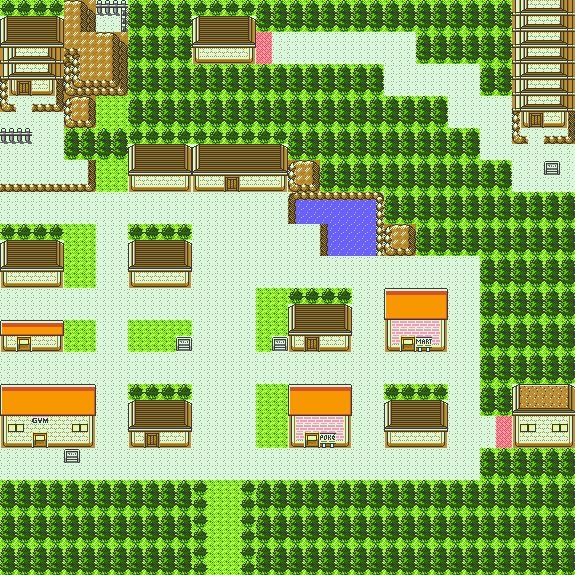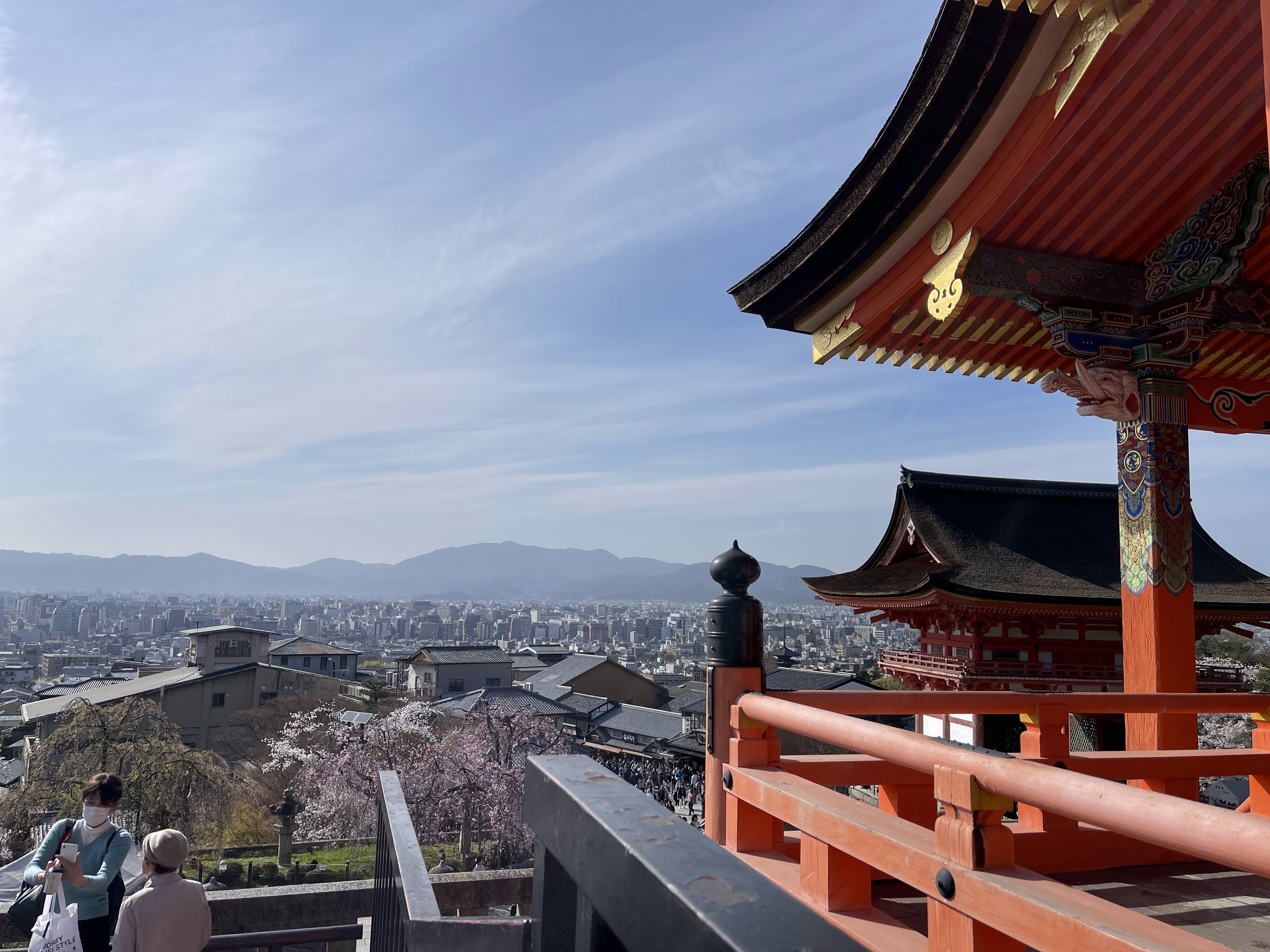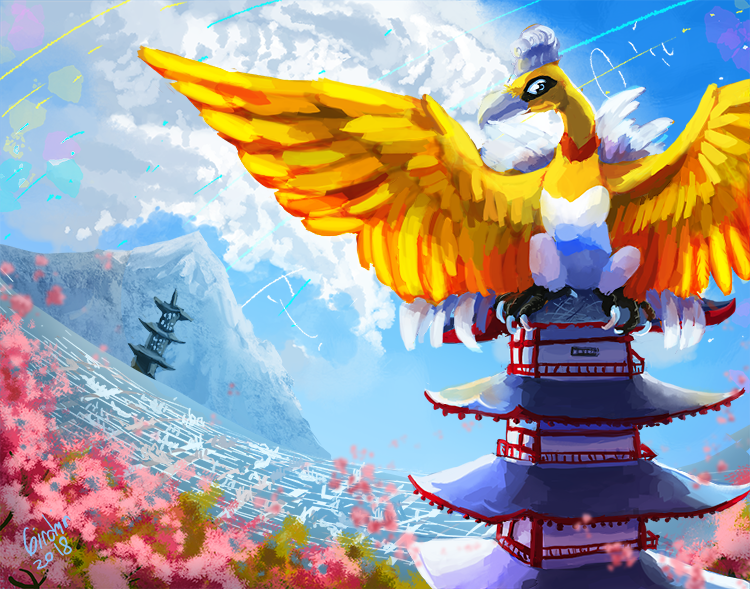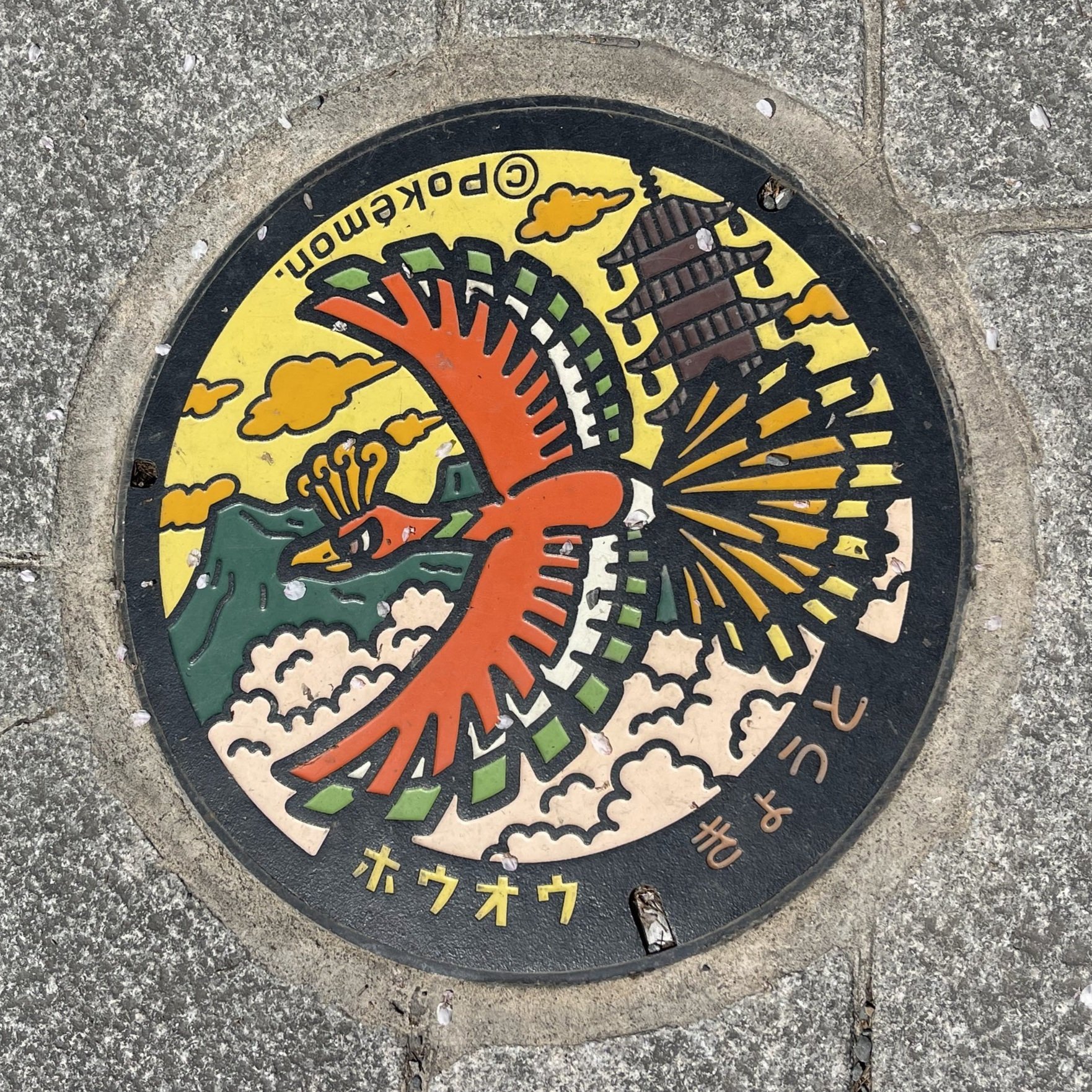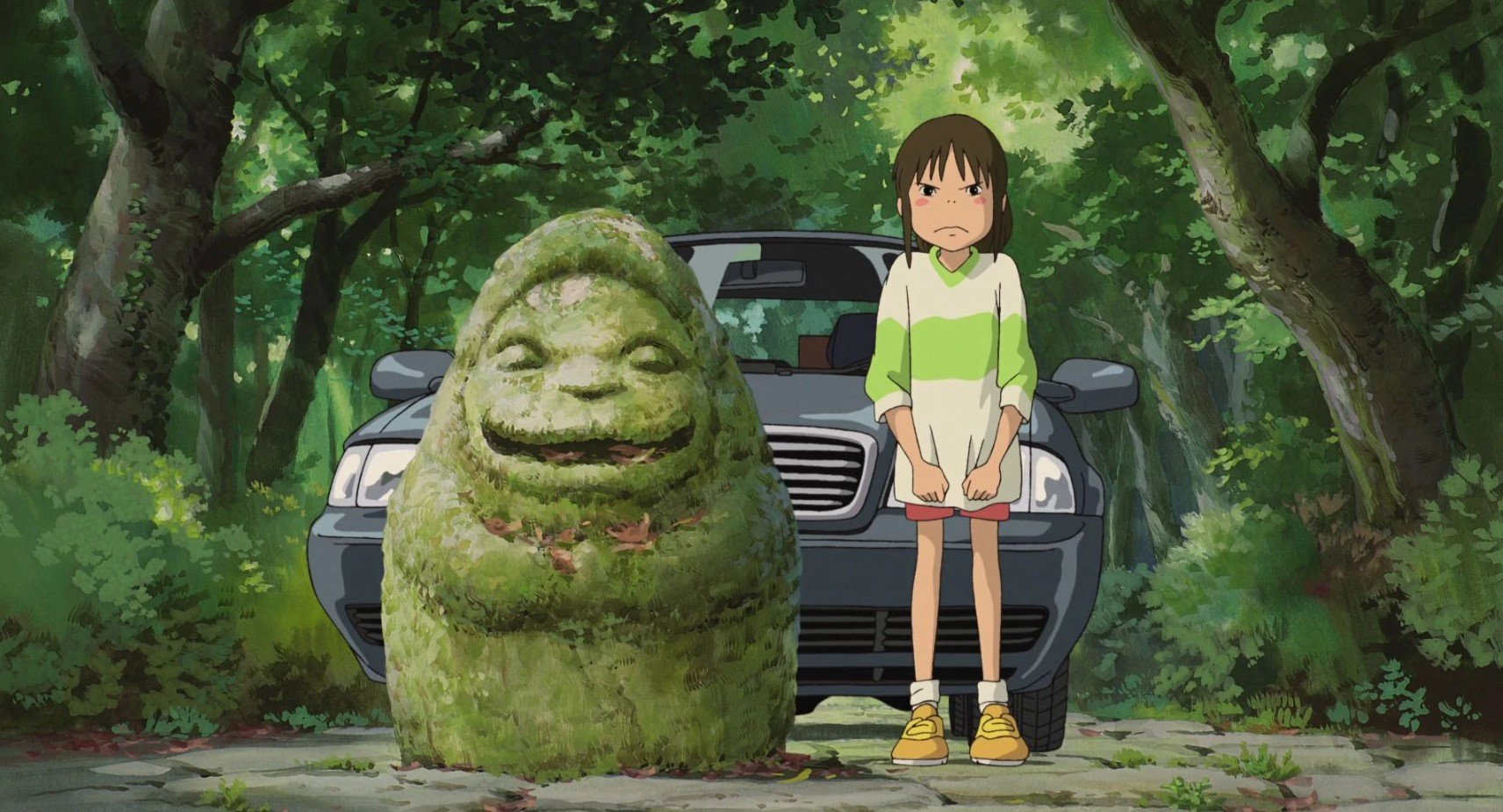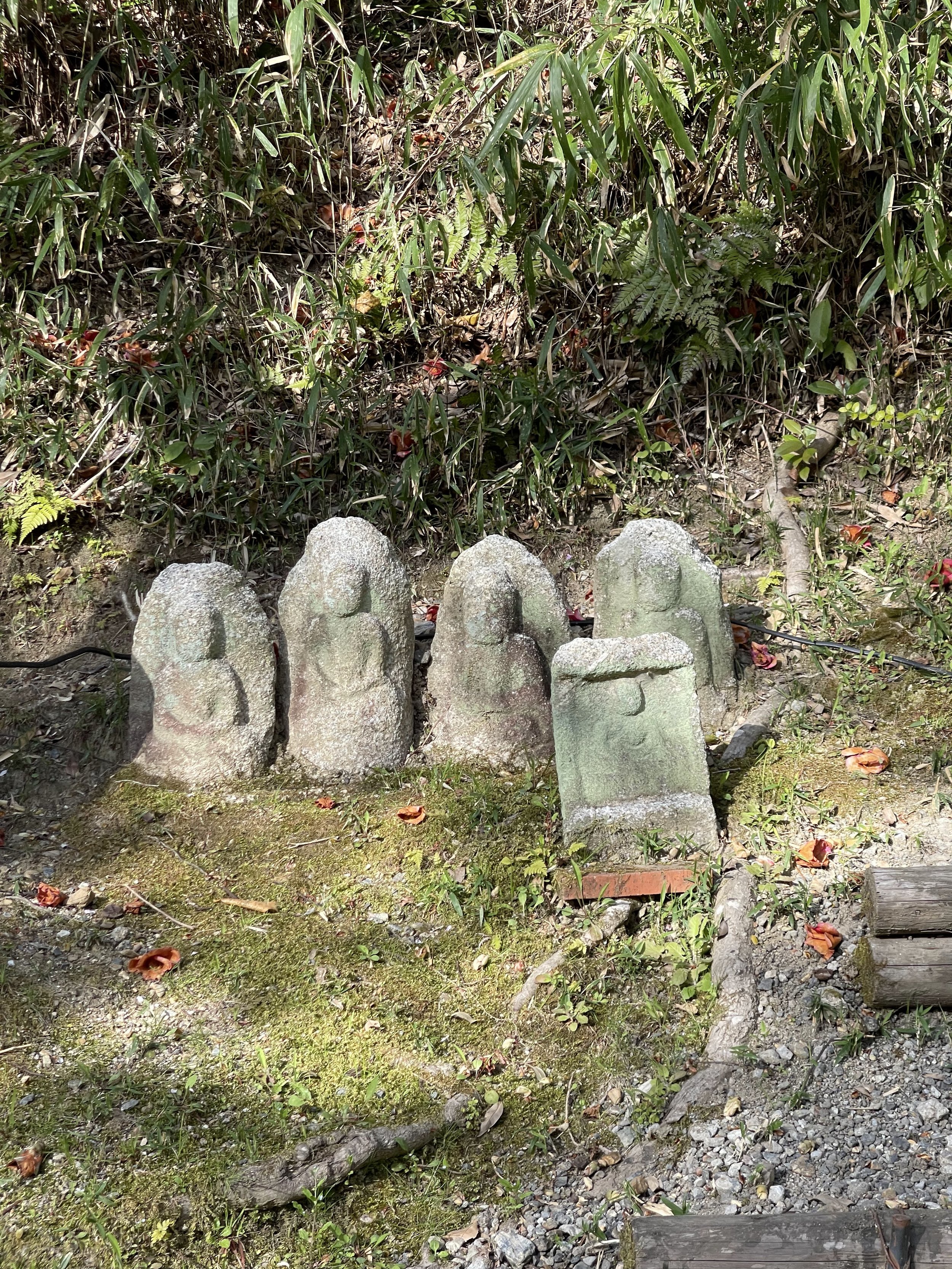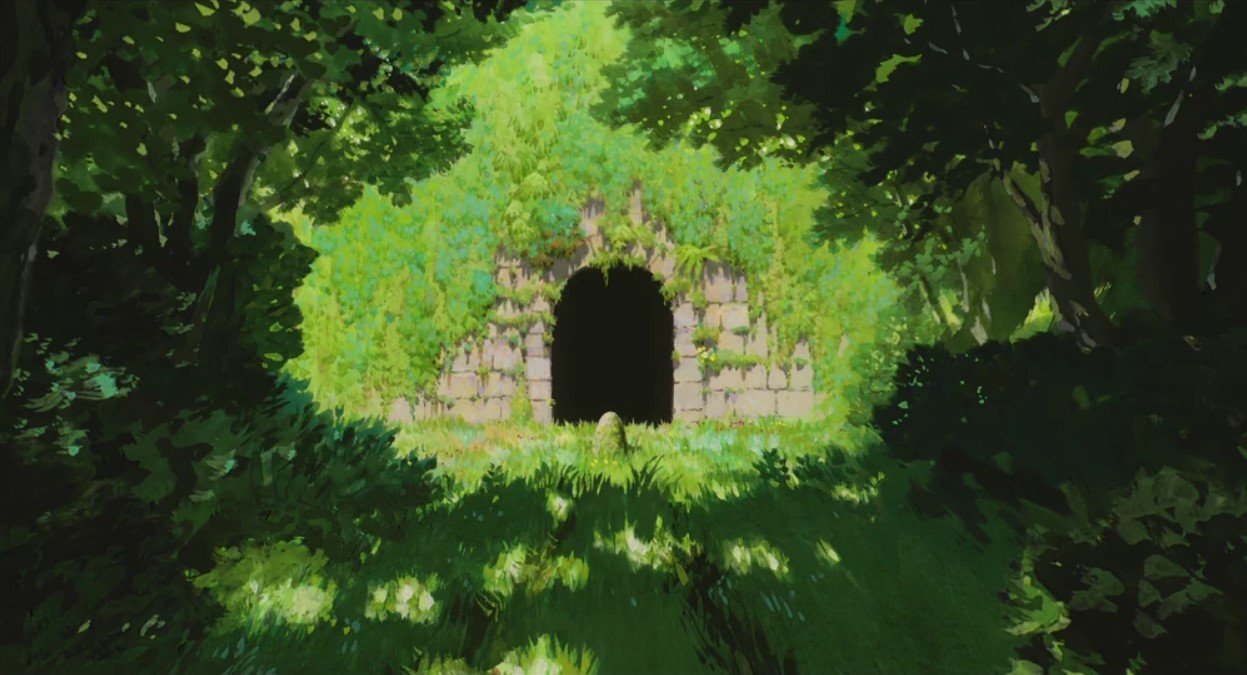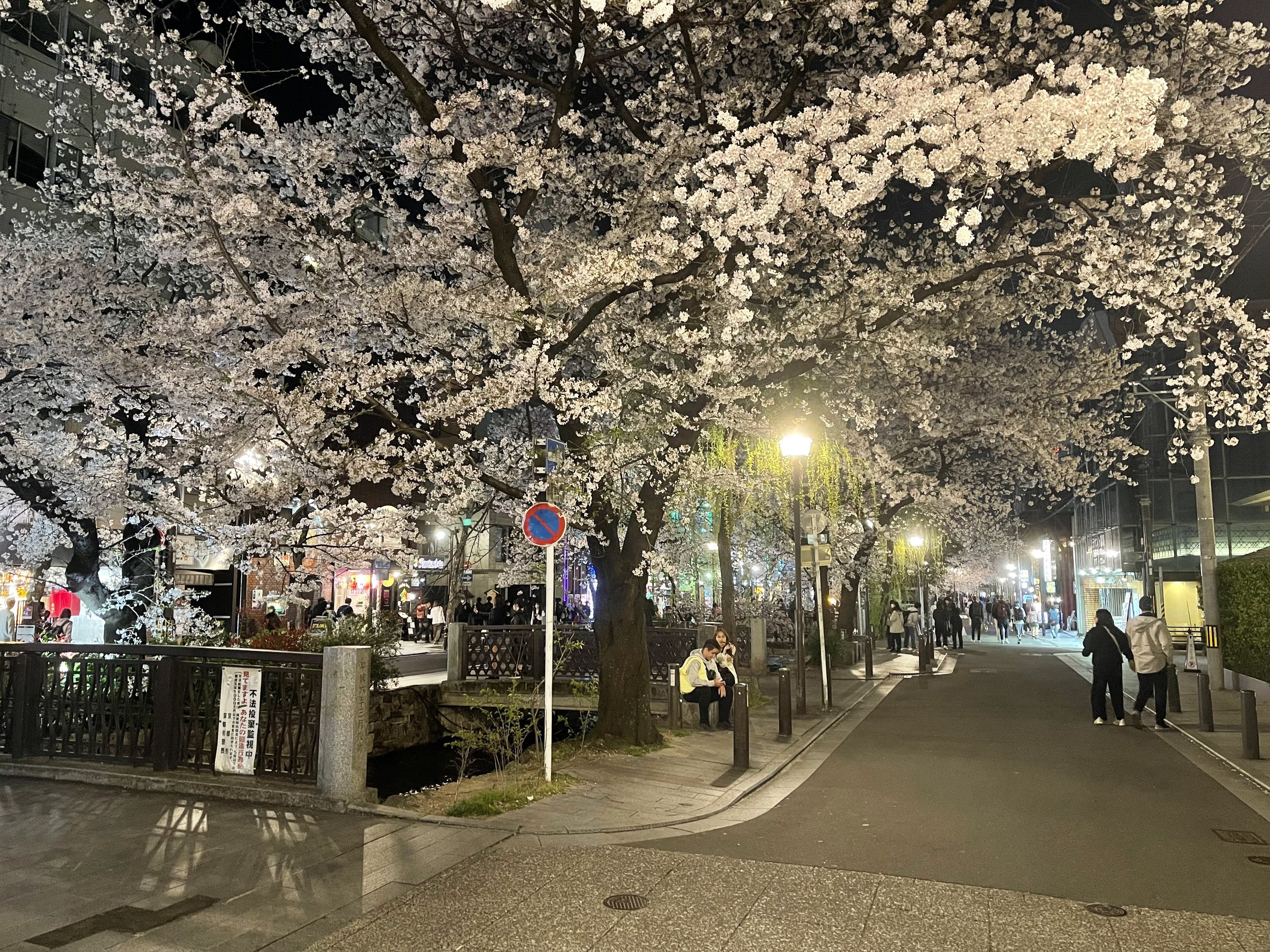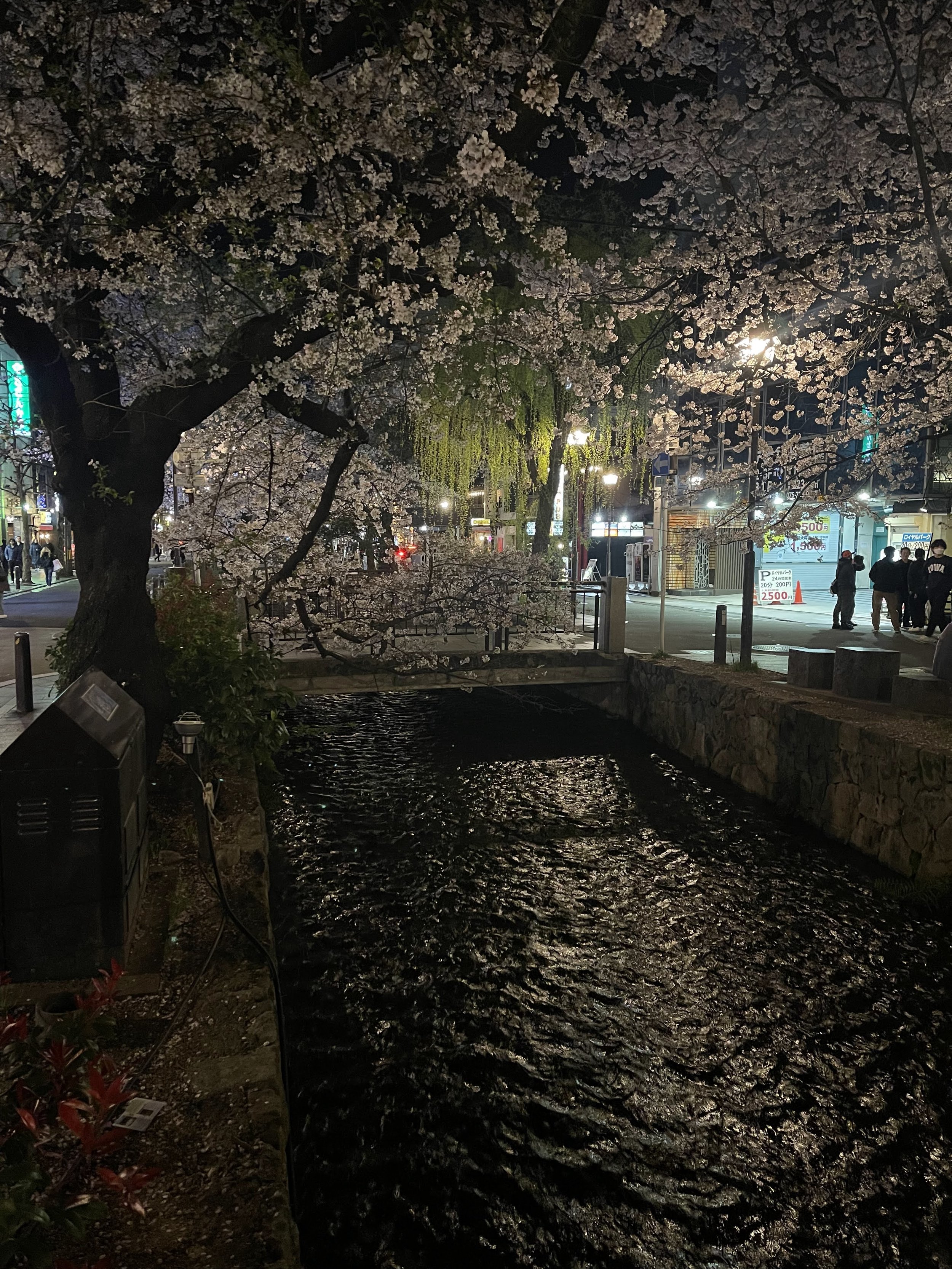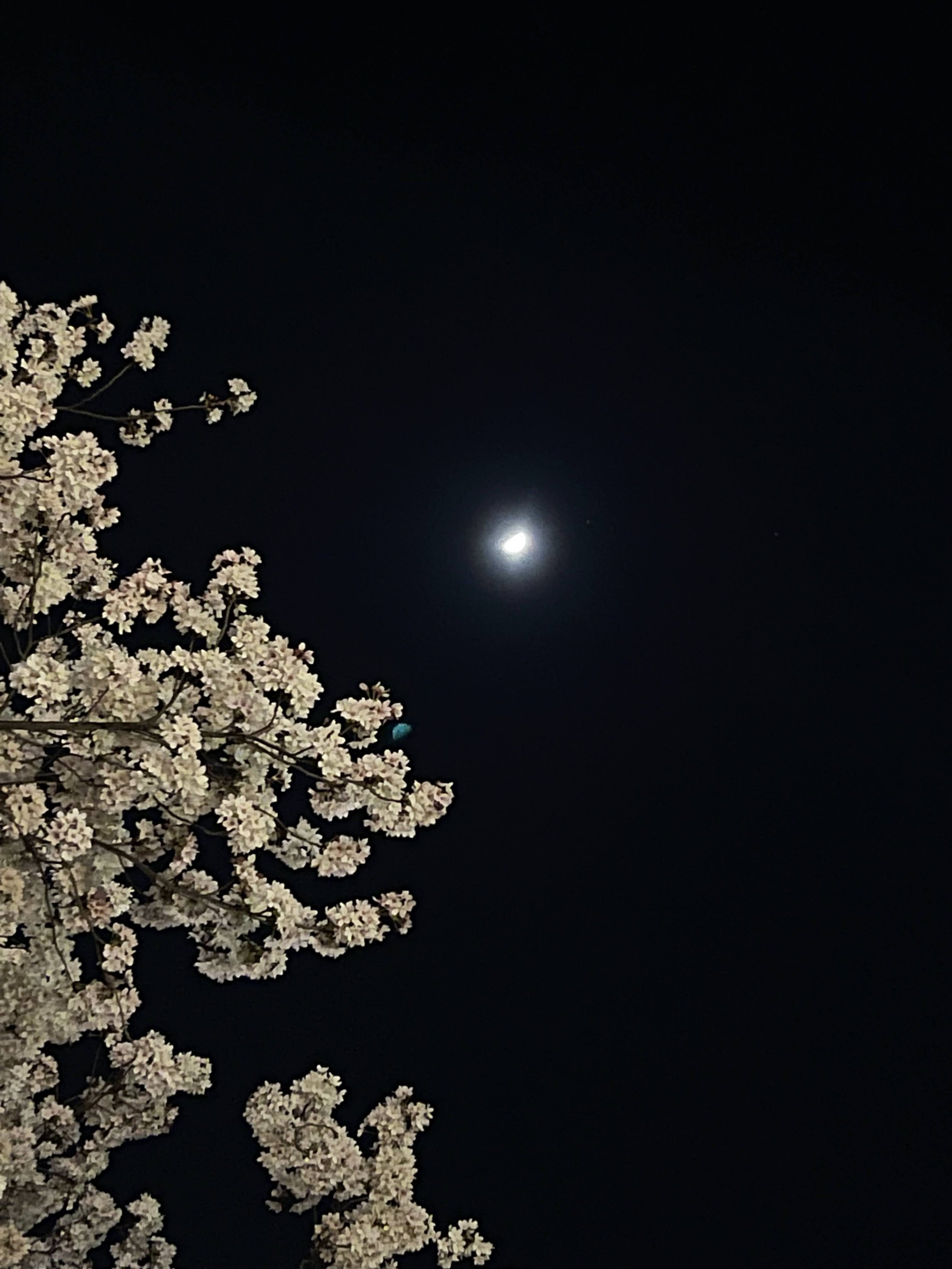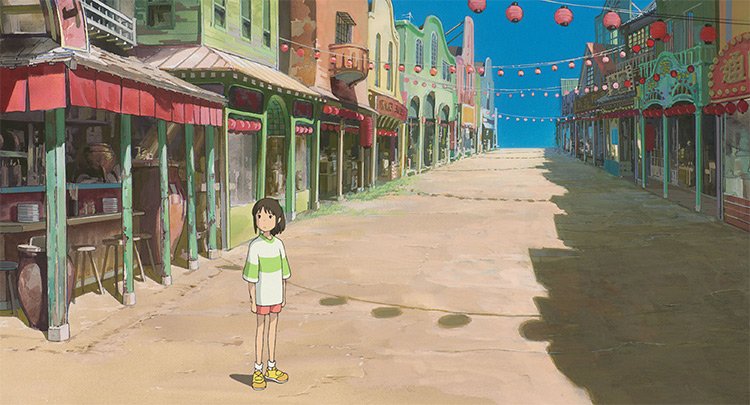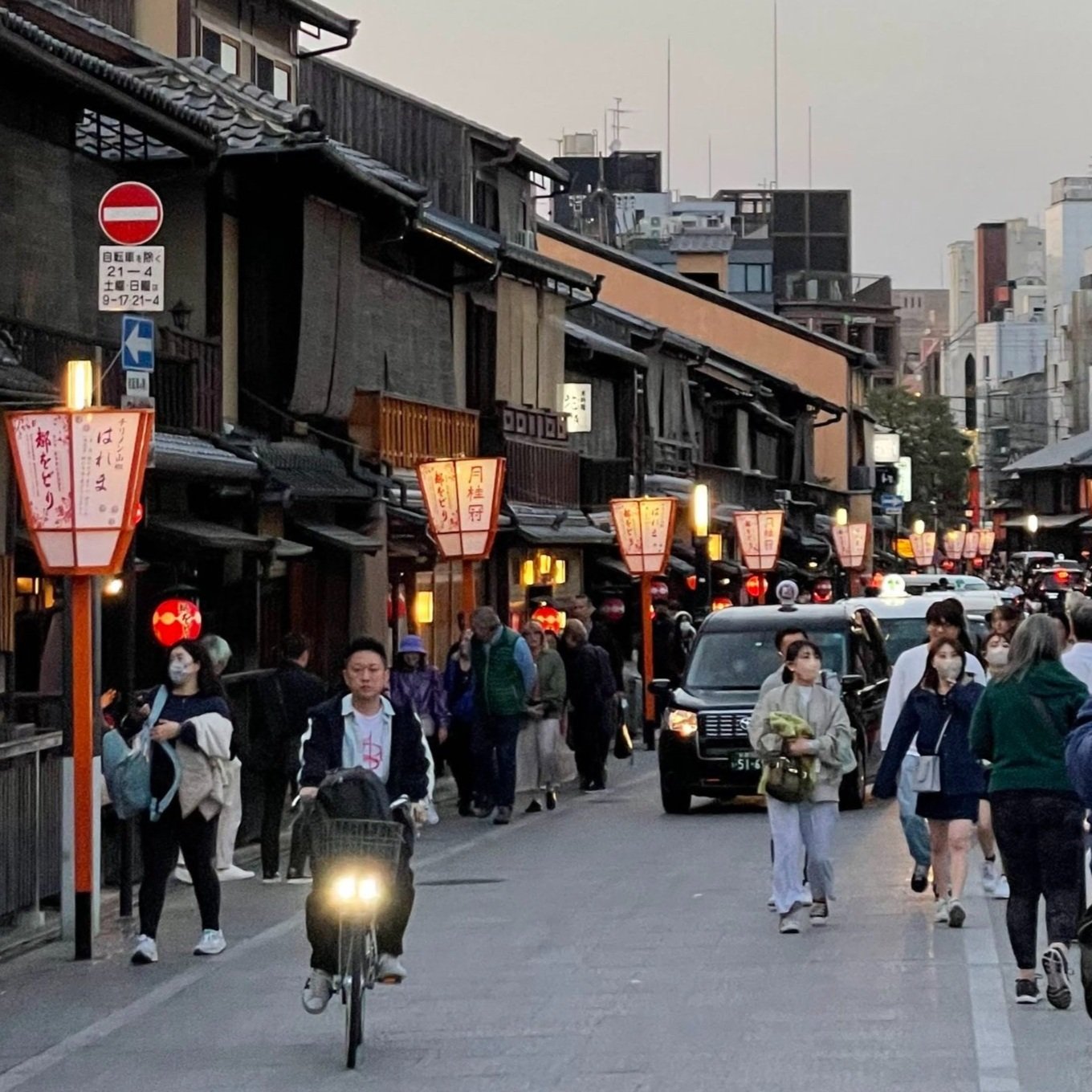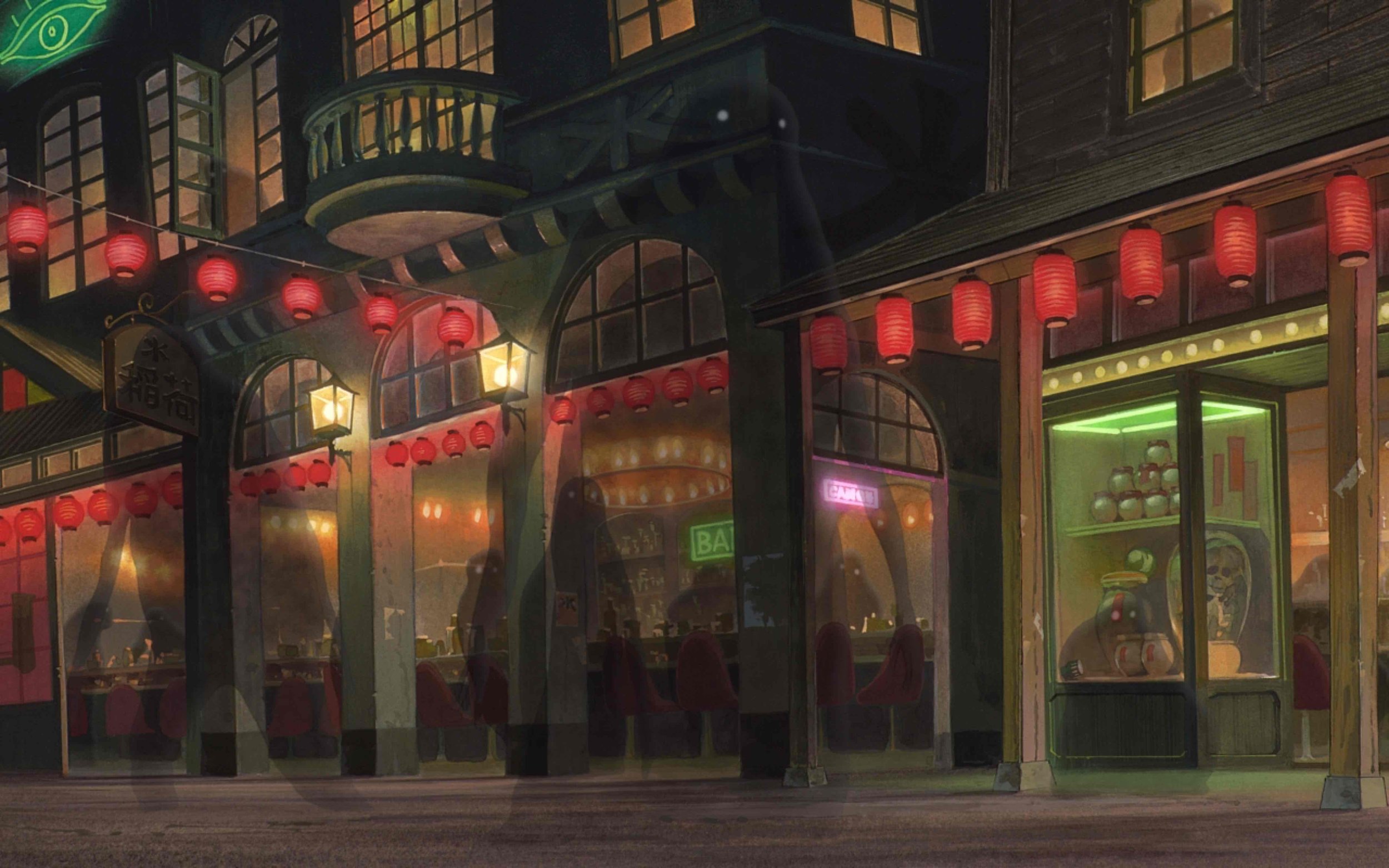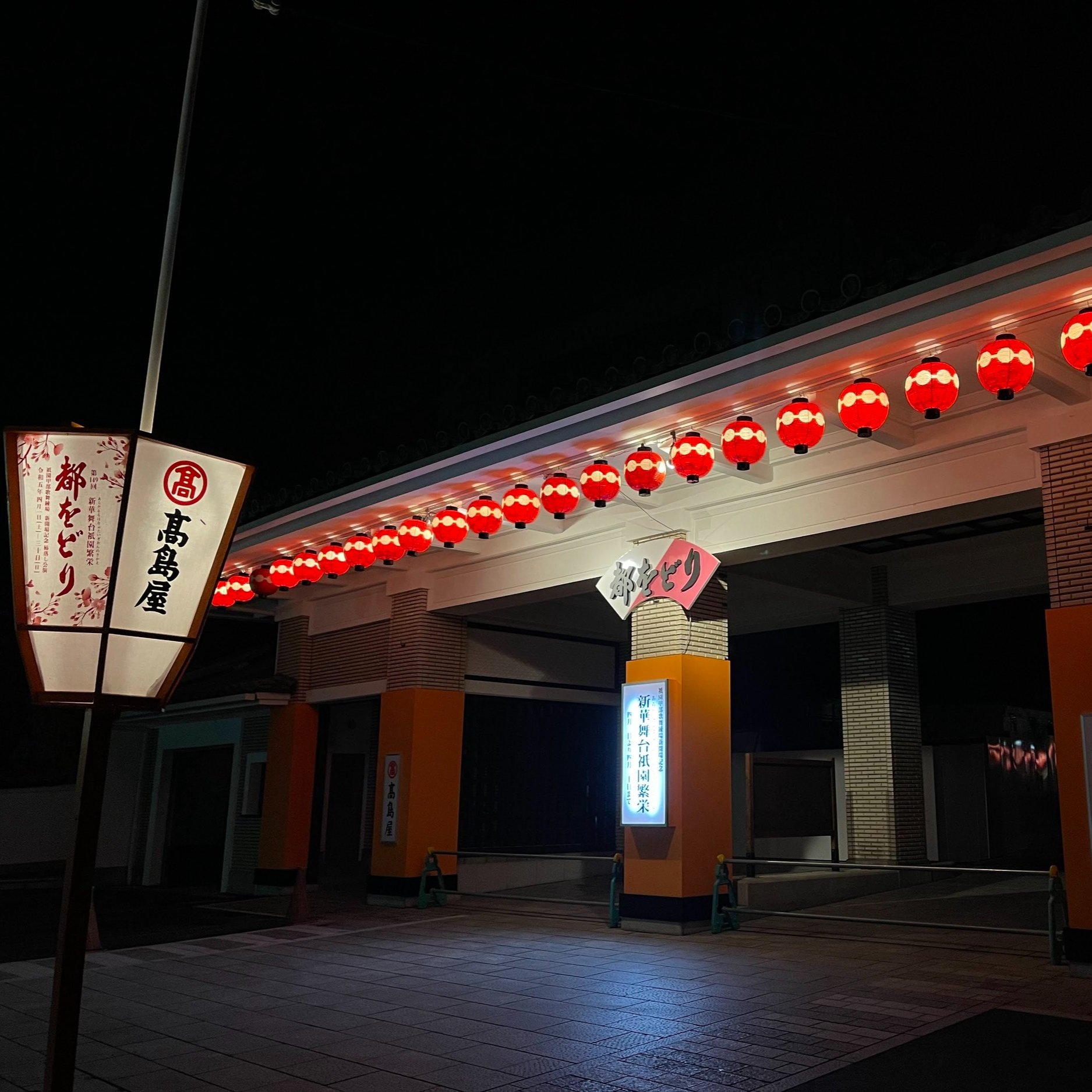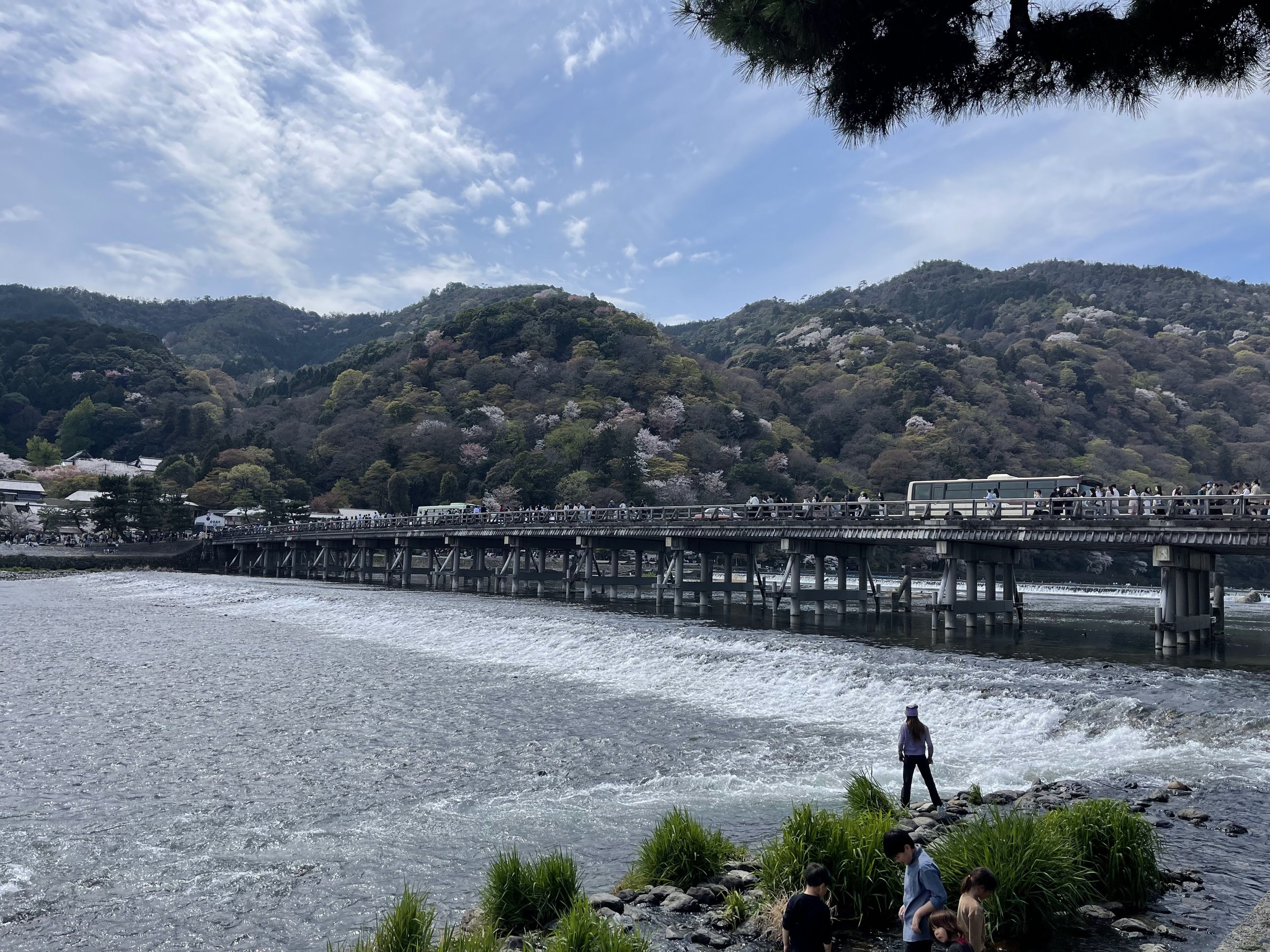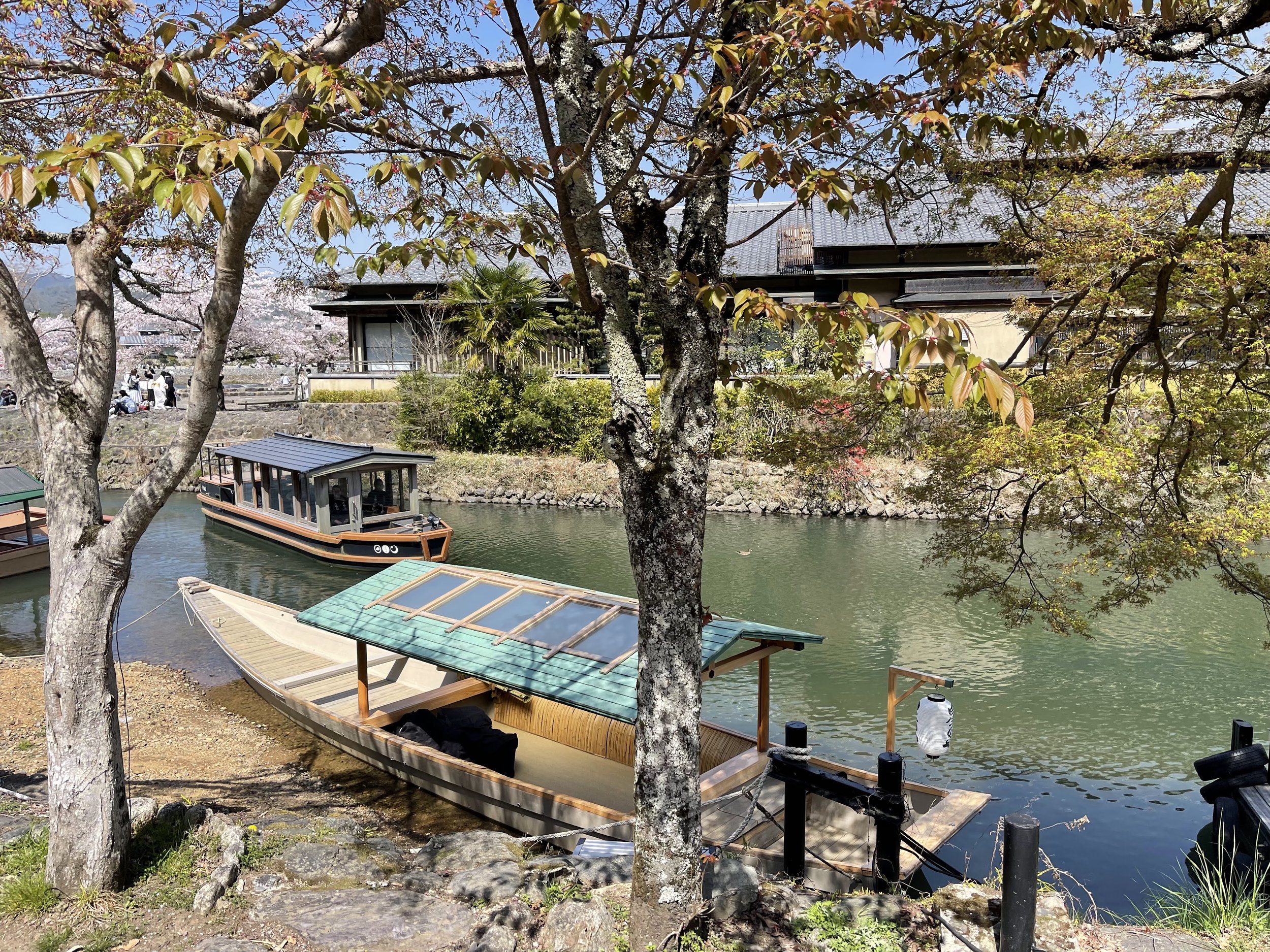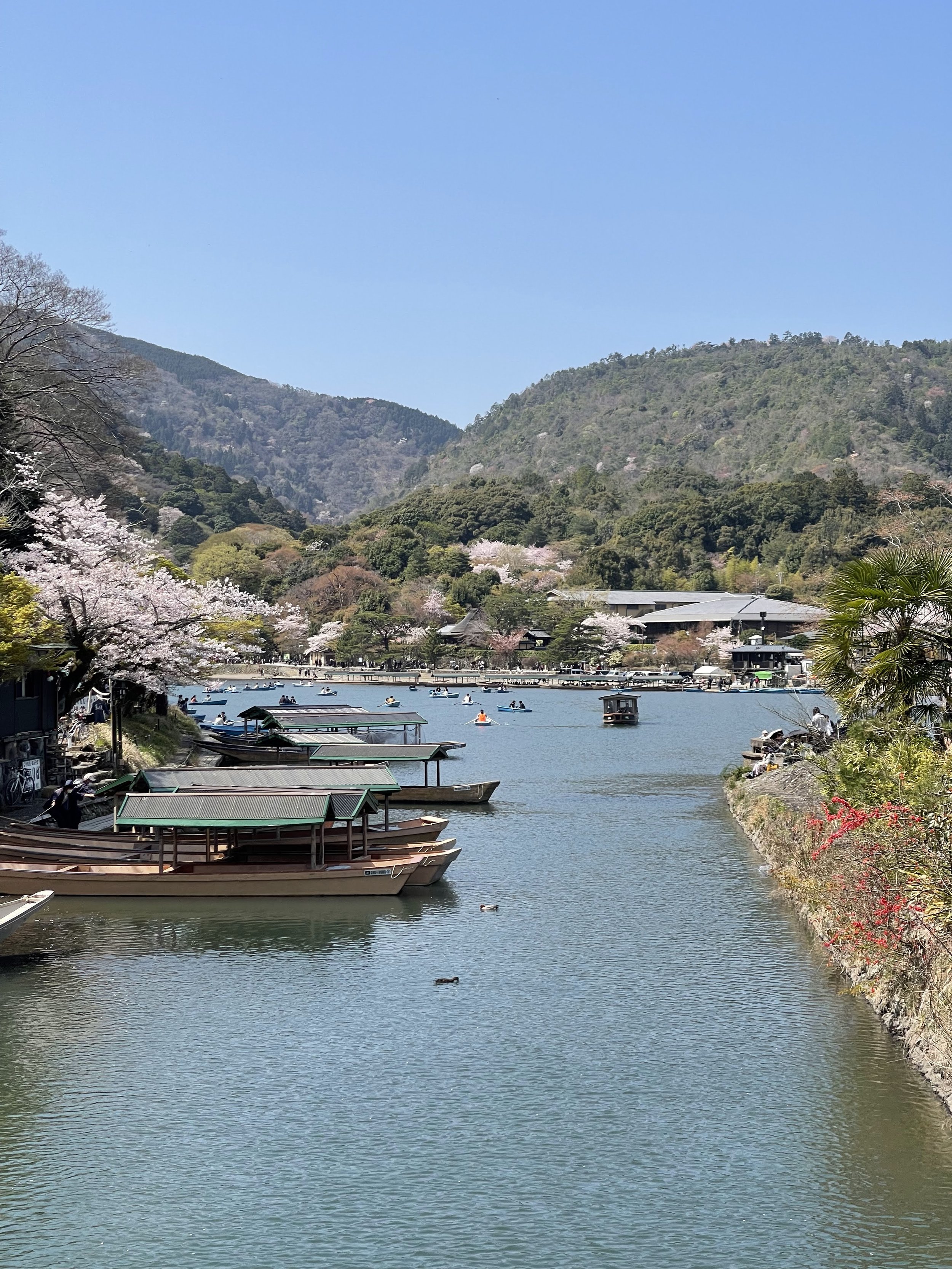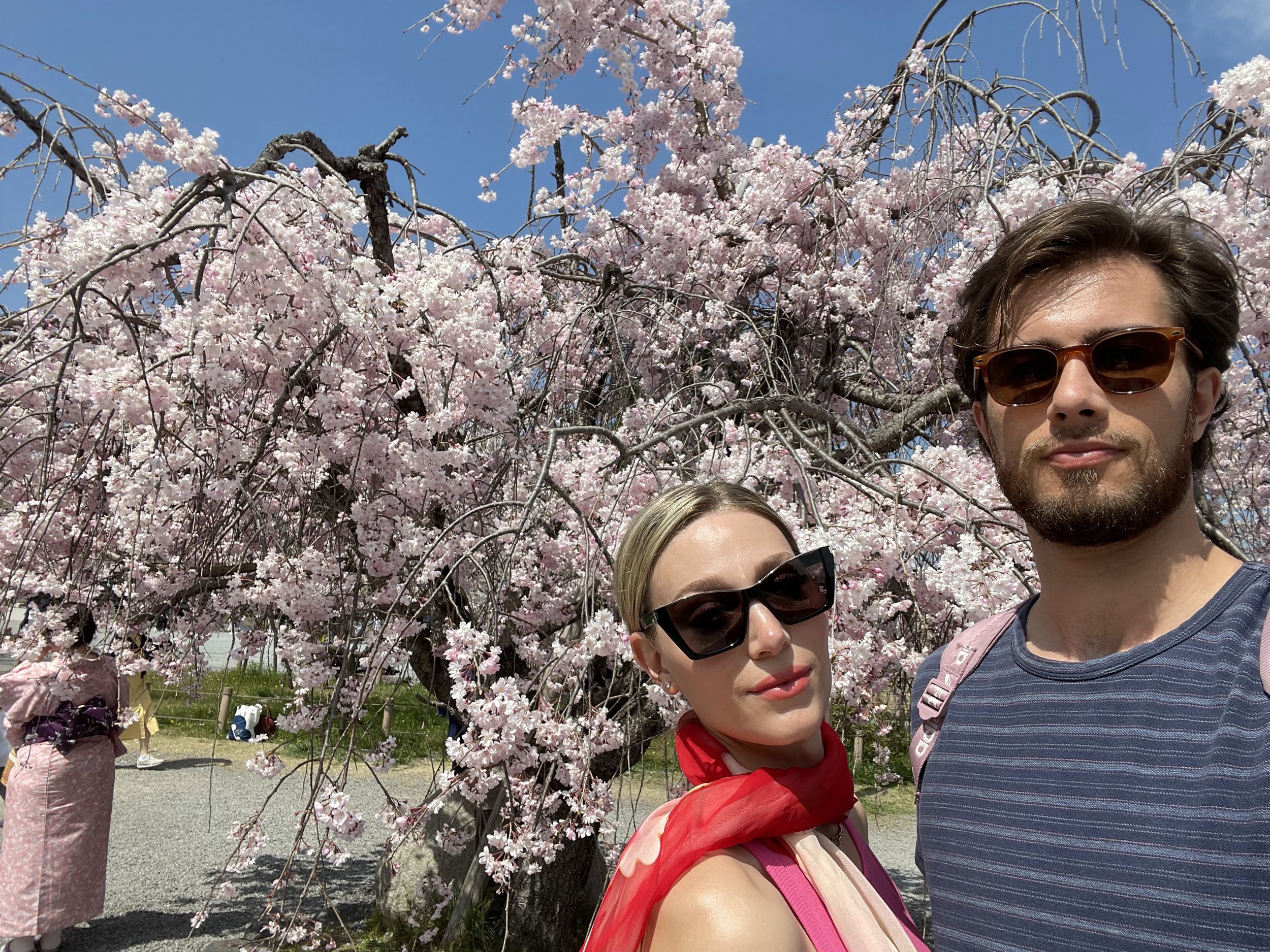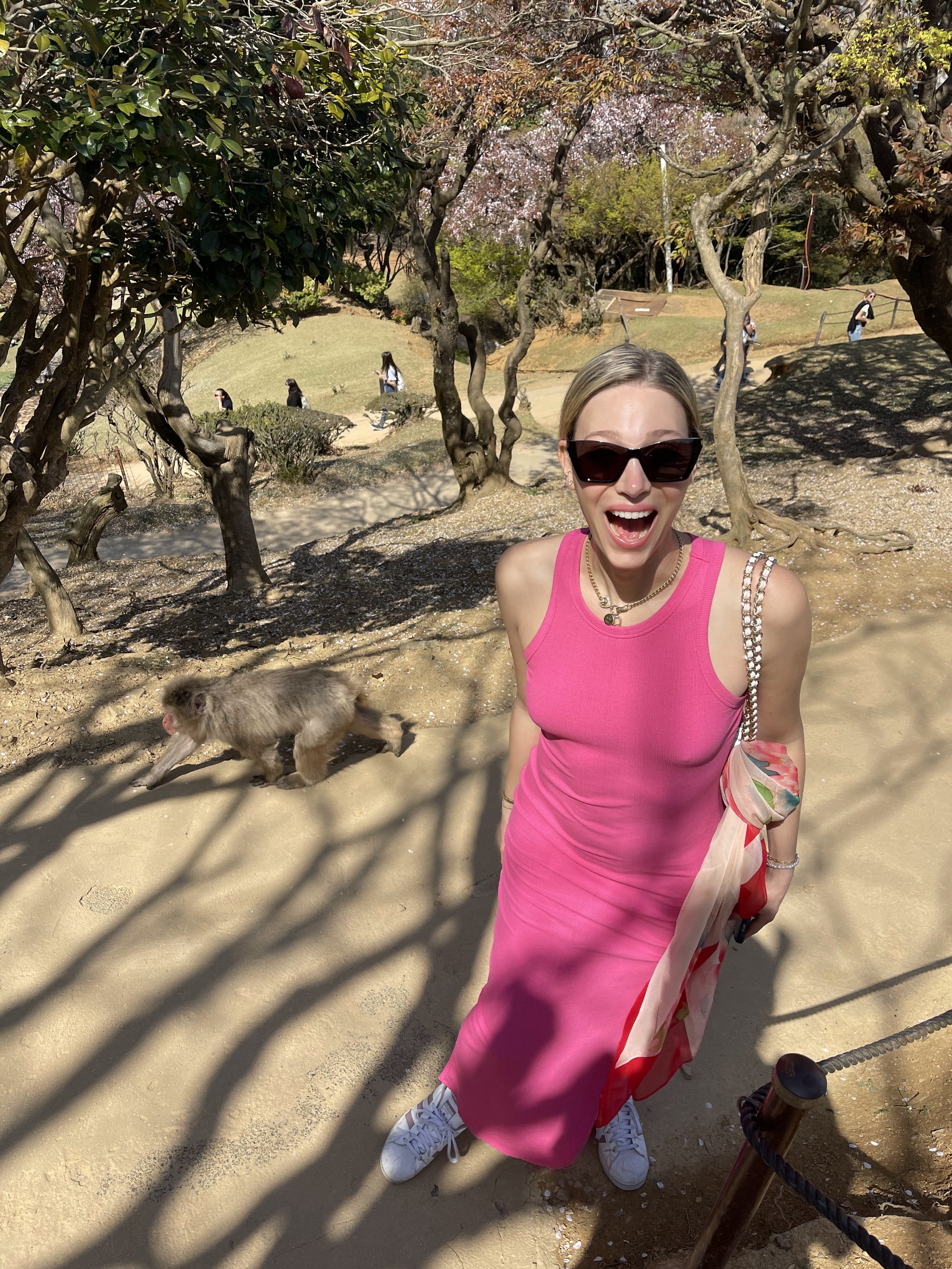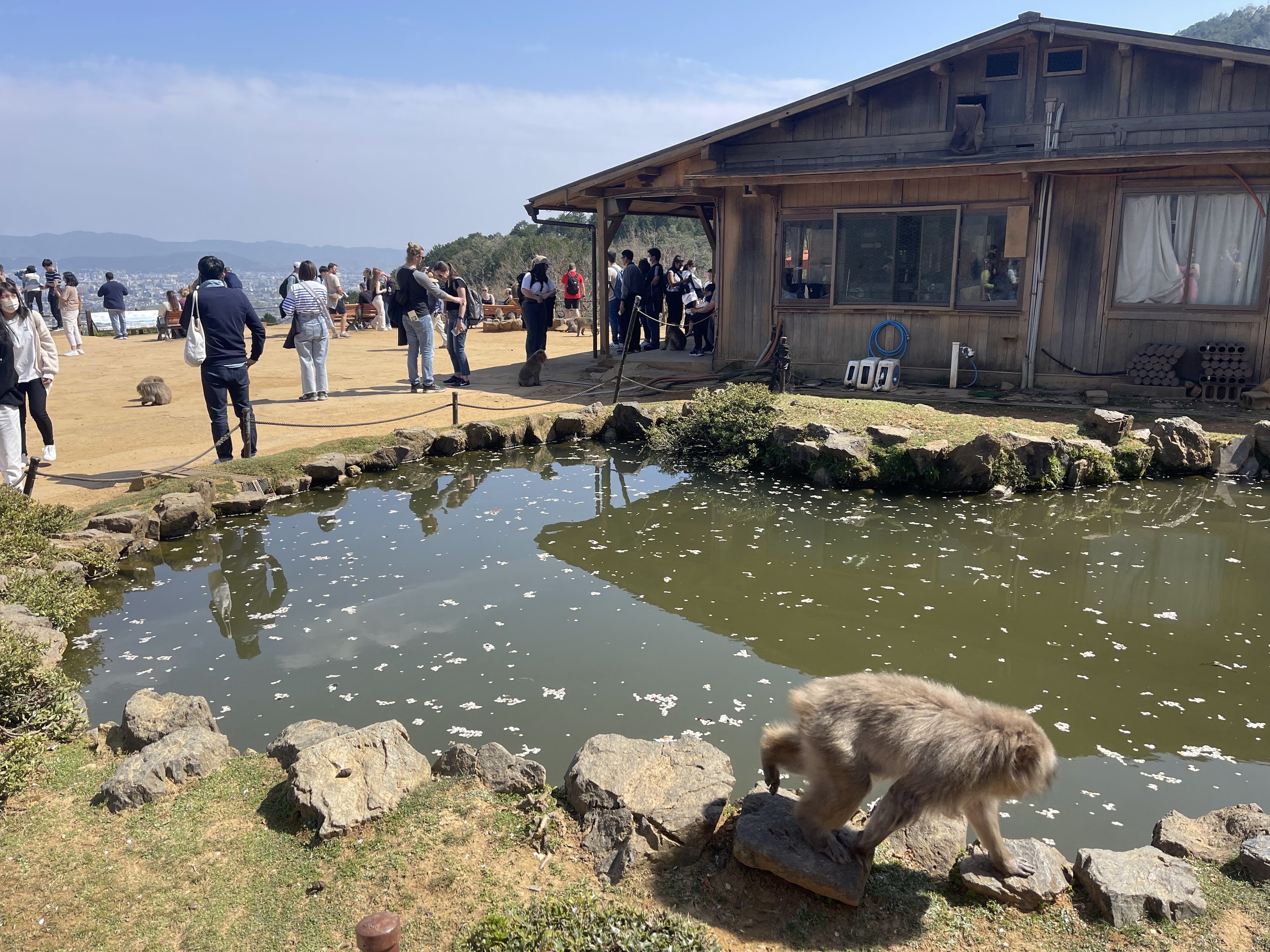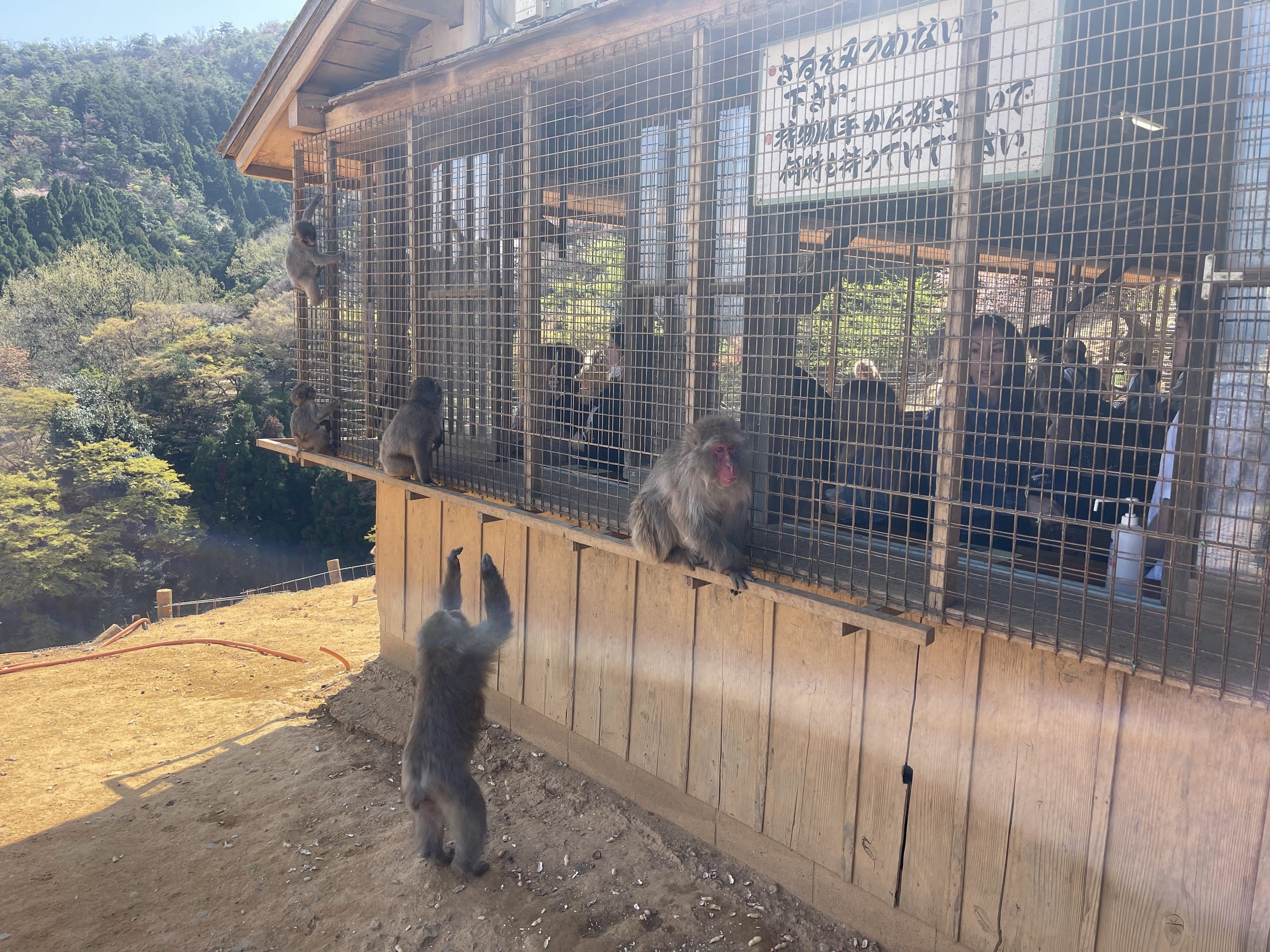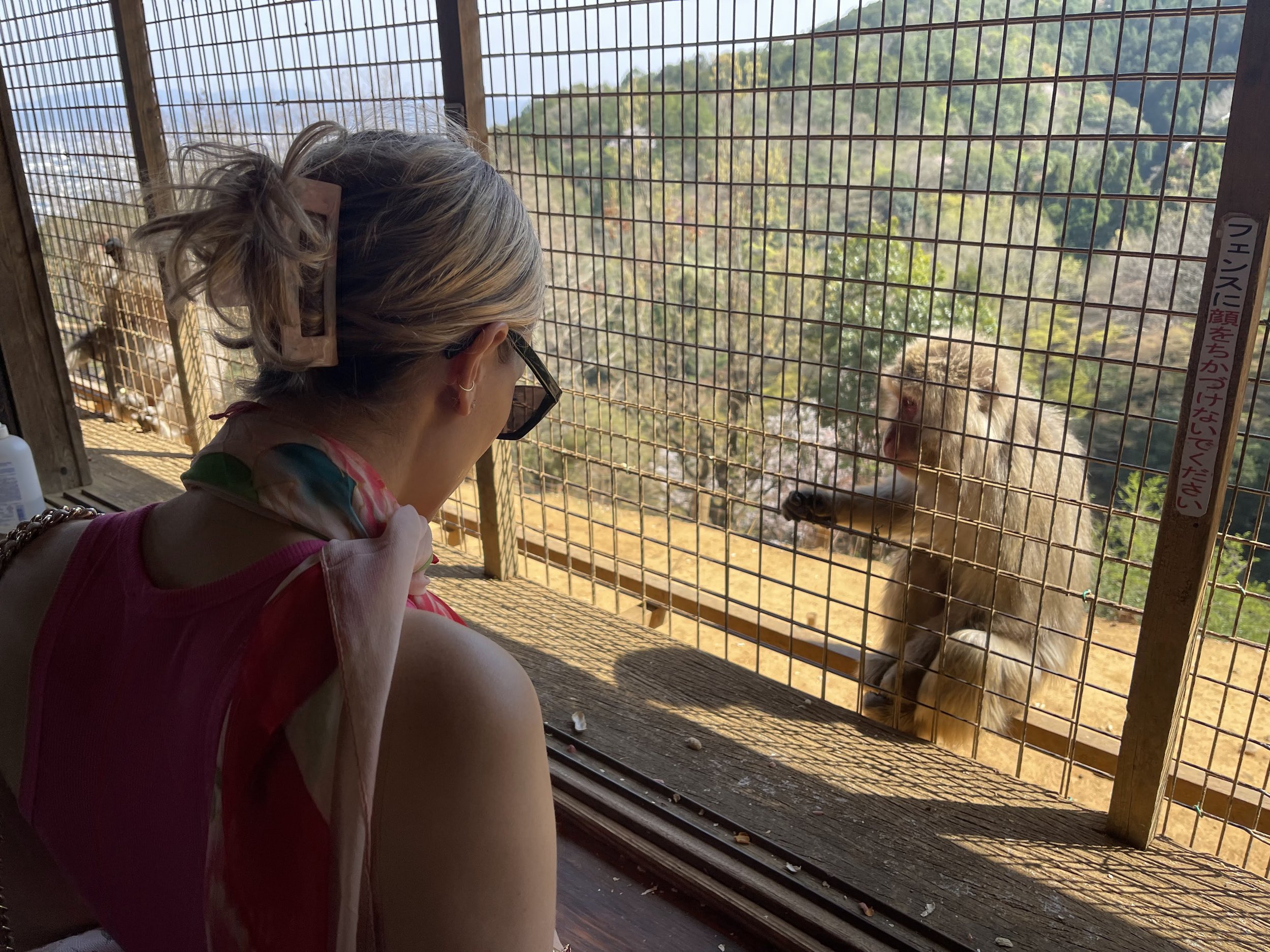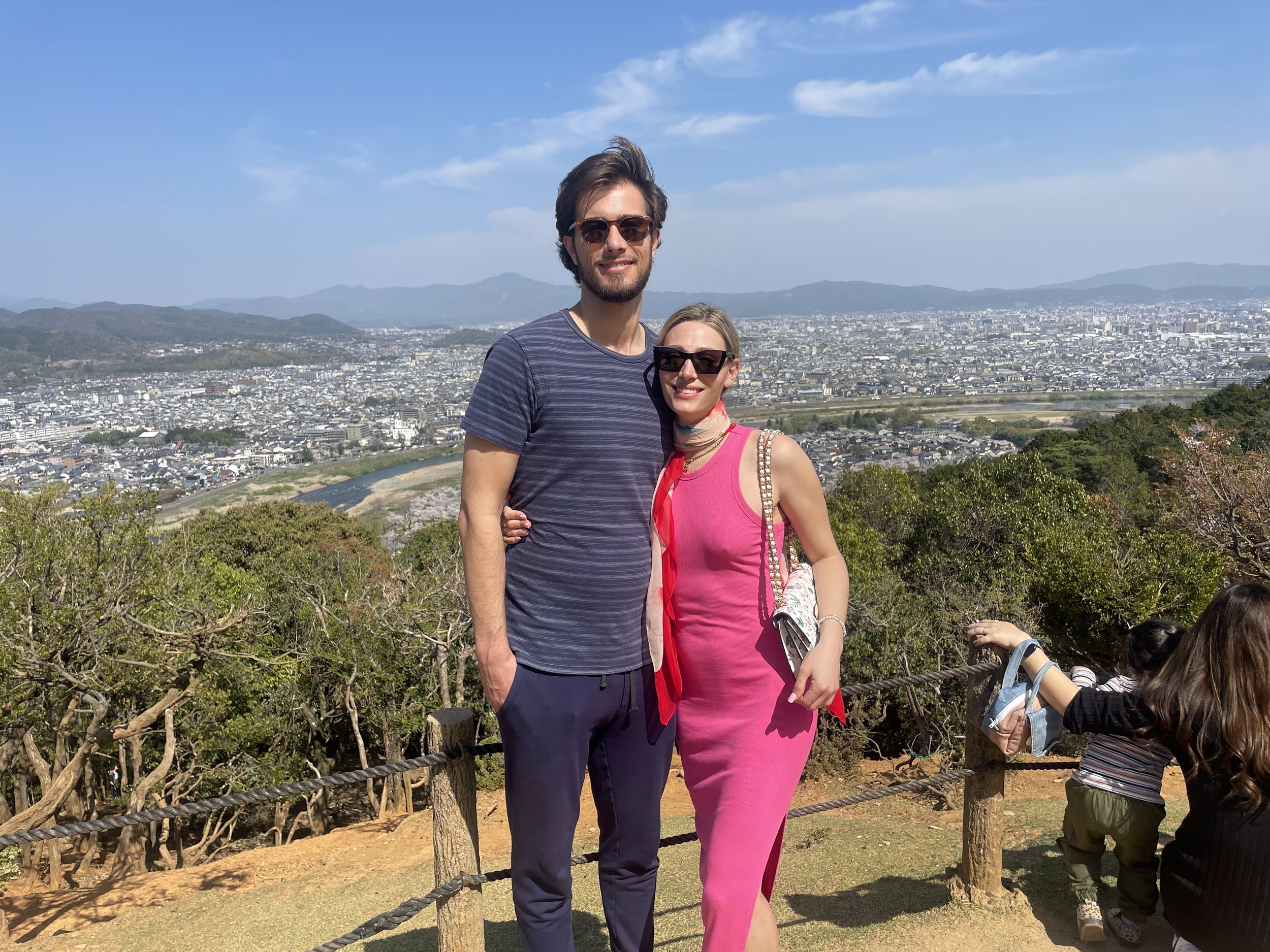From Japan to Johto
When exploring a city for the first time, I prefer to throw out the itinerary and wander around. On our trip to Japan, we had plenty of opportunity to do just that. Corey & I visited Tokyo and then Kyoto with a group of over 200 classmates. While non-academic, such spring break trips are certainly a tradition, such as my trek last year to Morocco. This post focuses more on our wanderings; I plan to write four more Japan posts focusing on transportation, experiences, dining, and partying.
The moment our plane touched down on the Narita runway, Corey pulled down her mask: “first kiss in Asia!” It was both of our first times on the continent.
Once in downtown Tokyo, we walked from Shimbashi Station to our hotel. The first thing that crossed my mind, in the the rainy gloom with trains zooming through the air, was that this is how a real Gotham City would look. Compared to the Gotham in which I’d lived for 5 years, NYC, I perceived Tokyo as more modern as well as endless. Certainly, one can’t argue that it’s at least more clean & orderly.
While it did feel crowded, it didn’t feel as oppressively jam-packed as Manhattan. And that stands to reason: Manhattan, at 73k residents per square mile, is more densely populated than any ward of Tokyo, with Toshima coming closest at 60k.
Less crowded, yet far grander. Imagine if you took the entire population of California and squeezed it into LA County. That’s Tokyo. 37 million people in just 5000 square miles. Another way to think about it is if you distributed the urban density of NYC across the entire urban sprawl of LA.
How do they fit over 3x California’s population into an area smaller than the Golden State? Perhaps in part because they source so much food from the sea and hence don’t need to set aside such massive parcels of farmland.
After a night of rest, we woke to a rainy first day in Tokyo. Sitting around wasn’t an option though, given we only had three full days to explore. Umbrellas in hand, we set off walking towards the Imperial Palace, a massive tract of green in the middle of the city.
The streets were pretty deserted, until we reached a small park across from the palace grounds, in which long lines stretched out from food tents and people congregated under umbrellas to watch a girl band in plaid uniforms. Crossing the street, we found our way blocked by a moat.
We soon found a bridge though, and crossed it to the palace’s front gate. A few paths forward from there were blocked by guards, but we followed the crowd, and a couple of security checkpoints later, we’d reached Inui Street. Any other week of the year, that street would have been blocked off as well, but this week — in celebration of the blooming Sakura trees — just so happened to be the one week each year that they allow the public to walk so close to the residence of the emperor of the oldest hereditary monarchy in the world.
The emperor’s residence had been in Kyoto — the name of which literally means “Capital City” — for over 1000 years, until 1868, when the emperor moved to Edo, which they subsequently renamed Tokyo, meaning “Eastern Capital.” Kyo-To, To-Kyo. Later in the trip, we tried to see the old Kyoto imperial palace, but were met with the “authentic imperial palace experience” in that we were completely denied entrance.
Lucky as we were to walk the imperial grounds, we could have been luckier with the weather, with Corey remarking, “rain, wind, and cold: I could do two of them but not all three!” The rows of pink trees in early bloom more than made up for it though, as well as the experience of seeing traditional buildings in the foreground contrasted with the modern metropolis in the background.
The next day, we took the metro to Harajuku and walked down Takeshita Street. I’d have to agree with this article, which brands Takeshita Street as “400 Meters of Fashion, Food, and Fun.” Today, however, it was the wet sort of fun:
As for the fashion and food, we stopped at Uniqlo and a specialty strawberry store. The traffic jam of umbrellas forced us to take a leisurely pace, often coming to a complete halt, and hence we did plenty of window shopping. Eventually, we made it the entire 400 meters and crossed the street to experience Tokyu Plaza’s constellation of mirrors by going up and down its escalator.
From there we ambled over to Yoyogi Park, at the entrance of which we heard sounds of an EDM concert coming from somewhere near the Pikachu statue across the street. As we moved deeper into the park, pink petals filling the air whenever the wind picked up, the music died down and was replaced by the voices of an excited party crowded around a gazebo. Later, the crowd faded into the distance and all we could hear were crows cawing at each other back-and-forth.
As we left the park and stood at an intersection, a lively bus crossed in front of us, and Corey shouted “it’s the Harajuku Girls!!” Her hopes of seeing a performance just like this had been one reason why we’d decided to explore Harajuku in the first place. Luckily for her, the bus pulled over right across the street, and we joined a hodgepodge of rabid fans and curious onlookers.
They sang, they hopped around, and they waved. A lot. Some fans, such as the middle-aged man to our left, bopped along to each beat. Others, such as Corey, stood still with their mouths open as if starstruck. I stared, eyes wide, surprised that such a thing exists at all. We stayed for a few songs, then left them behind as the sun set.
As dusk settled in, we came across the largest pedestrian crossing in the world: Shibuya Scramble Crossing. Like most other scramble crossings, there are only four sides to cross from — but when you’re down there it feels like at least six or seven, as people shoot past in every conceivable direction. It doesn’t help the confusion that many people, like us, feel so exhilarated by their first crossing that they cross again and again with no particular direction in mind.
Every time the cars stopped and the people started crossing, music would play from one of the billboards, not unlike the NBA’s in-game tunes. Every crossing, as many as three thousand individuals merged into an amorphous mass with a life of its own, leaving small lanes for us to duck and weave through to get to the other side. After we’d had our fill of the hectic back-and-forth, we went up the escalator to the Shibuya Station overpass to watch from on high.
Finally content with our crossing experience, we ventured deeper into Shibuya. Tempted as we were to stop for pizza & pasta at Italian hotspot Miami Garden, we kept moving past the crowds and bright lights until at the base of Spain-zaka Slope, a store with rows of purple sunglasses caught my eye, and minutes later I walked out sporting a pair of Paris Mikis, the brand of which was founded over 90 years ago in Kansai.
For our final stop of the night, we visited Shinjuku, which interested Corey because of its LGBTQ-friendly Ni-chōme district. Though I didn’t realize until after, I had my own reasons for wanting to visit Shinjuku, having written the below in my travel wishlist doc years before:
“Bars in Shinjuku (where Watanabe goes out with Nagasawa in Norwegian Wood) (in book there's sake in train station vending machines when he drinks with two girls at 5am)”
Shinjuku certainly contains many places to drink with girls late into the night… most notably the Maid Cafes. Corey & I walked past a couple, but to our untrained eyes they appeared more like gentleman’s clubs, so we passed on the opportunity. What did appeal to us were the bright lights and the crowds, more incandescent and energetic even than Shibuya. Shinjuku gave me that same feeling I’d had when I was 21 years old and was moving to Manhattan for the first time.
The moment we turned the corner into the dark network of alleys that make up Golden Gai, it grew eerily quiet. Golden Gai is more or less the barhopper’s dream, (a dream barhopping night incidentally being the subject of my first-ever blog post), with over two hundred micro bars crammed together into less than two acres. Anywhere from 2-10 people sat in each bar as we passed, sipping whiskey or beer to go along with bites of food as they laughed at or gesticulated to or whispered with the bartenders, enveloped in a small world of their own. Sadly, we were too tired & hungry to stop for more drinks, leaving deeper exploration for next time.
Our final day in Tokyo, we took the subway to Taito City, and upon stepping off the train walked through the Thunder Gate back into another era. The vendors along Nakamise-dori Street sold modern enough wares: magnets, stuffed animals, matcha gelato. Yet the closer we got to Tokyo’s oldest temple — the first building of which was completed almost 1400 years ago — the more we could feel the weight of the centuries.
In the States, you might come across one burning stick of incense in a yoga studio. Here we found a massive pot of it, surrounded by people waiting their turn to cover themselves in its smoke. We shortly followed suit, walked through the main temple interior, and then returned outside to stand in contemplation in front of a Buddha statue. Representations of the Buddha will always remind me of my mom, Elizabeth, whose special appreciation for eastern religion led my dad’s best friend Gary to dub her Lama Liz.
I’d wanted to visit Ueno Station because various books I’ve read by Natsume Sōseki and Haruki Murakami feature scenes from both there and the adjacent park. Worn out from all the walking — we’d walked a minimum of 8 miles each day in Tokyo — we both felt a bit skeptical as to how interesting a train station might be, but the moment we walked in, its bustling energy hit us in the face and revitalized us. Commuters, shoppers, mascots, diners, and wanderers all scrambled around together, each on a mission of their own.
Each day in Tokyo had been rainy & gloomy, but the moment we stepped out of the station and into Ueno Park, the sun came out to welcome us, its warm rays encouraging picknickers dressed in everything from suits to sweats to lay about and chat, nearly with as much verve as the birds chirping as they hopped from tree to tree.
Past a row of food trucks, we turned a corner to the main walkway lined by Sakura trees, noticeably more fully bloomed than the day before. In the main square near the fountains, we watched a man on a unicycle juggle knives while eating an apple, occasionally injecting a simple English phrase or two in-between the Japanese: “In English, that means ‘give me your money.’”
We closed out our Tokyo wanderings in the Ginza, where I rested in whichever seat I could find while Corey shopped.
At some point in transit between Tokyo and Kyoto, like crossing the gateway at a temple’s entrance, it’s as if we crossed from a world of people and industry into a world of spirits and animals. For instance, many Kyoto buildings display representations of fish on their rooftops in the belief that if there’s a fish on your roof, your roof must be underwater — and underwater buildings can’t catch fire.
Tokyo had taken us both backward and forward in time, sometimes within a few minutes or hours of each other. In Kyoto, I felt moreso conscious of potential realities running parallel to our own. Most of all, Kyoto brought us side-by-side with Johto. Indeed, here I felt, for the first time since arriving in Japan, that there might be Pokémon lying around any corner.
In real time, when I saw the Kiyomizu-dera pagoda, my first thought was of the Tin Tower featured in Pokémon Silver, Gold, and Crystal. Sure enough, upon returning to the States, I looked it up and learned that Ecruteak City, the city containing the Tin Tower, is literally based on Kyoto.
It speaks to that game’s authenticity that despite the many years since I’d played it, the connection between Kyoto and Ecruteak popped into my head instantly. At few points in Tokyo had I even thought of Pokémon, much less a specific city and tower.
While Kiyomizu-dera is what made me think of the Tin Tower, in fact it was based on Kinkaku-ji, even down to the bird on top. Neither real tower was quite as tall as the fictional version, but hey, that’s why it’s fiction…
Without realizing it, I’d visited the inspiration for Celadon City: Shinjuku. Now I desire most to visit Hoenn. Fortree, Lilycove, Mossdeep, Ever Grande. Hyūga, Kanoya, Tanegashima, Naha.
Walking the grounds of Kiyomizu-dera, we sighted a pagoda standing on its own across a valley. To reach it, we walked under cover of trees until we came to a fork in the road. Daylight streamed from the righthand fork, but the people walking back from that direction said they’d found little besides a parking lot. So we went left, through a barbed-wire gate and deeper into the woods.
We did feel some time pressure, mostly because we had to get back to our bus soon, but also because the gate we’d passed closes at 5pm. I wondered whether people who venture beyond the gate too late ever get stuck, reminding me of The Cat Returns when Haru faces the predicament of getting stuck in the Cat Kingdom.
I didn’t see any cats here though. Nor any monkeys, which a sign at the gate had warned us against feeding. With moss-covered stones to our left and progressively larger tree trunks to our right, there was little sign of life at all — or even of movement, save for the leaves swaying in the wind above us. We walked further and further down the winding path, until we felt we must have overshot the pagoda. That’s when we reached the wooden stairs.
We felt that while we couldn’t read the signs, at least this path had signs, so this had to be it. Thus we walked up the stairs and found ourselves in a graveyard.
“Lyle let’s go back. It’s creepy. I don’t want to go any further.”
”Come on! It should be just beyond here if we keep going.”
Yet time wasn’t working in our favor, and even if we kept walking beyond the graveyard and did find a temple, it might not be the one we were looking for. So we turned around. I suppose I’ll never know exactly where that path led. Back on the other side of the gate, we took the right fork and immediately found the pagoda we’d been looking for.
What lay beyond these graves?
Nights in Kyoto had a solemn feel. We spent most of such time in the downtown, where before and after meals we’d stroll along the Takase River and listen its cool water running over stone, enraptured by the cherry blossoms that had turned from their daytime pink to an ethereal white.
The one night in Kyoto that we didn’t spend downtown, we ventured to Gion, popularly known as the Geisha District. Like many westerners, I had only a hazy understanding of what geishas even are, loosely conflating the concept with prostitution. Yet I was wrong, as the word geisha translates literally to “art person” and denotes little more than a woman formally trained to entertain.
On our way uphill to the temple, we’d passed two geishas in their unmistakable combination of white makeup and kimonos. Later I saw two walking the streets as we passed on the bus. We didn’t see any “in the wild” so to speak during our evening in Gion.
Of all the places we visited on this trip, Gion felt the most like stepping back in time to a traditional (and isolated) Japan. Lanterns lined the sides of the roads, getting brighter and brighter as dusk turned to night. Busy as it was at times, I could easily imagine it before the days of motor vehicles.
On our final full day, based on a word-of-mouth recommendation, we explored Arashiyama, stepping out of our cab to a wide river rushing under a wooden bridge full of people, on the other side of which we found a cove full of wasen boats. After crossing the bridge, we came to a stone staircase followed by a dirt switchback path, taking us uphill for about twenty minutes, the views of Kyoto below through the trees getting better and better the higher we got.
But we didn’t come just for the views. As we neared the end of the path, we started to see them: walking across grass, climbing up trees, scrambling across the dirt, and walking amongst people as if such a thing were perfectly ordinary: the macaque monkeys.
At the top there was a hut, on the roof of which monkeys would occasionally scuffle and at the windows of which, through metal grates, human primates fed macaque primates.
The excitement of seeing such semi-wild monkeys so up close put Corey in a state of childlike glee, which she satisfied by foregoing the stairs to slide part of the way back down the mountain.
Back across the river, we walked a packed street full of vendors to the entrance to Arashiyama’s famed bamboo grove. Overcrowded as it was, parts of it evoked the fleeting natural splendor that Princess Mononoke fought for. Nearly as fleeting as the cherry blossoms, which, having progressed from flowering to full bloom as we journeyed throughout Kantō and Kansai, dwindled not long after we left to recross the Pacific.
On that journey back, something that stuck in my mind is the shared influences between China and Japan: tea, cat trinkets, dragon imagery, Buddhism, logographic writing — the list goes on. Yet, while I can’t speak from personal experience regarding China, I can imagine how two the different are. As we waited for our flight in the Osaka airport, the gate next to us was boarding a flight to Taipei at the same time that the TV ran the headline: “Taiwan reports Chinese military planes over Taiwan Strait.” Makes me wonder when I’ll be able to visit either.
At times, such as while in the middle of a crowd speaking a different language, Japan felt very foreign. At other times, such as when we came across someone who speaks a bit of English or at least was ready to rock with Google Translate, it didn’t. At times it felt western, at times it felt eastern. At times it felt more urban, modern, and tangible than anywhere in the world, and at other times it felt as if one more step would take us across into an imaginary world of wonders. Japan felt like the boundary: between Asia and the west, between the mind and the body, between past and present and future.
That’s it for this one. Thank you for reading! Next time, I’ll explore how we got around Japan, featuring trains, planes, cars, busses, trams, and boats — plus our stays in the hotels.
Most photos were taken either by Corey or myself. For all others, the source can be found by clicking on the image.
